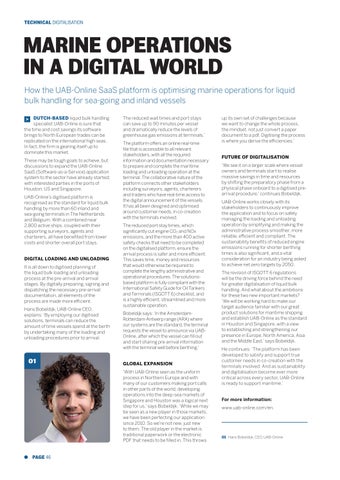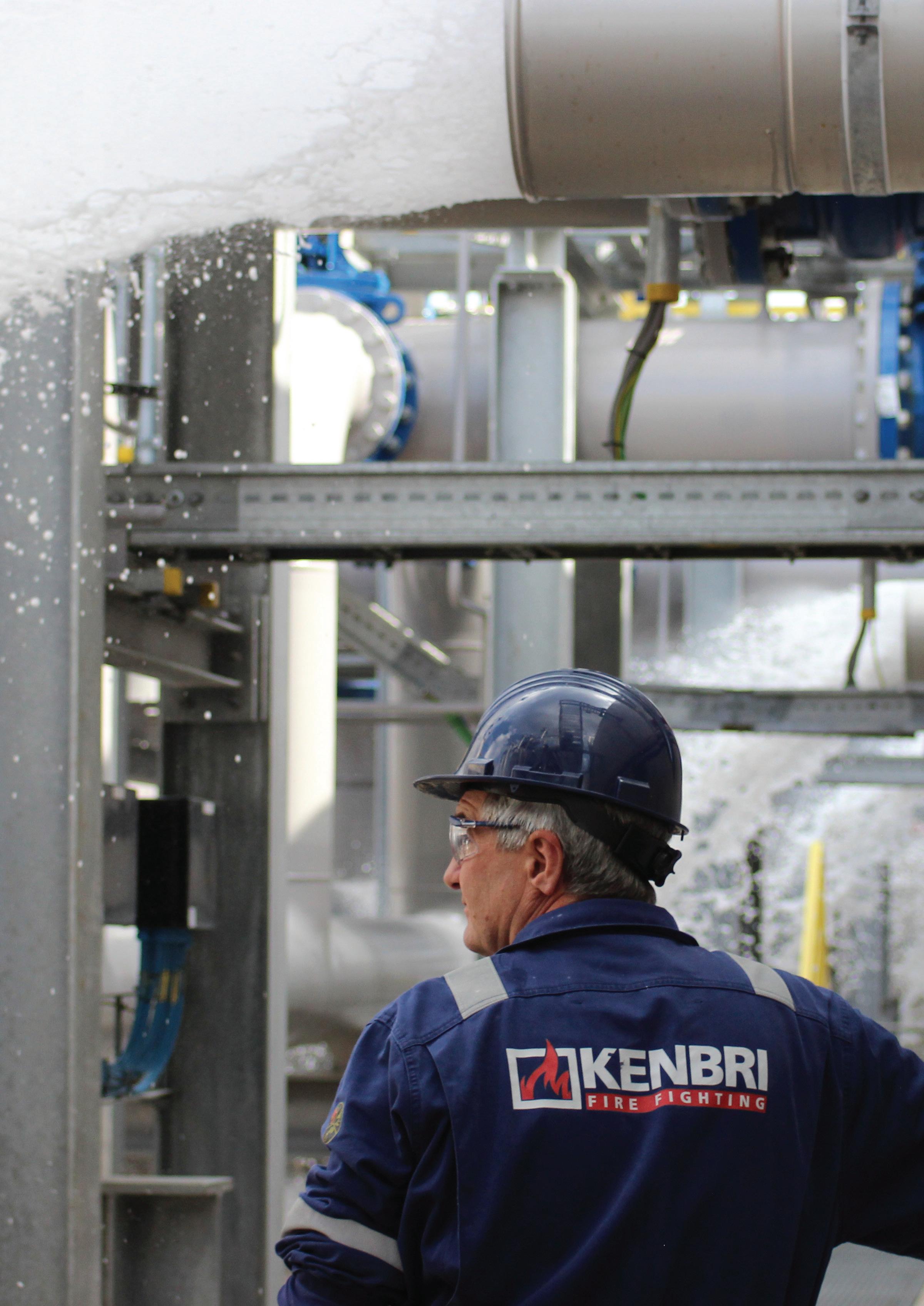

YOU RELY ON US, BECAUSE SHE RELIES ON YOU.

When getting home safely is the only option, you need advanced safety equipment you can trust without having to compromise productivity and throughput.
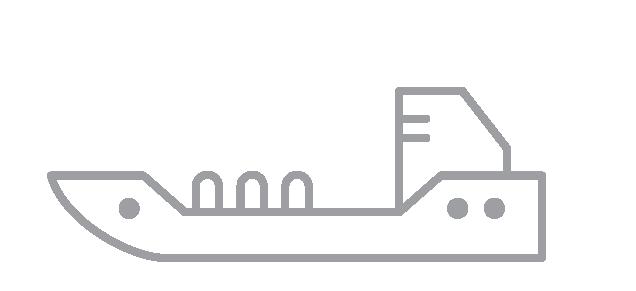
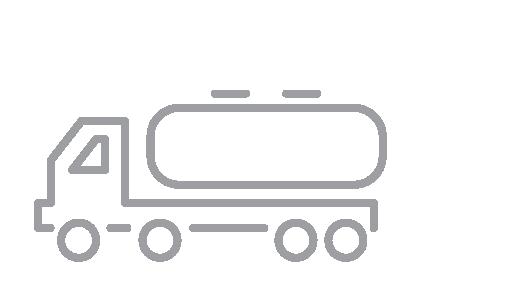
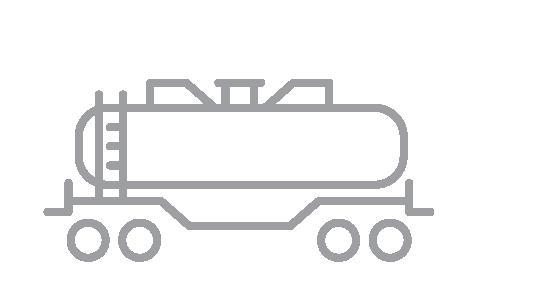
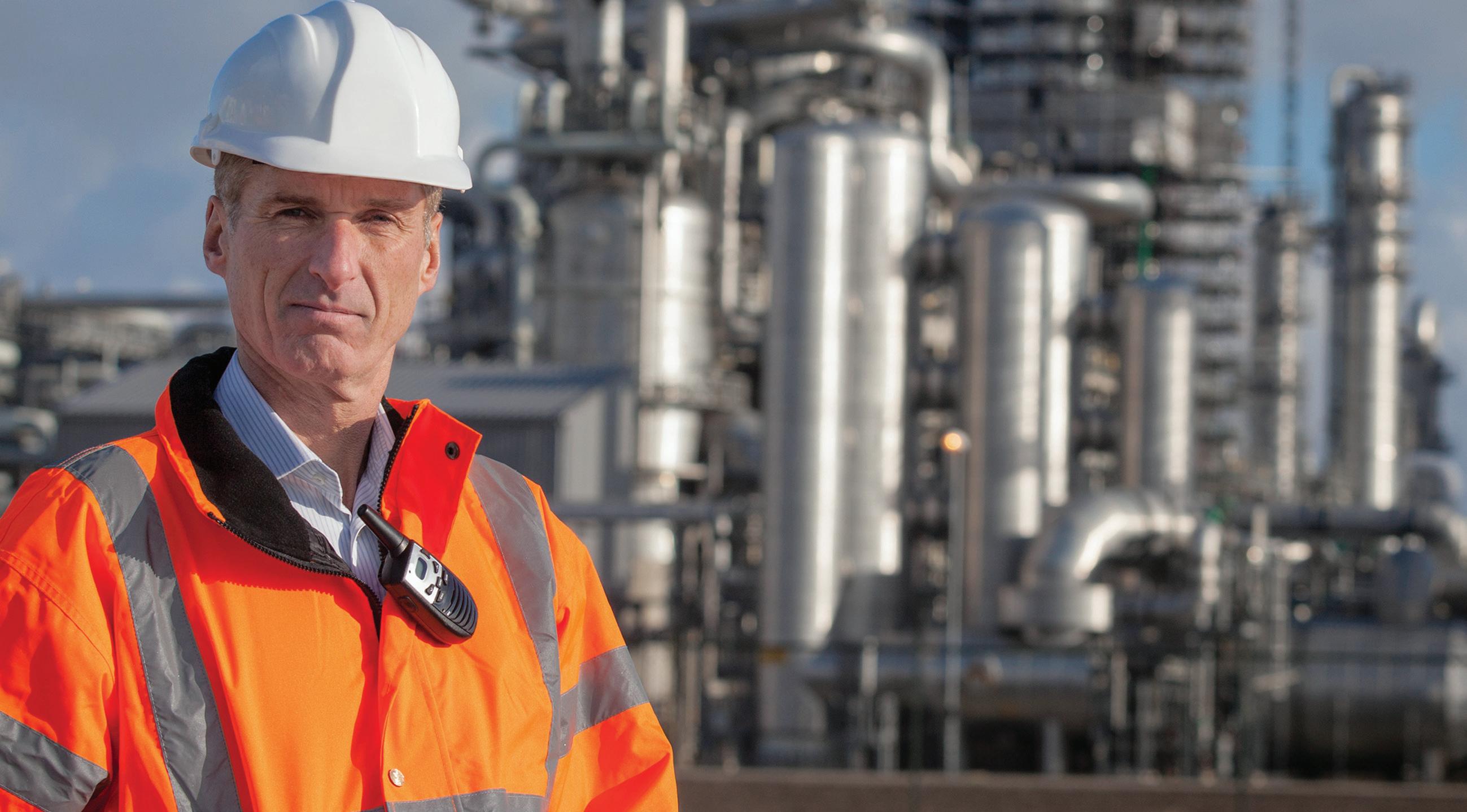
We know people rely on you. That’s why we do what we do — engineer and install the most innovative facility safety equipment in the world. www.saferack.com +44 (0) 1843 609672 UK +1-866-761-7225 US
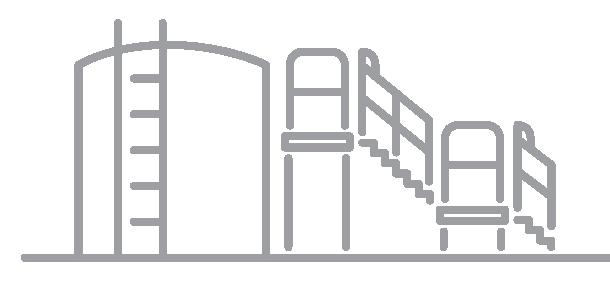
UP FRONT
TERMINAL NEWS
INTERVIEWS
forward-thinking
Arabian Chemical Terminals Abu Dhabi’s commercial manager tells Tank Storage Magazine what it means to be the region’s first independent liquid petrochemical

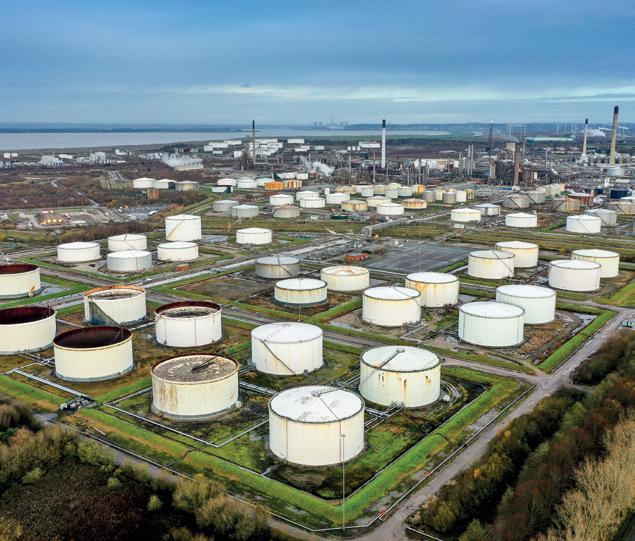
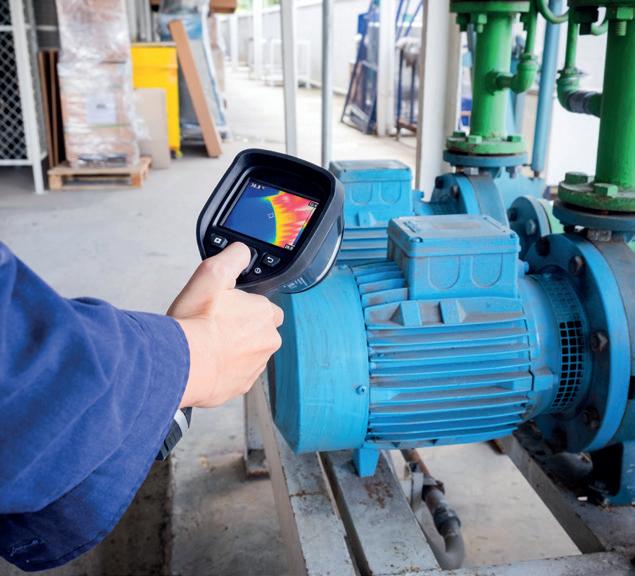
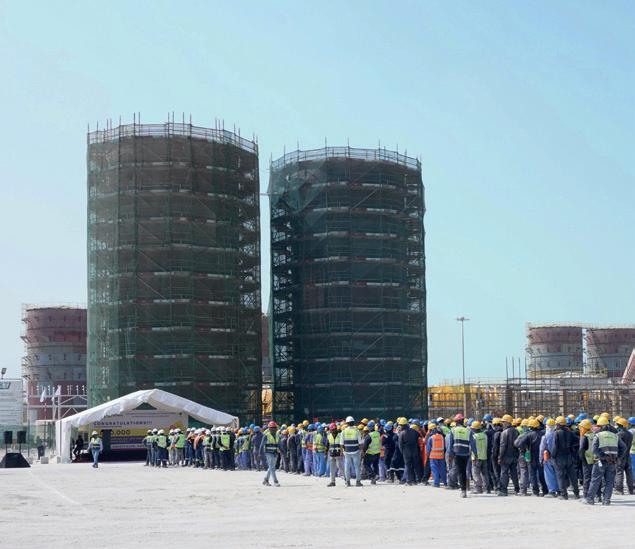
Europe’s ambitious new ammonia
Storage Magazine speaks to ACE Terminal’s project director, Egbert Vrijen, to find out how this cross-company collaboration is facilitating the green
import into
MARKET ANALYSIS
Ravi Bhatiani,
Stanlow Terminals’
how
Stanlow
TECHNICAL FEATURES
32 Technical news
34 Resilience, security and business continuity
Holger Berens, chairman of the Board of the German Association for Critical Infrastructure Protection discusses holistic approaches to business security
36 Designing in security
Safwan Akram, MSS director at Help AG explains how Saudi Arabia is supporting key infrastructure in cybersecurity
38 Increasing efficiency, improving service and reducing costs with AI
The experts at Supplai tell Tank Storage Magazine how the company is making artificial intelligence accessible to the tank storage industry
40 Fit for the future
Bulk liquid storage provider TanQuid digitalises its Duisburg terminal with technology from downstream IT specialist Implico
42 Digitally connected supply chains & terminal automation
Sam Reid CEO of Dearman Systems, discusses how the digitalisation of terminals and the wider supply chain is impacting operations
44 Establishing a digital marketplace for storage opportunities
The Tank Tiger tells Tank Storage Magazine why digitalisation in the sector is so important and how it can be implemented to make processes seamless

45 Data-driven decisions
Cameron LNG enhances process performance via Hint’s automated information management
46 Marine operations in a digital world
How the UAB-Online SaaS platform is optimising marine operations for liquid bulk handling for sea-going and inland vessels
47 Flame arresters from Storagetech
Emission and air pollution control equipment manufacturing and engineering company Äager discuss their fire-fighting products
48 Extinguishing foam transition with a sound plan
The experts at Kenbri Fire Fighting explain how the European Chemicals Agency’s proposed PFAS restriction will impact operations
50 Lessons to be learned
CTS Group’s Gert van Meijeren shares his preliminary observations from the fire at Cuba’s main oil terminal in Matanzas
52 Using LOHC for a sustainable energy supply
Learn the cost and availability advantages of using liquid organic hydrogen carriers (LOHCs), like the one from Hydrogenious, for hydrogen transport
EVENTS
55 Into the unknown Marion Cleveland at Advanced 3D Laser Solutions Group shares her experience of being a woman working in male-dominated spaces
56 Painting tanks of the future
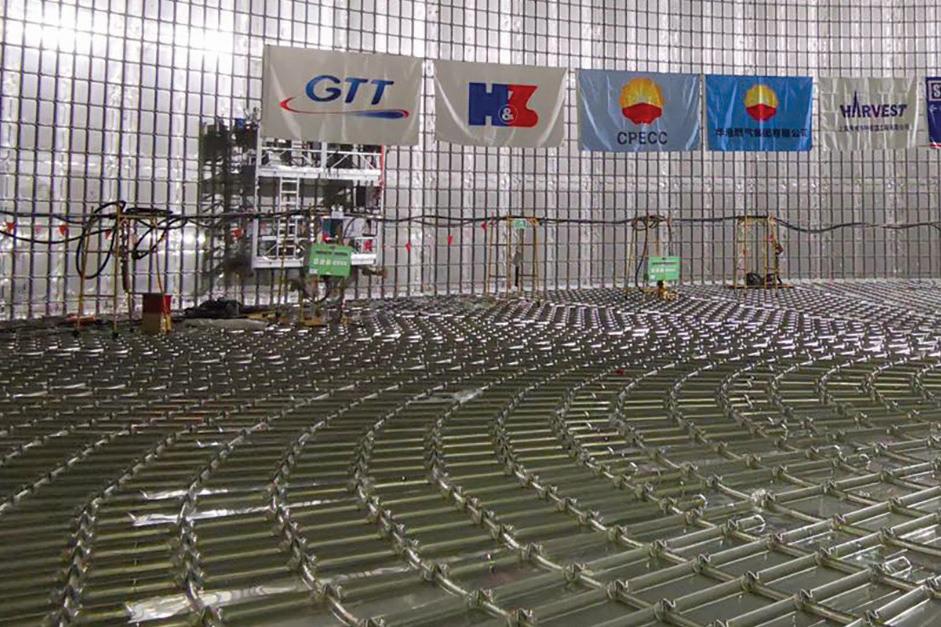
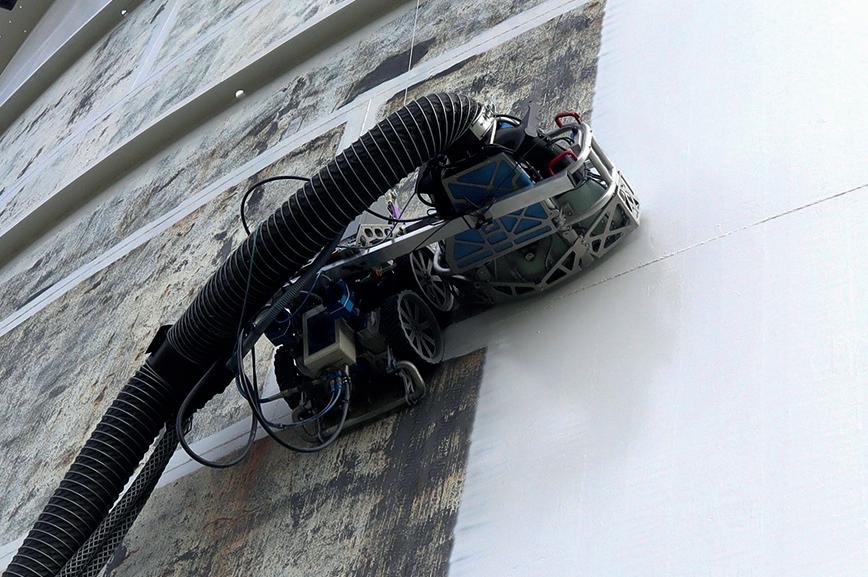
Josefien Groot, co-founder and CEO at Qlayers tells Tank Storage Magazine about the firm’s award-winning 10Q paint robot
58 The future of LNG storage
Edward Chen from GTT tells Tank Storage Magazine about the company’s GST LNG tanks and winning the Global Tank Storage Award for Environmental Performance
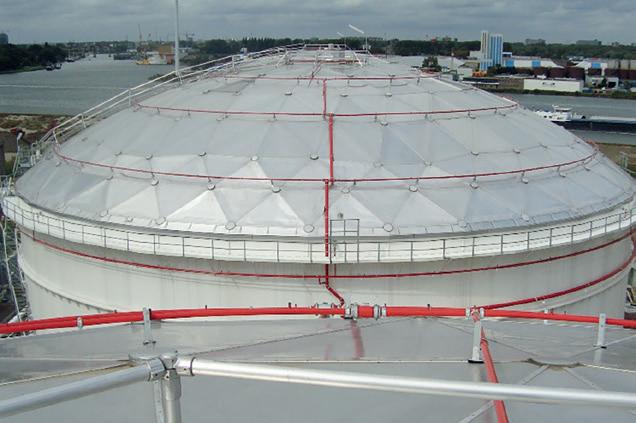
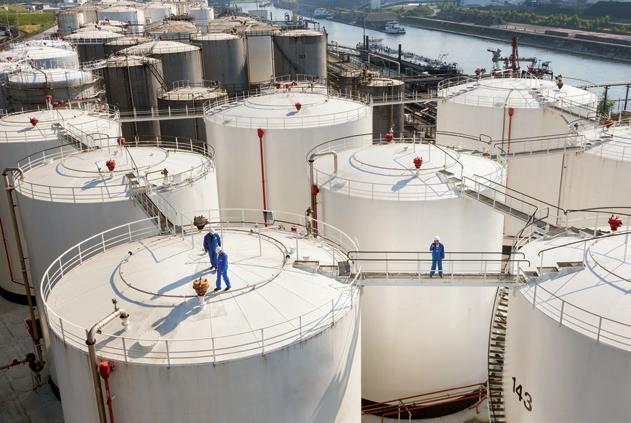
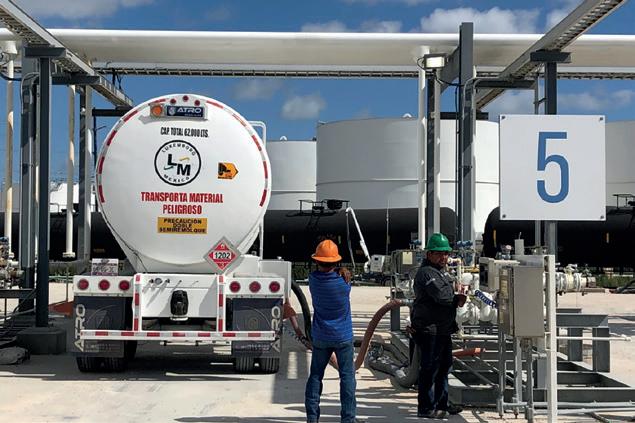
Breakbulk’s most focused event
Tank Storage Magazine looks at the highlights and key points from the long-awaited AntwerpXL 2022
Collaboration is the name of the game
Tank Storage Magazine checks out the hot topics discussed at last month’s TSA Conference
Inspection and maintenance robotics
A variety of exhibitors and industry leaders got together to showcase the new and exciting developments in robotics
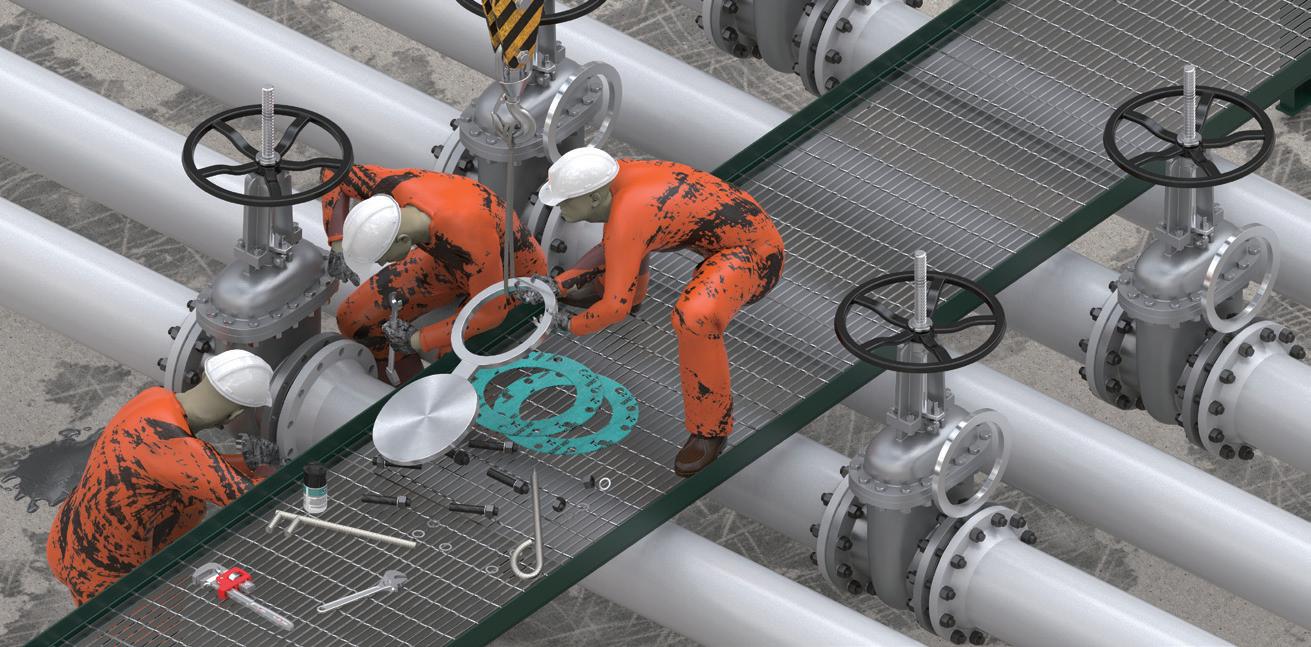
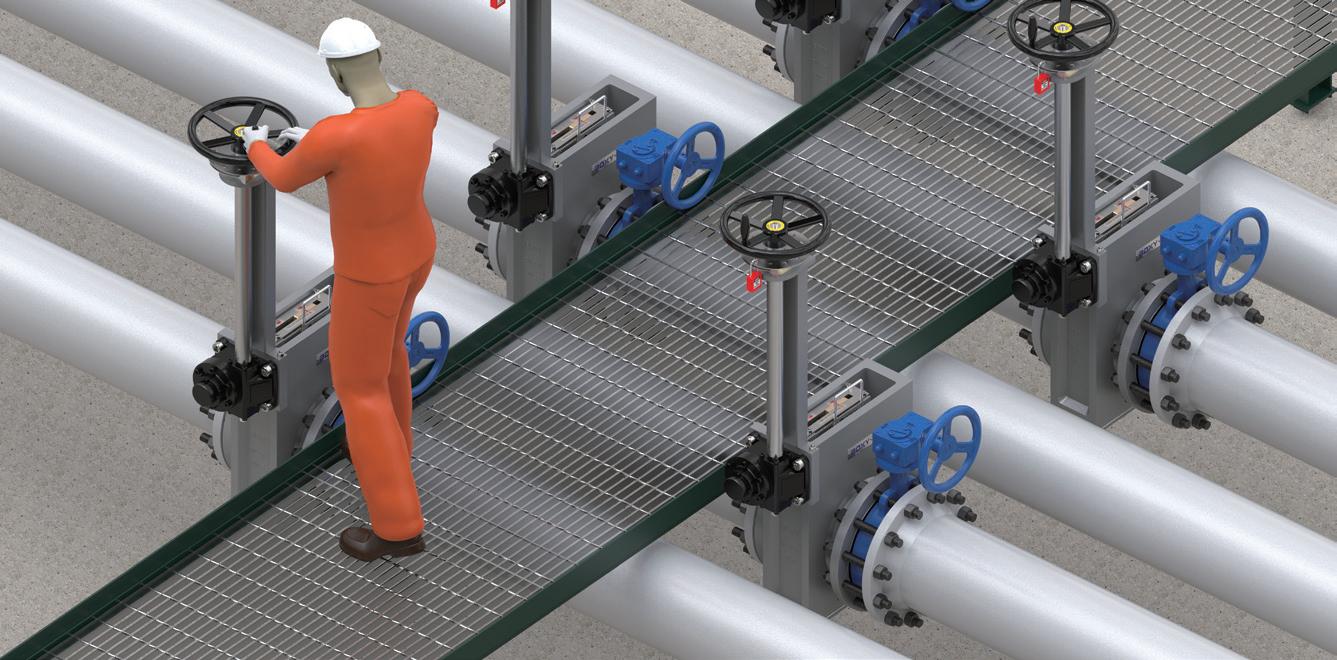
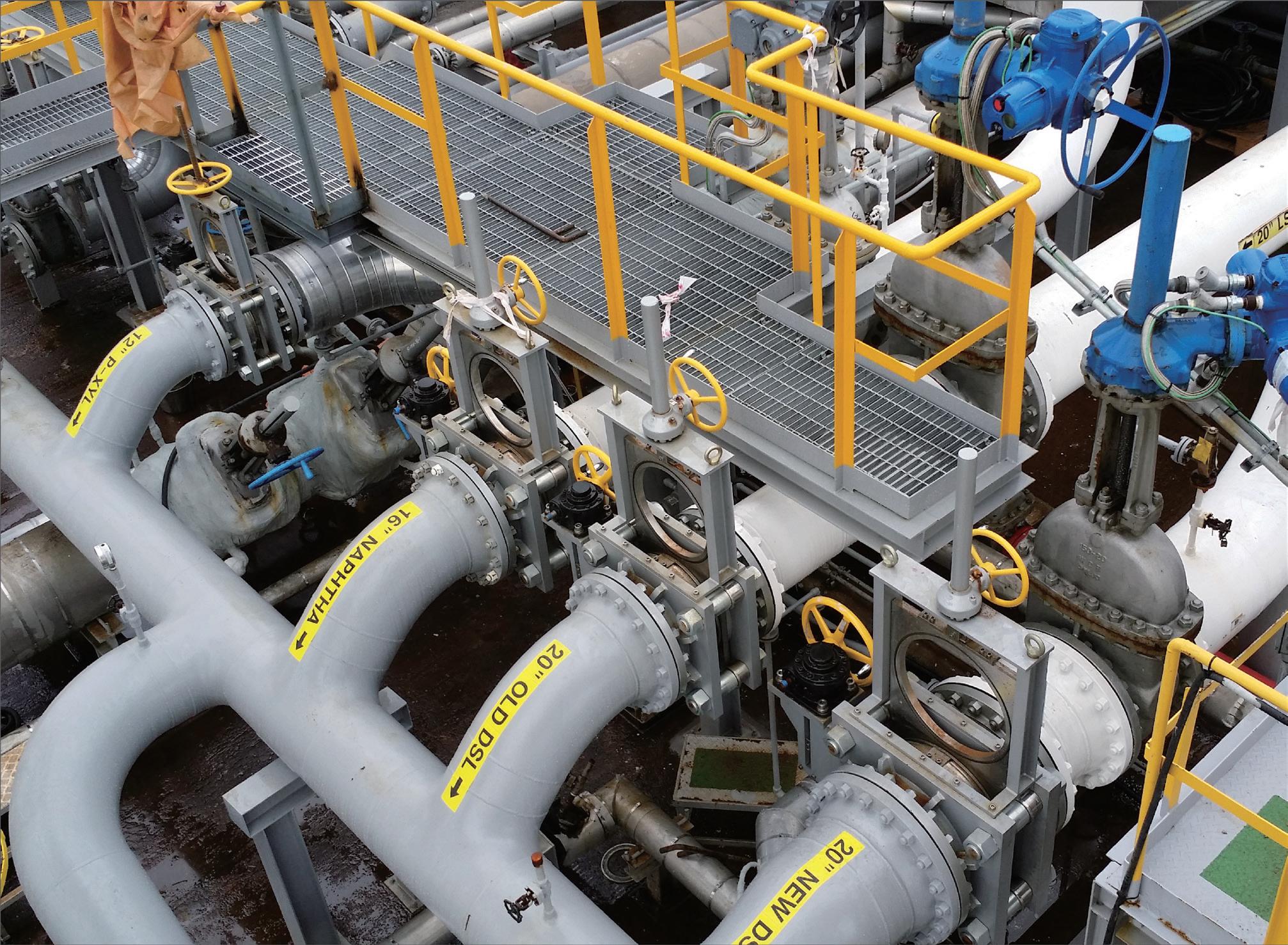
PORTFOLIO DIRECTOR
Margaret Dunn +44 (0)20 3551 5721 margaret@tankstoragemag.com
EDITOR
Anamika Talwaria +44 (0)20 3876 9339 anamika.talwaria@easyfairs.com
JOURNALIST
Cyann Fielding +44 (0)20 3196 4416 cyann.fielding@easyfairs.com
STAFF WRITER
Molly Cooper +44 (0)20 3196 4263 molly.cooper@easyfairs.com
HEAD OF SALES
Sophie McKimm +44 (0)20 3196 4356 sophie.mckimm@easyfairs.com
INTERNATIONAL SALES MANAGER
David Kelly +44 (0)20 3196 4401 david@tankstoragemag.com
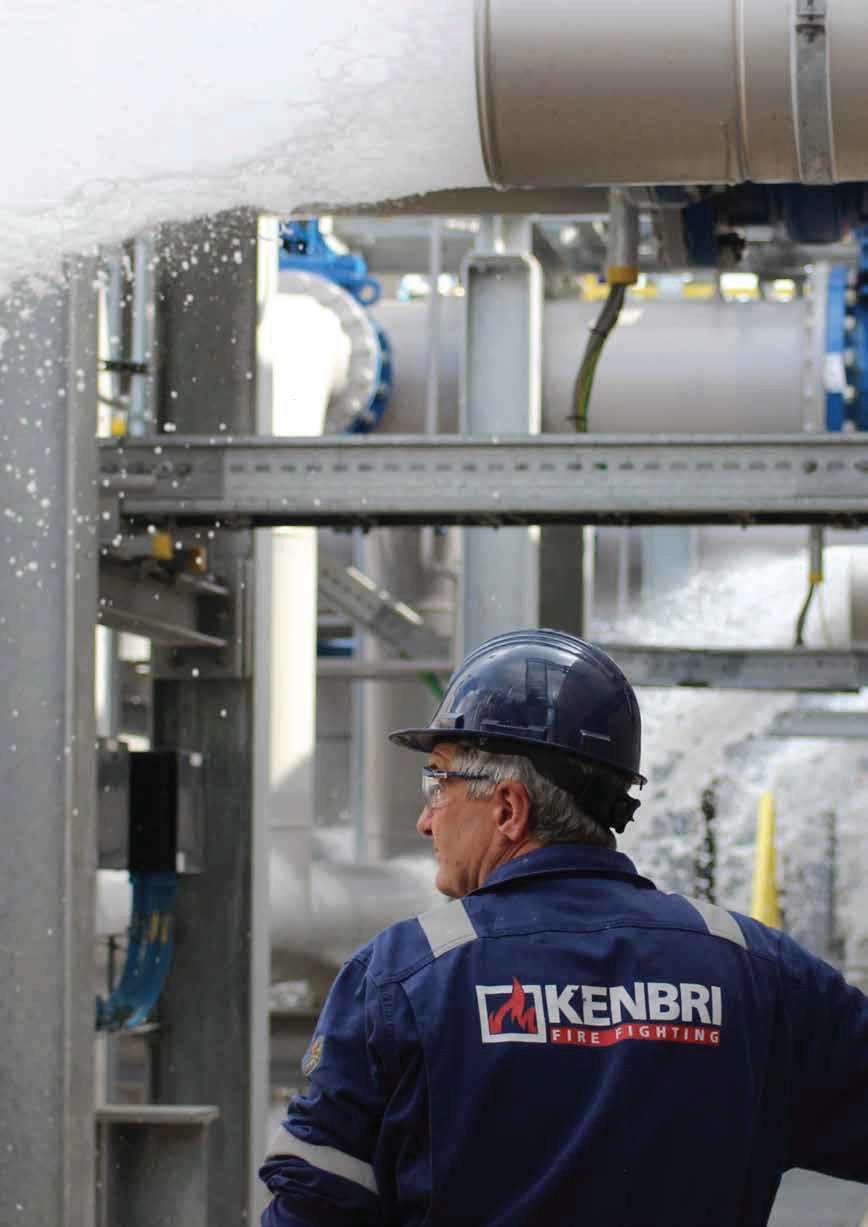
SENIOR SALES MANAGER
Matthew Barlow
+44 (0)20 3198 4380 matthew.barlow@easyfairs.com
HEAD OF MARKETING
Rikki Bhachu
+44 (0)20 3196 4282 rikki.bhachu@easyfairs.com
DATABASE MANAGER
Beth Welcomme +44 (0)20 3196 4345 beth.welcomme@easyfairs.com
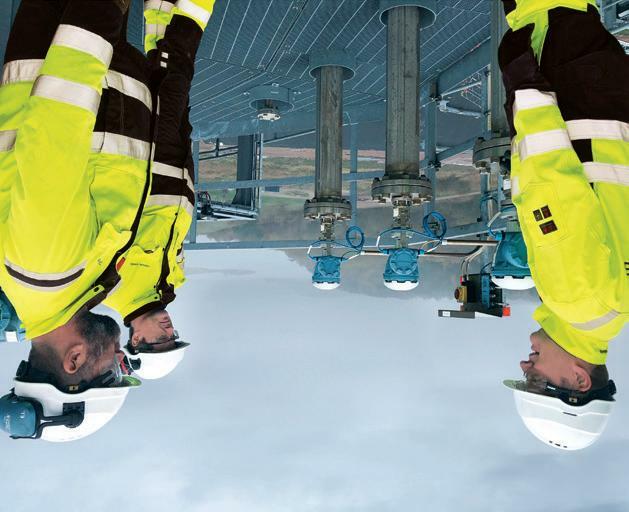
CEO EASYFAIRS UK & GLOBAL
Matt Benyon matt.benyon@easyfairs.com
Anne Lafère anne.lafere@easyfairs.com
SUBSCRIPTION RATES
A one-year, 7-issue subscription costs €250. Individual back issues can be purchased at a cost of €45 each.
CONNECT WITH US
@tankstorageinfo
Tank Storage Magazine
Tank Storage Magazine
CONTACT
T +44 (0)20 3196 4300
F +44 (0)20 8892 1929 margaret@tankstoragemag.com www.tankstoragemag.com
Easyfairs
2nd Floor, Regal House 70 London Road Twickenham TW1 3QS United Kingdom
ISSN 1750-841X

Tank Storage Magazine, (ISSN 1750-841X) is published seven times a year (in February, March, May, August, September, October and November) by Easyfairs UK Ltd, 2nd Floor, Regal House, 70 London Road, Twickenham, TW1 3QS, UK. The US annual subscription price is $243. Airfreight and mailing in the USA by agent named WN Shipping USA, 156-15, 146th Avenue, 2nd Floor, Jamaica, NY 11434, USA. Periodicals postage paid at Jamaica NY 11431. US Postmaster: Send address changes to Tank Storage Magazine, WN Shipping USA, 156-15, 146th Avenue, 2nd Floor, Jamaica, NY 11434, USA. Subscription records are maintained at Easyfairs UK Ltd, 2nd Floor, Regal House, 70 London Road, Twickenham, TW1 3QS, UK.



LAST ISSUE , you met the new editorial team at Tank Storage Magazine. I’m happy to report that the new team of writers and I have got well and truly stuck in over the last month or so.
I met many of you at the TSA Conference in the UK, and Cyann met even more across the breakbulk event, AntwerpXL. And staff writer, Molly, experienced first-hand the many robotics innovations that the industry has been cooking up at Sprint Robotics’ conference in Amsterdam last month. You can read all about our experiences in the events section at the back of this issue.
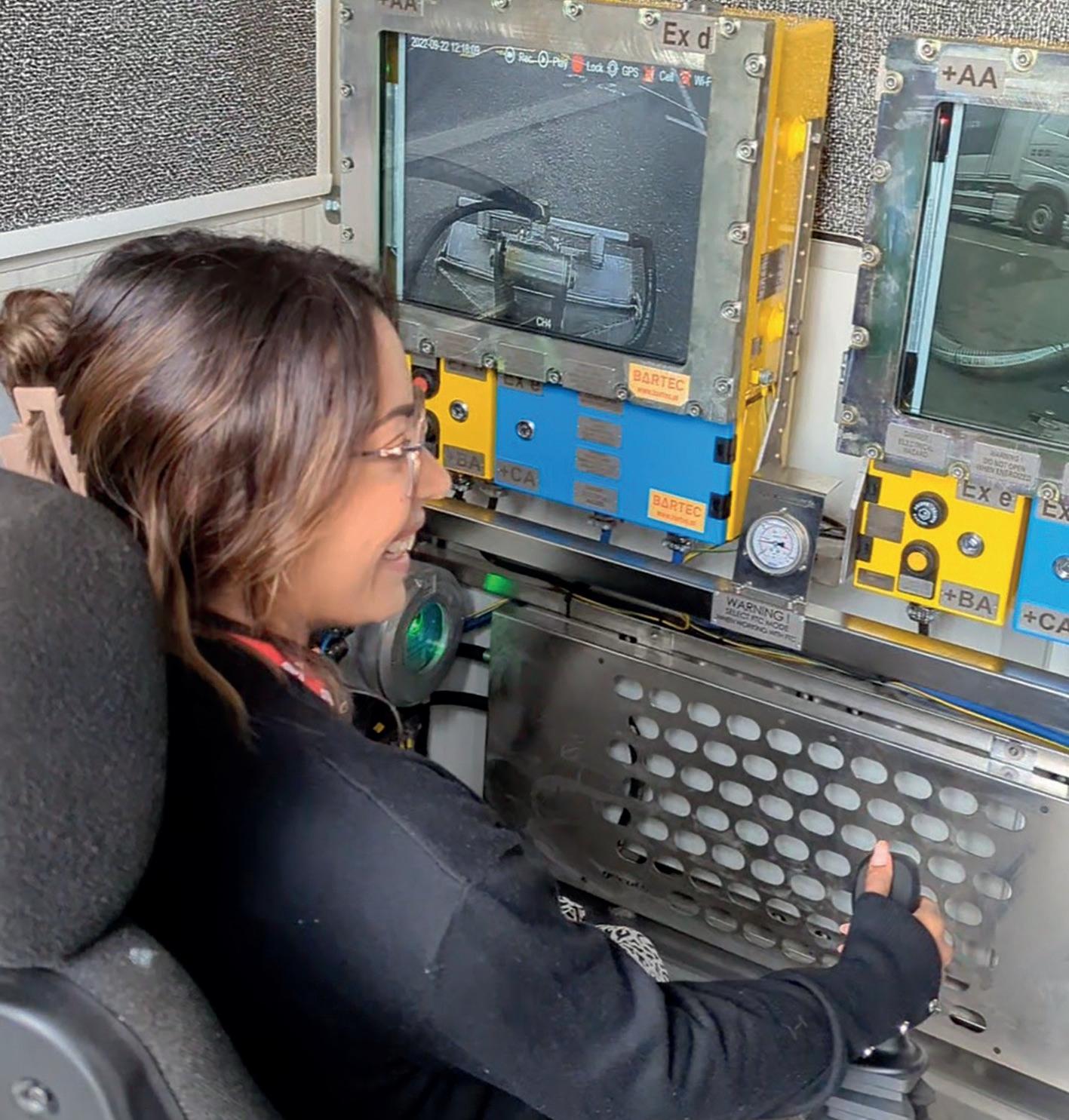
The clear running theme at all the events was a focus on the health and safety of workers. Robotics are part of the equation – with innovative tank cleaners and painters removing humans from unsafe, hazardous environments. I had the opportunity to try out Re-Gen Robotics’ tank cleaner while at the TSA Conference and seeing how easy it was to handle made it clear why these sorts of products are a no-brainer. After all, why endanger people when there’s no need to?
There’s been a slew of incidents at terminals over the last few months, and so safety must be a top priority for the sector. Advances in technology – not just physical robots replacing humans – are going to be key to creating safer, more efficient workspaces.
Tank terminals are becoming more digital by the minute – automation is making processes more efficient and freeing up time for people to focus on their job roles, rather than getting bogged down in admin tasks. But with increased digitalisation comes a higher risk of cyberattacks. Luckily for you tank terminal operators, this issue is packed with ideas for terminal automation, digitalisation and cybersecurity measures to keep your terminal safe and operational.
Before you plough ahead to those articles, though, you’ll find an exclusive interview with Arabian Chemical Terminals (ACT) (page 22) discussing the company’s brand new terminal in Abu Dhabi – the first of its kind. Having secured such a key location, ACTAD is primed to benefit from increased growth in the region particularly in the Khalifa industrial zone.
On page 24, ACE Terminal tells us all about the new venture from the experts at Vopak, Gasunie and HES International.
The plan is to bring ammonia to northwest Europe – with a time-to-market of 2026 (that’s just two years!).
We’ve also got exclusive analysis pieces looking at the growth of LNG imports into Asia (page 27) and how the need for energy security is impacting the EU’s strategy for stockpiles (page 26).
By the time this copy reaches you, I’ll be away in Rotterdam at the World Hydrogen Congress, so expect even more exclusive scoops coming up in the next issue of Tank Storage Magazine!
And as always, if you want to share your thoughts on where the tank terminal sector is headed, you can get in contact with me or one of the team.
Best wishes,
THE FUTURE IS NOW Anamika
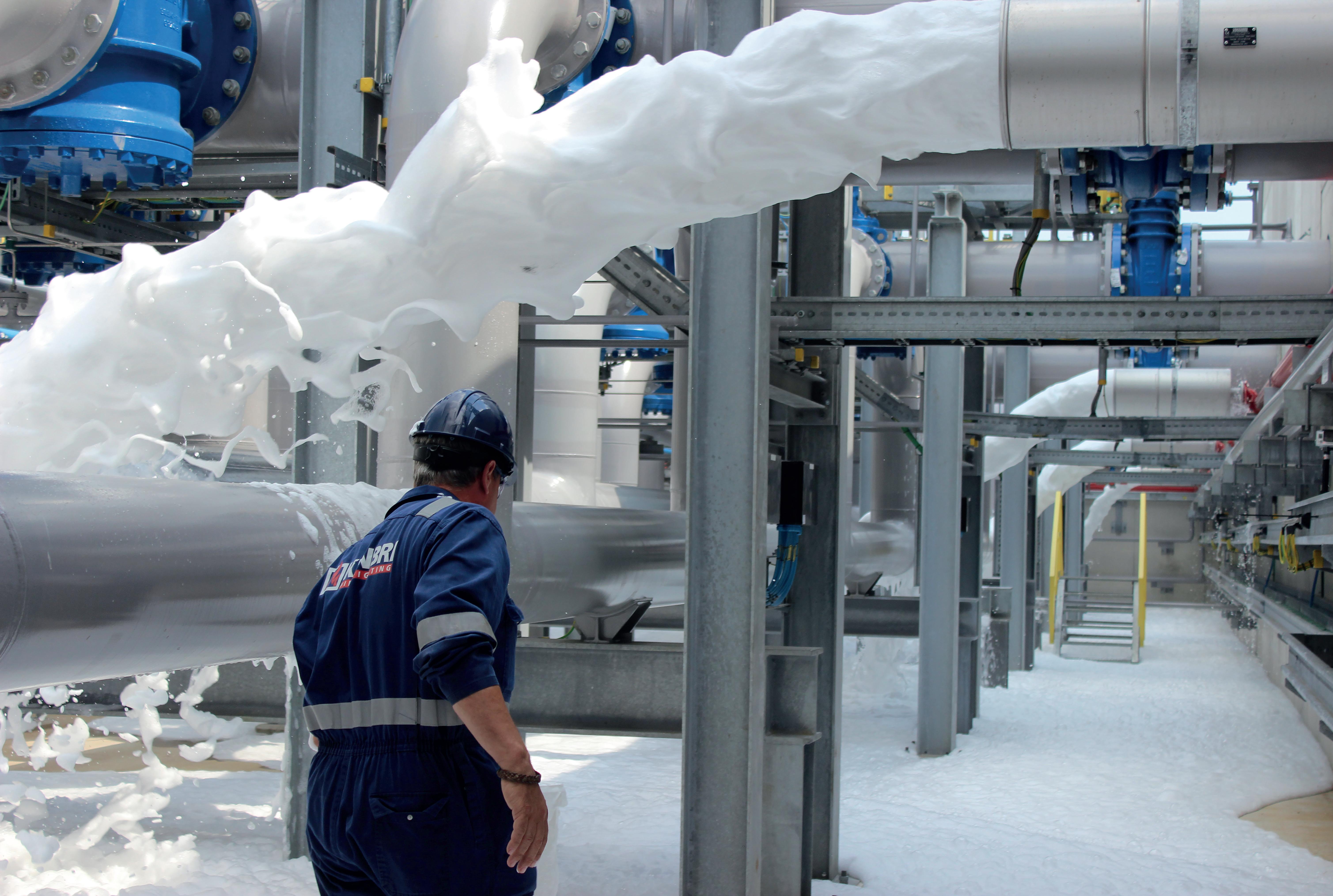
TERMINAL NEWS: EUROPE
ECOSPRAY AND RUHE GROUP TO BUILD ADDITIONAL BIO-LNG PLANTS
Italian engineering firm, Ecospray, has announced a new contract with Germany’s Ruhe Group to build two biomethane plants and three CO 2 liquefaction plants.
Each project involves the construction of a complete system for pre-treatment, upgrading, liquefaction of biomethane and the liquefaction of CO 2 , with associated storage and cryogenic tank filling.
The first project is expected to produce eight tons of bio-LNG per day, while the second one is set to produce three tons per day, the same quantity as the one that started the collaboration between Ecospray and Ruhe in 2021. The construction of this plant is ongoing and it will be commissioned according to the schedule.
Ecospray plans to establish and deliver all three plants in Bavaria and Brandenberg in autumn 2023. These are estimated to produce a total of 26.5 tonnes of bio-LNG per day for heavy-duty transport.
Boris Drewes, CTO of Ruhe Biogas Service, says: ‘Our goal is to establish this product together with our partners for the decentralised production of alternative fuels in Germany and Europe.’
‘We share the same vision as Ruhe and the same trust in this technology as a tool for achieving decarbonisation by 2050,’ adds Maurizio Archetti, President of Ecospray.
terminal to create an entry point into the northwest European markets for its growing green ammonia and hydrogen activities. This will additionally be able to support the security of supply in Europe.
Uniper will aim to establish several access points for green energy in Europe and will be pursued in parallel with the ongoing Wilhelmshaven ammonia terminal project – which is not only building the first LNG import terminal in Germany but also planning an import terminal for green ammonia.
As a future hub, Vesta Terminals in Vlissingen will be able to handle an initial throughput capacity of 0.96 mtpa. In the second phase, the throughput capacity of the facility can be extended to 1.92 mtpa and the terminal will be connected to the Dutch hydrogen pipeline network. The planned start date is 2026.
LIWATHON PURCHASES VOPAK’S MUUGA TERMINALS FOR $33M
Liwathon has paid $32.8 million (€33.75 million) for Vopak EOS – the largest independent oil products terminal operator in the Baltic Region.
Vopak has announced the sale of its 50% holding in EOS for €16.3 million. Liwathon EOS owns four oil terminals at Muuga with a combined capacity of 1.05 million cubic metres. It provides sea and rail transportation of oil products from eastern Europe to western Europe, America, and Southeast Asia.
new hydrocarbon storage terminal at Dublin Airport, doubling the plant’s storage capacity.
The new facility has three storage tanks of 5,000 m 3 each, parking, pumping stations, charging systems for the onboard units and modern safety systems.
The project has included the construction of a hydrant system at the airport’s boarding piers with 86 fuel pits from the hydrant to facilitate on-board operations, which is connected to the storage terminal via a double pipeline.
This distribution network allows Jet A1 fuel to be transported underground from the storage terminal to the aircraft supply points. This reduces the presence of fossil fuel tanker trucks on the airport apron, enhancing the efficiency, safety and sustainability of the whole process, as well as significantly reducing the time taken to supply aircraft and cutting CO 2 emissions.
The works have resulted in new refueling unit loading bays, together with two vehicle service maintenance buildings and offices for board agents.
UNIPER AND VESTA TO DEVELOP GREEN AMMONIA TERMINAL IN THE NETHERLANDS
Uniper and Vesta have signed a Memorandum of Understanding (MoU) to investigate the feasibility of refurbishing and expanding an existing storage facility to create northwest Europe’s first green ammonia hub: Greenpoint Valley. Uniper intends to book capacity in the
DAA AND EXOLUM COMPLETE €40M RENOVATION OF FUEL STORAGE FACILITIES
daa and Exolum, Europe’s leading liquid product logistics company, have announced the completion of work to expand and improve the efficiency of the fuel storage facilities at Dublin Airport.
daa and Exolum’s investment of €40 million includes the installation of a
MITECO INITIATES EXPRESSION OF INTEREST FOR GREEN HYDROGEN AND STORAGE PROJECTS IN LÉON
The Ministry for the Ecological Transition and Demographic Challenge has opened an expression of interest to understand green hydrogen and energy storage projects that have the potential to be carried out in the CIUDEN Technology Development Centre in Léon, Spain.
The opening of the expression of interest is to gauge possible projects which promote the development of green hydrogen technologies and energy storage, that are also suitable for the Technological Development Centre of Ciudad de la Energiá foundation.
The expression of interest will allow businesses to submit relevant projects that also suit the facilities in Léon.
Estonia Spain Germany The Netherlands IrelandPORTS OF AMSTERDAM AND CORK AND EIH2 TO ESTABLISH IRELANDEUROPE HYDROGEN SUPPLY CHAIN
Irish green energy company EIH2 has signed a deal with the ports of Cork and Amsterdam to allow Ireland to maximise its use of offshore wind as a source of energy by providing an alternative route to market.
The partnership will provide Ireland with the necessary route to market to become a net exporter of energy over time.
The project aims to increase collaboration on energy transition between Ireland and the Netherlands.
EIH2 claims to be Ireland’s first green hydrogen company, and in pursuing this collaboration, hopes to offer a route to market for Irish green hydrogen, in both the port itself and the rest of Europe.
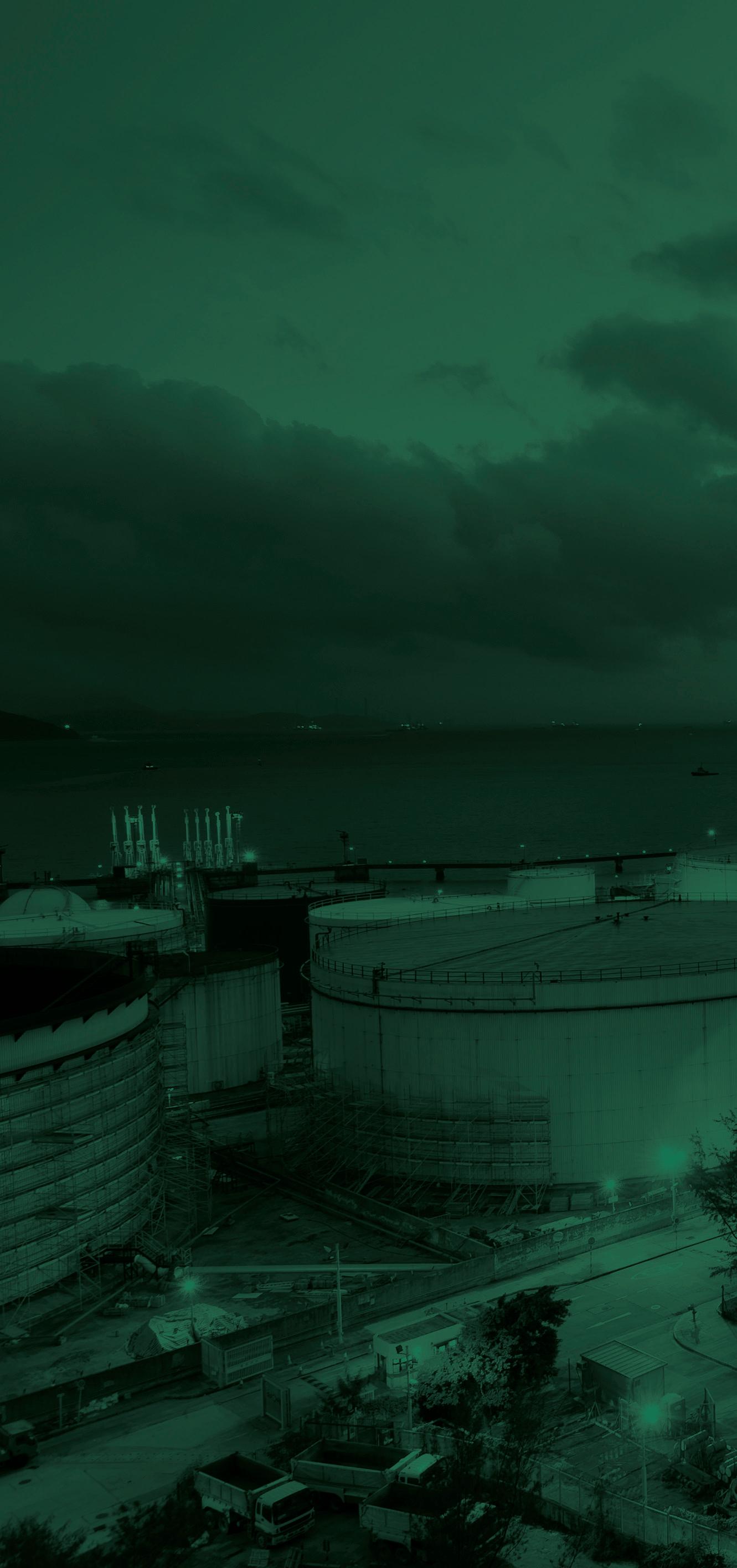
DUISPORT AND PORT OF ANTWERPBRUGES AGREE TO A PARTNERSHIP
duisport and Port of AntwerpBruges have signed a long-term partnership, with the main objective of the partnership being to expand cooperation in the areas of the energy transition, rail and hinterland connections, and port infrastructure.
The areas set out for expansion, are all of outstanding importance for the reliable supply of industry and the stabilisation of German-Belgium supply chains and within Europe.
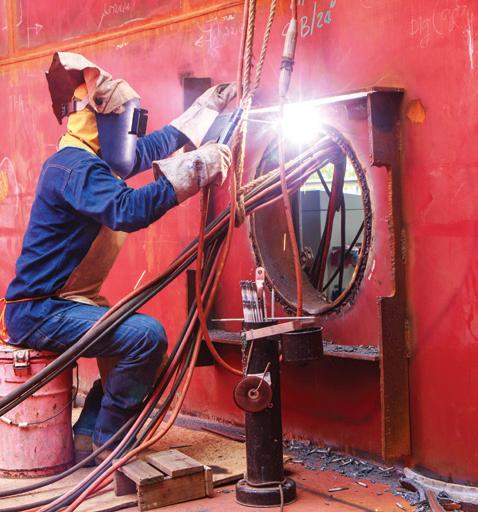
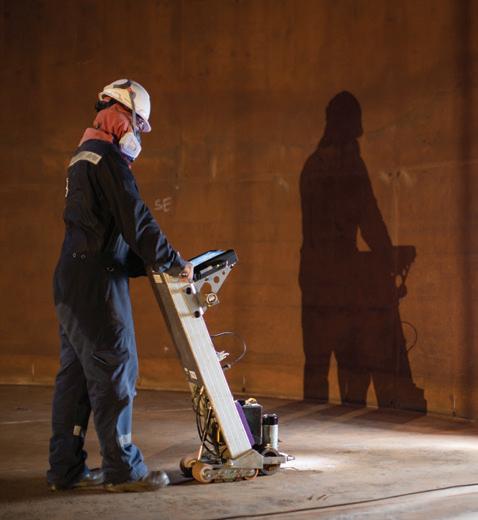
The European Energy system will focus on sustainable energy sources, with green hydrogen carriers playing an essential role.
The overall goal is to build an international supply chain for hydrogen in which both partners become central hydrogen hubs for Europe. To achieve this, duisport and Port of Antwerp-Bruges wish to establish a high-frequency rail shuttle in addition to planned pipeline connections and establish rail as a ‘rolling pipeline’.
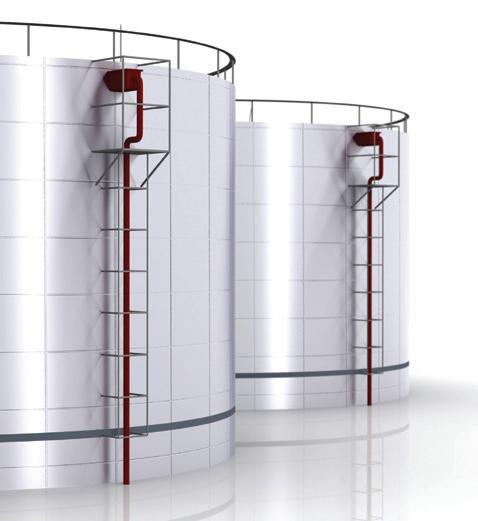
As both ports aim for climate neutrality by 2050, the development of environmentally friendly port handling equipment is also part of the agreement.
For duisport, this is a step in the right direction for the expansion of its future network.
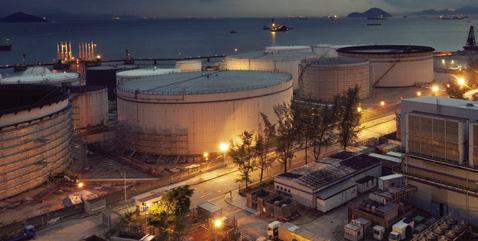
PORT OF ANTWERP FIRST TO INTRODUCE GDP CERTIFICATE FOR PHARMACEUTICAL DISTRIBUTION
Belgium UK
When distributing pharmaceutical products, specific handling is required. The Good Distribution Practice (GDP) sets out the guidelines for the method by which to do this. The Port of Antwerp has successfully situated itself as the first seaport to transform these rules into the maritime sphere.
Recently, domestic, and foreign stakeholders from the Life Sciences & Healthcare visited Antwerp for a tour of the distribution process for the pharmaceutical products of the port.
Individuals who visited the port were able to see the security checks in the port, the loading processes, and the journey to which the port become the world’s first GDP maritime port.
Operating by the GDP regulations creates a quality assurance system, whereby medicinal products, blood plasma, and medical equipment journey
through the port. At the tour, it was also announced that these GDP rules shave been enshrined into an official certification.
Those who apply for the certification, demonstrate they care about quality in all aspects of their service.

With the increasing demand for medicinal transportation to be moved away from the air, the Port of AntwerpBruges offers a crucial alternative and plays an important role in this process.
in collaboration with other UK gas networks. These are the pipelines that connect the high-pressure National Transmission System (NTS) with the lower pressure tiers. These pipelines are considered to be the backbone of the energy network, currently delivering gas from NTS offtakes to towns and cities across the country.
Angus McIntosh, Director of Energy Futures at SGN comments: ‘Repurposing the UK’s extensive gas networks to transport hydrogen offers an exciting opportunity to deliver deep decarbonisation of the energy system.’
DNV SECURE CONTRACT FOR HYDROGEN PIPELINE CONVERSION
DNV has secured a three-year contract in the UK to provide the evidence required to demonstrate the safe use and conversion of local transmission systems (LTS) high pressure pipelines for transporting 100% hydrogen.
Gas distribution company SGN manages approximately 3,100km of the UK’s LTS pipelines and is leading the project
Throughout the project, DNV will provide key safety and operational evidence through a series of offline tests at a research facility in Cumbria, England. The aim is to demonstrate hot working on hydrogen pipelines, delayed ignition, and overpressure tests, burst and fatigue tests and exploring hydrogen compatibility. DNV will also aid a live network SGN trial by investigating the measurement and monitoring of a hydrogen linepack, (the volume of gas that can be stored in a gas pipeline), on a section of the LTN.
FINCO AND GANE ENERGY TO INTRODUCE GREEN METHANOL BLEND
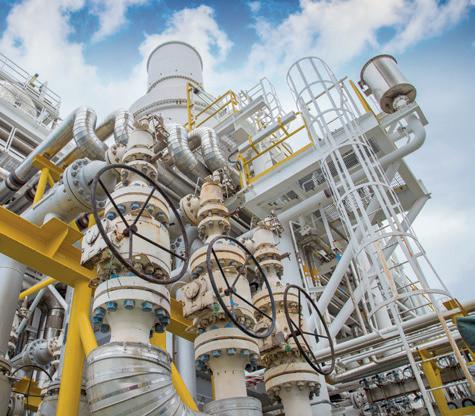
FinCo Fuel Group and Gane Energy have signed an agreement to introduce a green methanol blend for heavy-duty engines, with an aim of reducing greenhouse gases and exhaust emissions. The liquid fuel will be used in new and retrofitted heavy-duty diesel engines. The partnership hopes to tackle climate challenges by delivering climateneutral fuels to meet both present and future emissions regulations.
The methanol blend will not produce soot during combustion, unlike diesel or heavy fuel oil. The methanol/water-based fuel, instead, performs like diesel, but provides a cleaner solution with no loss in performance and also restricts engines from having to be replaced in their fleets.
FinCo Fuel Group and Gane Energy are currently identifying demonstrations with customers in different market sectors which will be commencing in 2023.
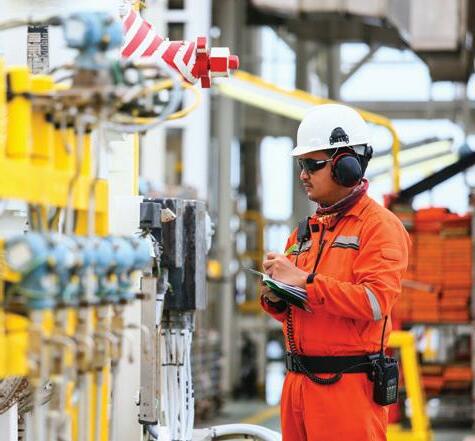
LNG PLANT AND TERMINAL TO BE BUILT IN YAKUTIA, RUSSIA
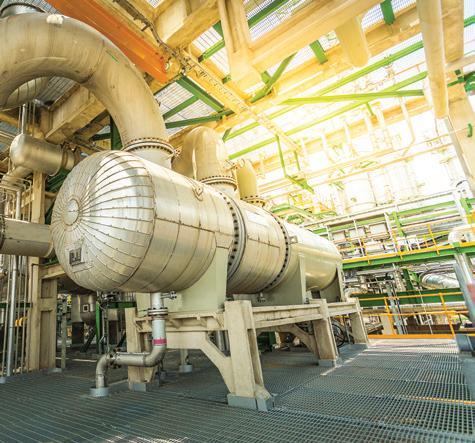
A five-party agreement on the construction of a petrochemical facility has been announced. The facility will include an LNG plant and terminal, which has been signed off by the Eastern Economic Forum. The document signed by several parties confirms that the facility is to be built in the settlement of Pavlovsk, Yakutia.
Vladimir Kozhokar, Executive Director of Starway Logistics, says: ‘The project will facilitate the delivery of oil products to northern areas of Yakutia and let create a transport and logistics hub.’
The project is set to contribute to the progression of green agenda in the region and develop the internal market of LNG in Yakutia and the neighbouring entities of the Russian Federation.
The project has gained the support of the Far Eastern Arctic Development Cooperation, allowing investors to develop and submit requests for the expansion of the priority development area to obtain the status of Yakutia PDA residents in the future.
When managing real pressure is your job…
MIPC® helps practitioner-level
stay on-site and on top of the latest industry developments and good practice in primary
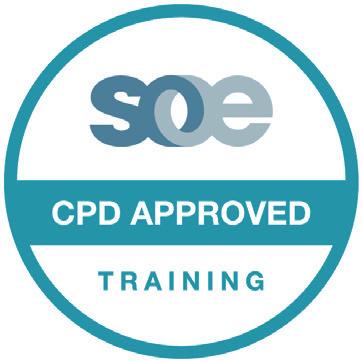
of
substances.
Using a blend of live, online classes, one-to-one sessions with expert tutors, and e-learning, enhanced by a mentor’s support and guidance, EEMUA’s Mechanical Integrity Practitioner Certificate course delivers in depth training to engineers where they work – to give professionals the flexibility to learn on-site or on-call.
to
schedule
The NetherlandsTERMINAL NEWS: ASIA PACIFIC

has also been equipped with a Very Early Smoke Detection Apparatus system.
V-LOGIS ANNOUNCES SPECIALISED CHEMICAL STORAGE FACILITY

V-Logis, a part of V-Trans India, comprehensive warehousing, 3 PL solutions, and end-to-end integrated logistics provider has announced Chemstore, including the latest technology. Chemstore is a specialised chemical storage solution that complies with international safety standards.
The facility is fully compliant with National Building Code 2016 and National Fire Protection Association. The facility is located away from highways, residential areas, schools, and a river body. To further enhance safety measures, the facility
The new Chemstore facility scores better than other warehouses and is amongst the best in the industry, in meeting all storage requirements and emergency preparedness.
energy, hydrogen and green mobility solutions for commercial, industrial and retail customers.
Gentari aims to stand out, by offering a complete model, which aims to fulfill each customer’s needs.
Malaysia’s targets for the period 20212025 include an aim of 31% of Malaysia’s total installed energy capacity to be renewable by 2025.
PETRONAS LAUNCHES GENTARI – PUSHING MALAYSIA TO A GREEN FUTURE
Petronas has launched a clean energy solutions provider Gentari. Owned by Petronas, Gentari hopes to become an integrated clean energy solutions provider. They will begin by boasting a portfolio of renewable
Focusing on hydrogen, renewable energy, and green mobility, Gentari will be supported by Petronas to establish greener opportunities and a greener future for Malaysia.
Your storage partner
TOTAL EREN AND PROVARIS ENERGY TO CREATE COMPRESSED HYDROGEN STORAGE AND TRANSPORT
Provaris Energy and Total Eren have signed a Memorandum of Understanding (MoU) to cooperate on green hydrogen projects using compressed hydrogen storage and transport solutions in the hope to reach Asian and European markets.
The MoU will provide a framework for working together on the identification and assessment of green hydrogen projects, currently being developed by Total Eren to use Provaris’ GH2 Carriers to transport compressed hydrogen.
Your storage partner
meters, Nordic Storage offers storage for biofuels, renewables and various petroleumbased products. Our terminals are strategically located in Scandinavia and operated by our highly experienced and dedicated team, ensuring the safe and efficient storage and handling of products.
Your storage partner
With a capacity of more than 1 million cubic meters, Nordic Storage offers storage for biofuels, renewables and various petroleumbased products. Our terminals are strategically located in Scandinavia and operated by our highly experienced and dedicated team, ensuring the safe and efficient storage and handling of products.
With a capacity of more than 1 million cubic meters, Nordic Storage offers storage for biofuels, renewables and various petroleumbased products. Our terminals are strategically located in Scandinavia and operated by our highly experienced and dedicated team, ensuring the safe and efficient storage and handling of products.
The two companies will investigate opportunities for the import of hydrogen into Europe and Asia using Provaris’ GH2 Carriers and opportunities for a bulk compressed hydrogen storage solution utilising design concepts developed by Provaris for floating storage.
Contact us for our best storage offer tailored to your specific needs.
Contact us for our best storage offer tailored to your specific needs.
Contact us for our best storage offer tailored to your specific needs.
Nordic Storage AB
Nordic Storage AB
With a capacity of more than 1 million cubic meters, Nordic Storage offers storage for biofuels, renewables and various petroleumbased products. Our terminals are strategically located in Scandinavia and operated by our highly experienced and dedicated team, ensuring the safe and efficient storage and handling of products.
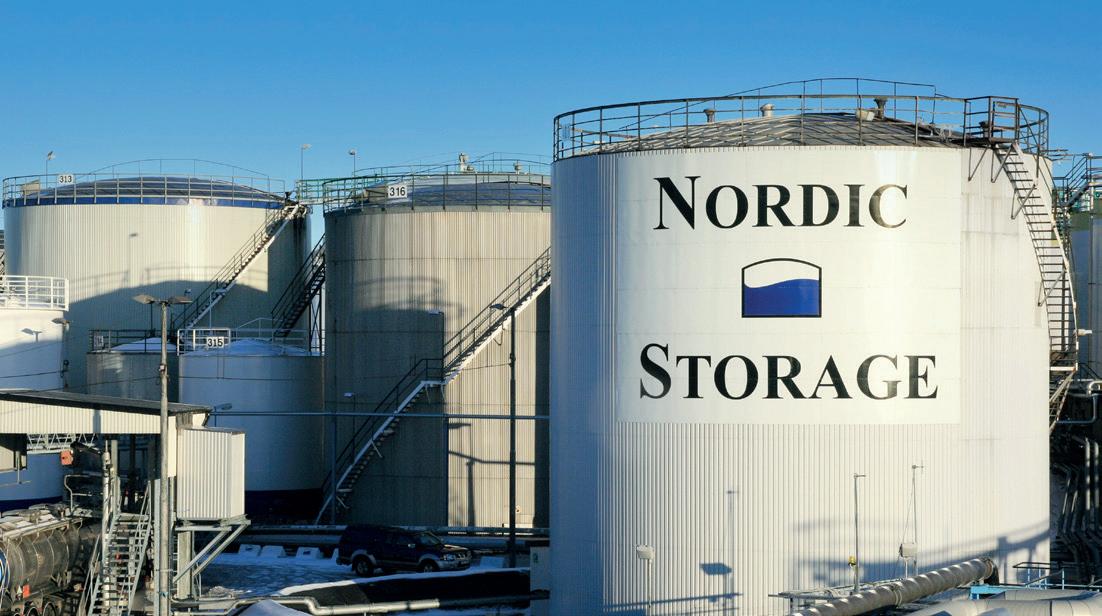
+46 31 53 45 00 info@nordicstorage.se www.nordicstorage.se
+46 31 53 45 00 info@nordicstorage.se www.nordicstorage.se
Contact us for our best storage offer tailored to your specific needs.
Nordic Storage AB
+46 31 53 45 00 info@nordicstorage.se
Total Eren is currently working on several large-scale green hydrogen projects globally, including in South America, Australia, and Africa.
India Asia MalaysiaINPEX EXTENDS MOU ON LNG SUPPLY
INPEX has announced the extension of a Memorandum of Understanding (MoU) with PT PLN, in regard to long-term LNG supply. The MoU has also been expanded to include joint studies in hydrogen and ammonia and in carbon capture and storage (CCS) in relation to the Abadi LNG Project.
INPEX’s new MoU expands on the original, concerning LNG sales and procurement, now with a focus on potential future collaboration.
The scope of the MoU announced today includes conducting joint studies on supplying blue hydrogen and ammonia using natural gas produced from the Abadi LNG Project as co-firing fuel for thermal power plants in Indonesia, as well as on the capture and transport of CO 2 emitted from thermal power plants in Indonesia and the storage of this CO 2 in the Abadi gas field.

This initiative is expected to contribute to achieving PLN’s goal of net zero emissions by 2060.
Customised tank mixing solutions
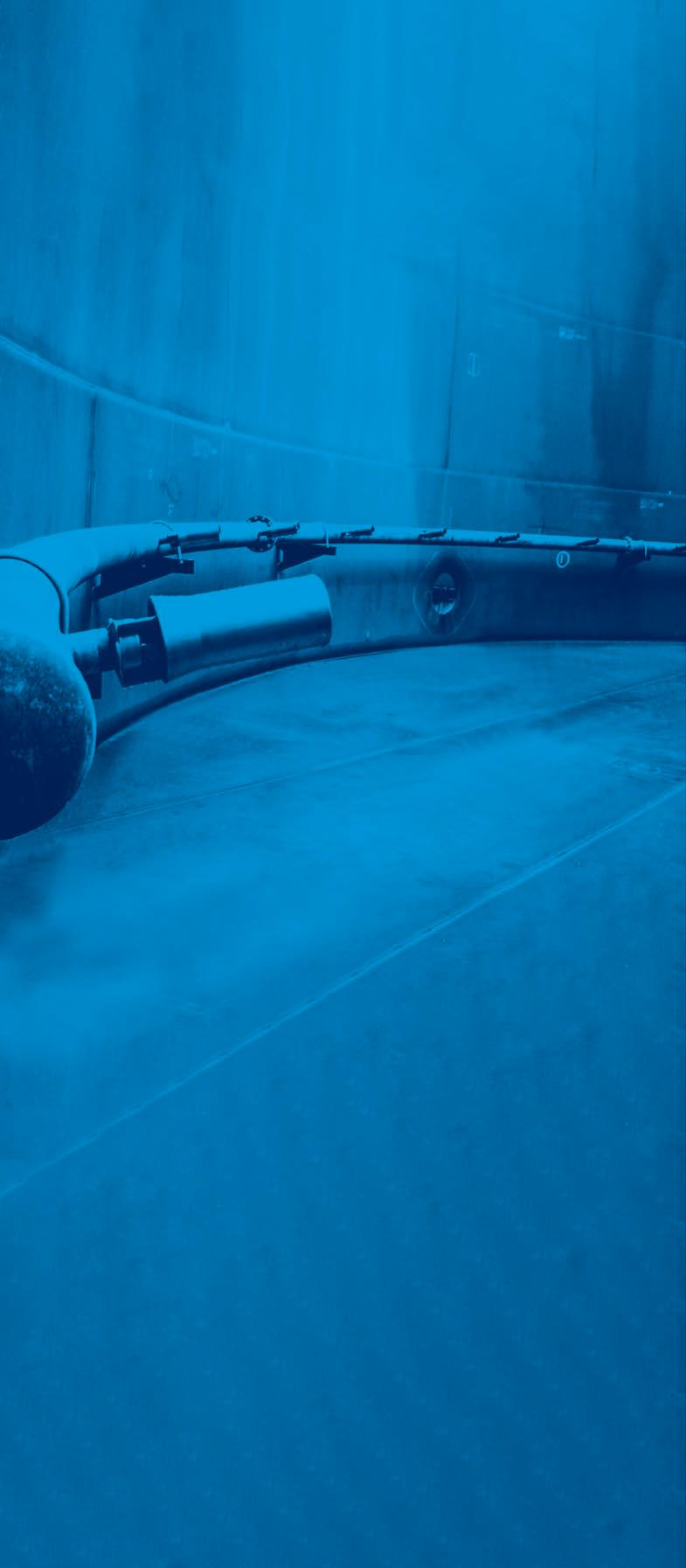
PETRONAS PARTNERS WITH JAPAN ON CARBON NEUTRALITY
Global energy group, Petronas, has signed a Memorandum of Cooperation (MoC) with Japan’s Ministry of Economy, Trade and Industry (METI) as well as an MoU with Japan Bank for International Cooperation (JBIC), to collaboratively pursue sustainability goals of carbon neutrality by 2050.
The MoC with METI aims to enhance the cooperation between Petronas and Japan in the development and utilisation of energy sources and technologies towards the energy transition.
The MoU with JBIC focuses on expanding and enhancing collaboration between Petronas and Japanese companies in projects undertaken by Petronas globally in a variety of sectors including: hydrogen and ammonia, renewable energy, carbon capture and storage (CCS), and green mobility.
The MoC and MoU are expected to facilitate investment and financing, and also enhance technical collaboration and competencies in low-carbon technologies in the region.
JapanTERMINAL NEWS: THE AMERICAS
of oil per day, process up to 12 million m³ of gas per day, and store more than 1.6 million barrels.
PETROBRAS SIGNS WITH SEMBCORP

Oil, gas and energy company, Petrobras Brazil, has signed a contract with Sembcorp Marine Rigs & Floaters Singapore, an energy and urban development firm, for the construction of a P-82 FPSO (floating system of production) in Búzios field in the Santos Basin, Brazil.
Petrobras has said the unit will incorporate: closed flare technology, which increases gas utilisation; a methane gas detection system capable of acting to prevent or mitigate the risk of leaks and; digital twins, which will create a virtual reproduction of the platform to enable simulations and remote tests before it goes into operation.
The vessel is scheduled to start operating in 2026 and will be one of
ZENITH ENERGY TO REMOVE CRUDE OIL IN FAVOUR OF RENEWABLE FUELS
Over the next five years, Zenith Energy has agreed to transition its Portland, US facility out of crude oil storage and to renewable fuels.
In replacing crude oil with renewable fuels, Zenith’s facility will aid the city of Portland in reaching its Climate Emergency Workplan goals and the 2035 Comprehensive Plan. The Climate Emergency Workplan sets out the actions which Portland needs to take to eliminate carbon emissions by 2050. This includes cutting Portland’s carbon emissions by 50% by 2030, and then by 2050, reducing carbon emissions to net zero.
After initially being denied a land use compatibility statement by the city of Portland, Zenith Energy changed its plan from 50% renewable fuel storage in five years, to 100%.
In a move to ensure a more sustainable future, Zenith Energy wishes to change to renewable fuels as they have 80% fewer carbon emissions, 33% less fine particulates, 30% fewer hydrocarbons and 24% less carbon monoxide.

MEXICO PLANS LNG HUB AT GULF PORT
To help serve European demand, Mexico is planning to build a liquefied natural gas (LNG) hub worth $4-$5 billion, according to President Andres Manuel Lopez Obrador. The President announced the plans at a regular press conference last week.
The hub will be located at the port of Coatzacoalcos in the Gulf of Mexico. The planned port would transport LNG to Europe via boat.
At present, Mexico does not commercially export LNG, though it is a top exporter of crude oil.
US Mexico BrazilTERMINAL NEWS: AFRICA & THE MIDDLE EAST
RAS MARKAZ OIL STORAGE TO BE COMMISSIONED BY END-OF-YEAR
The Ras Markaz oil storage terminal is due to receive the first cargo for the Duqm Refinery in November amid conversations with customers to store their crude.
The planned Ras Markaz facility will initially be able to hold 5.2 million barrels of crude oil for the Duqm Refinery project. The Duqm Refinery project is a joint venture between Oman’s OQ Group and Kuwait Petroleum International.
With sufficient land, Ras Markaz will also provide blending services to develop itself into a regional crude oil hub.
Oman Tank Terminal Company (OTTCO) plans to have some 26 million barrels of oil storage capacity at Ras Markaz in its first phases but hopes to eventually increase storage at the facility to 200 million barrels.
In addition to this new project, HDF Energy is also looking at projects across Africa and other parts of the world.
The move to the green hydrogen sector is also supported by the European Union, which is planning a deal with Namibia to support the country’s emerging green hydrogen sector and boost its own imports of the fuel, as the bloc works
toward reducing its dependence on Russian energy.
Hyphen Hydrogen Energy is also in talks with the country’s governmental bodies to secure an implementation agreement for their $10 billion green hydrogen project, which will produce 350,000 tonnes of green hydrogen each year, before 2030, for both global and regional markets.
AFRICA’S FIRST HYDROGEN POWER PLANT TO PRODUCE ELECTRICITY IN 2024
French independent power producer HDF Energy expects its green hydrogen power plant in Namibia, to start producing by 2024.
The project is estimated to cost approximately $181.25 million (€186.57 million) and will aim to supply clean electricity power constantly. This will boost the electricity supply in the southern African nation, which imports around 40% of its power from South Africa.
Namibia wishes to harness its vast potential for solar and wind energy to produce green hydrogen and position itself as a renewable energy hub in Africa.

The project will see 85 megawatts of solar panels powering electrolysers to produce the hydrogen that will be stored.
Looking for longterm digester efficiency?
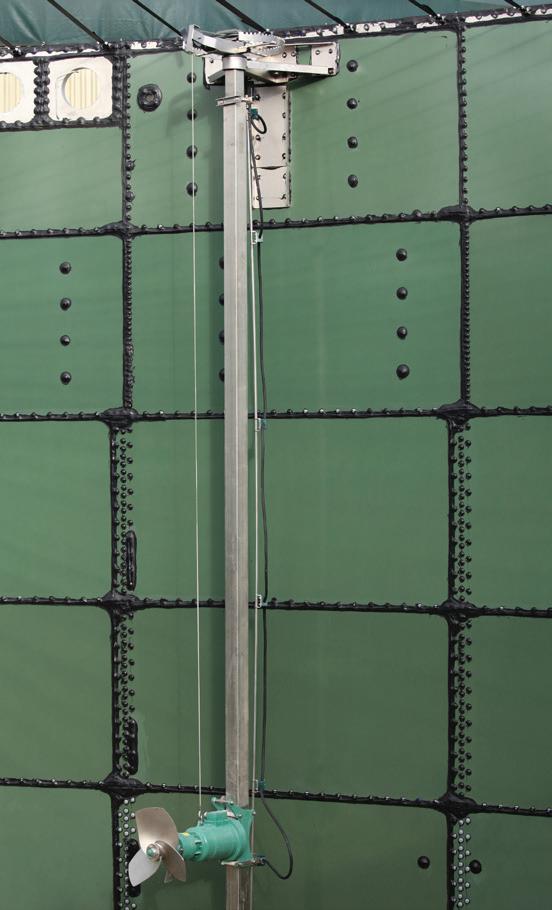
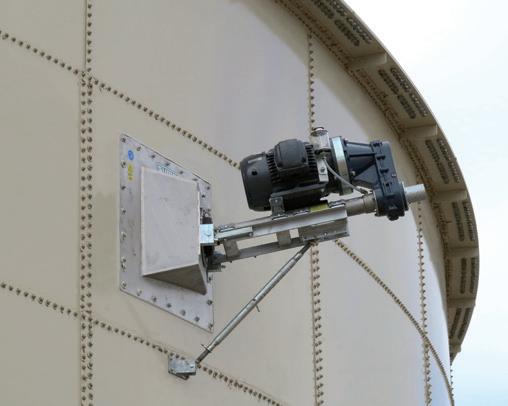
60 years of experience in mixing of various
Tailored solutions
SUMA Rührtechnik GmbH Martinszeller Str. 21 | 87477 Sulzberg/Germany E-Mail: info@suma.de | www.suma.de/en SUMA America Inc. (USA) | www.gosuma.com BRASUMA Ltda. (Brasil) | www.brasuma.com
Namibia OmanSUMA, the leading innovator in advancing mixing technology.
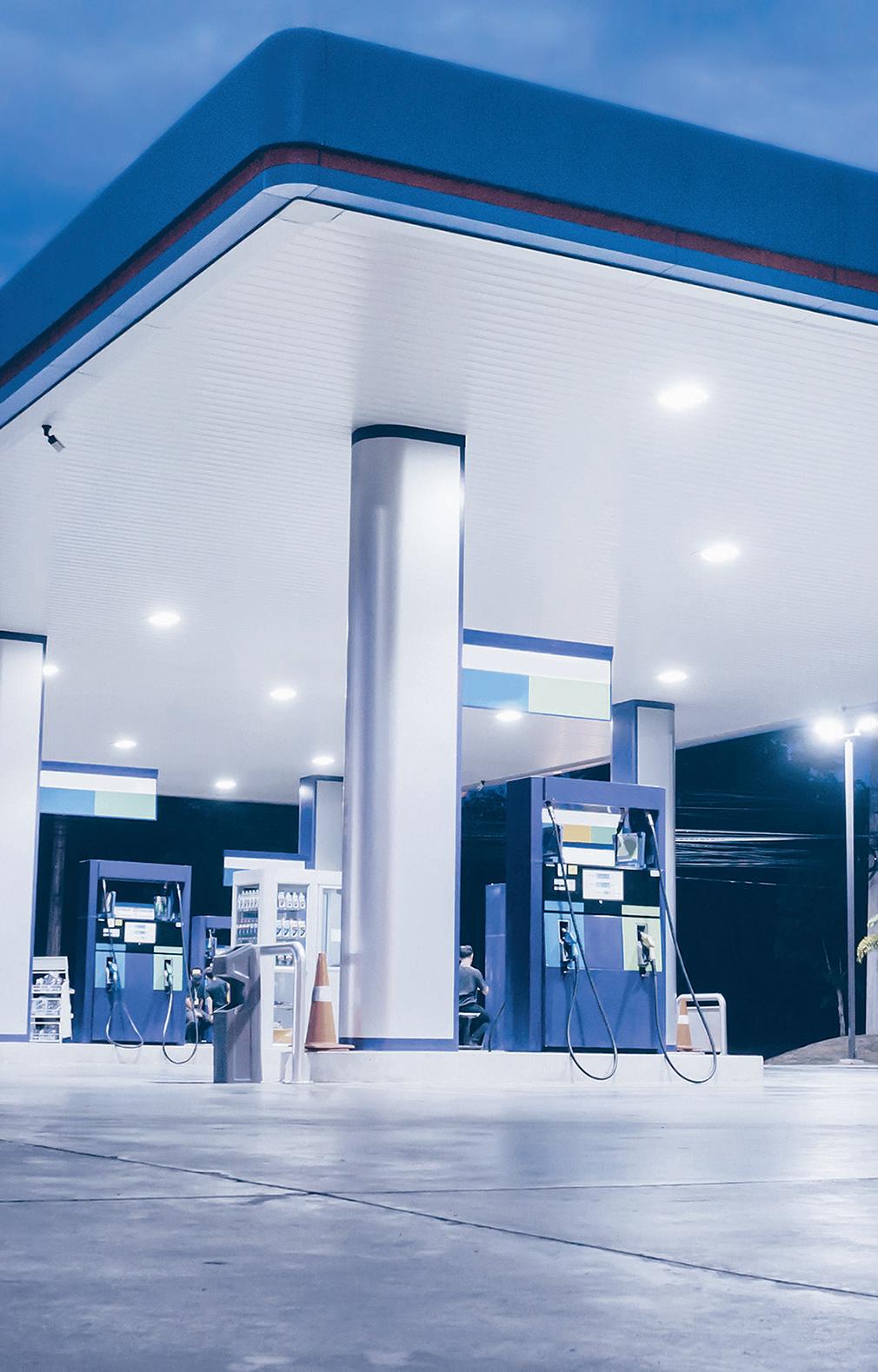
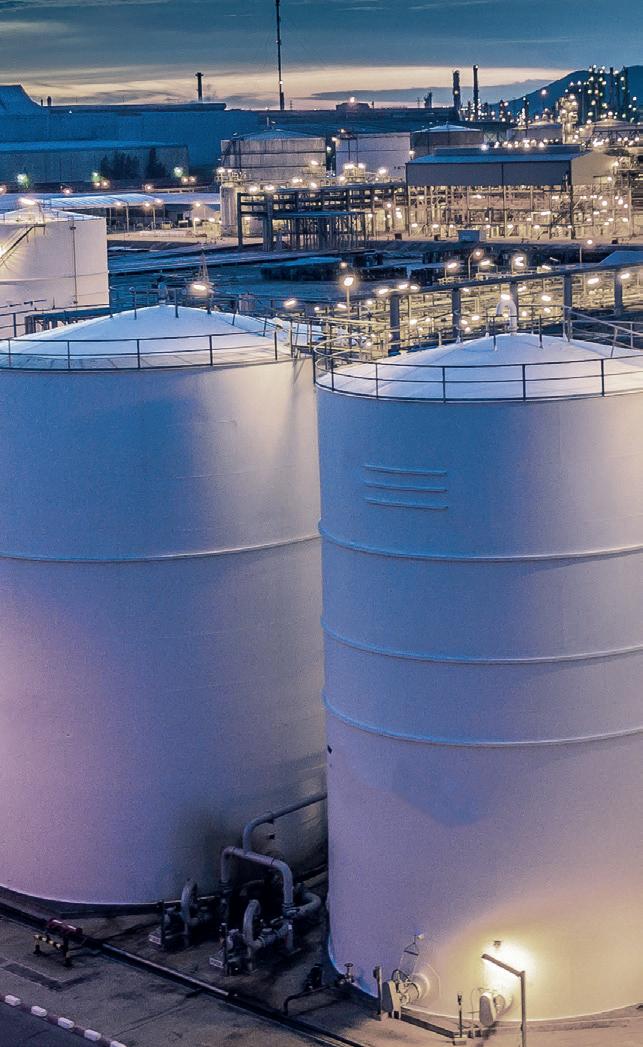
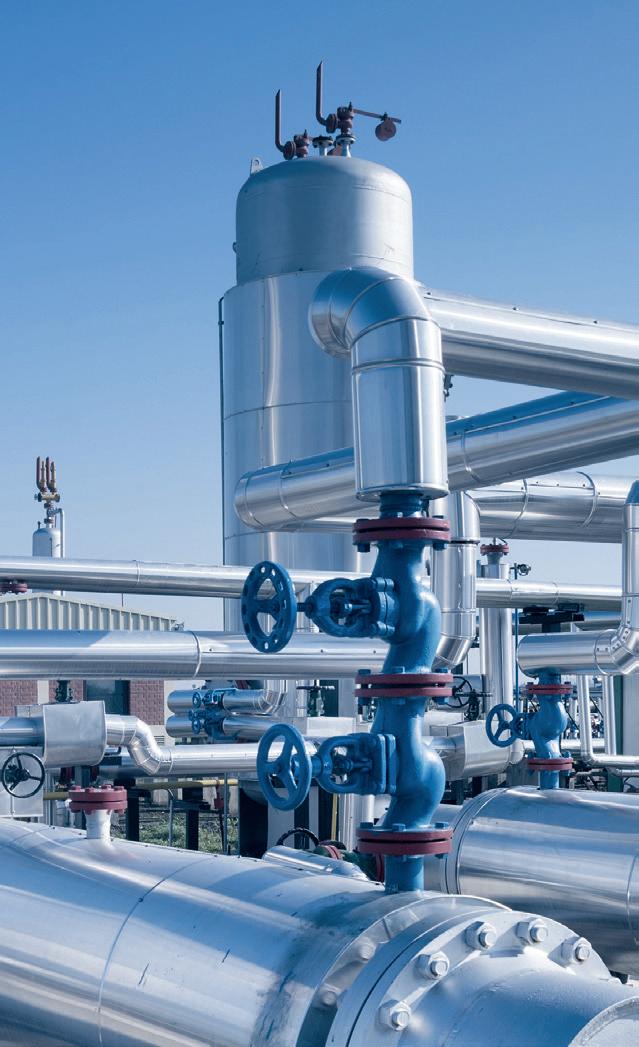
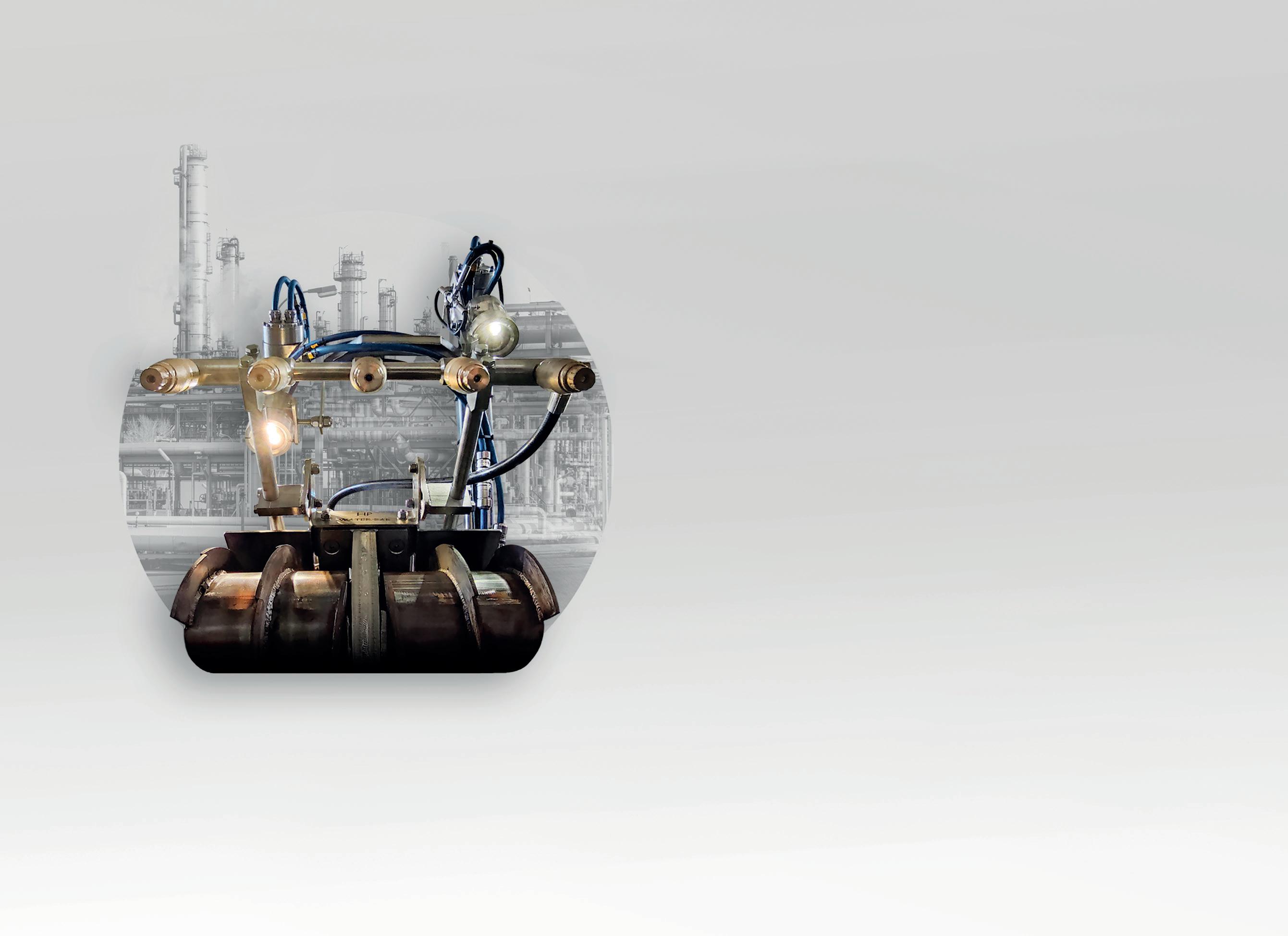
RWE AND ADNOC AGREE ON FIRST CARGO TO FLOATING LNG IMPORT TERMINAL
RWE, a German multinational energy company has formed an agreement with Abu Dhabi National Oil Company (ADNOC) on LNG supplies.
ADNOC and RWE have signed a supply agreement on the first delivery of a cargo of liquefied natural gas (LNG) to be supplied to Brunsbüttel in Germany. The cargo is expected to be shipped from Das Island, Abu Dhabi, arriving in Germany in December 2022. ADNOC is set to deliver 137,000 cubic metres of LNG. This will be the first LNG to be supplied to the German gas market via the floating LNG import terminal at Brunsbüttel.
The two companies have also signed a memorandum of understanding (MoU) on multi-year LNG supplies, where cargoes will be delivered to Germany starting from 2023. LNG supplies from ADNOC can be delivered to Germany through either floating or land-based regasification terminals as these become operational.
Select Control Valves, Regulators, & Storage Tank Products
We are a leading manufacturer and worldwide marketer of control valves, regulators, controllers, pressure/vacuum relief vents, and flame and detonation arrestors.
Used for the normal venting requirements.
BROOGE ENERGY ENGAGES THYSSENKRUPP UHDE FOR A TECHNICAL STUDY
Brooge Energy, a Cayman Islandsbased infrastructure provider, announced that it has engaged thyssenkrupp Uhde, a leading German chemical technology and EPC provider, to undertake the technical study of its planned green hydrogen and green ammonia plant.
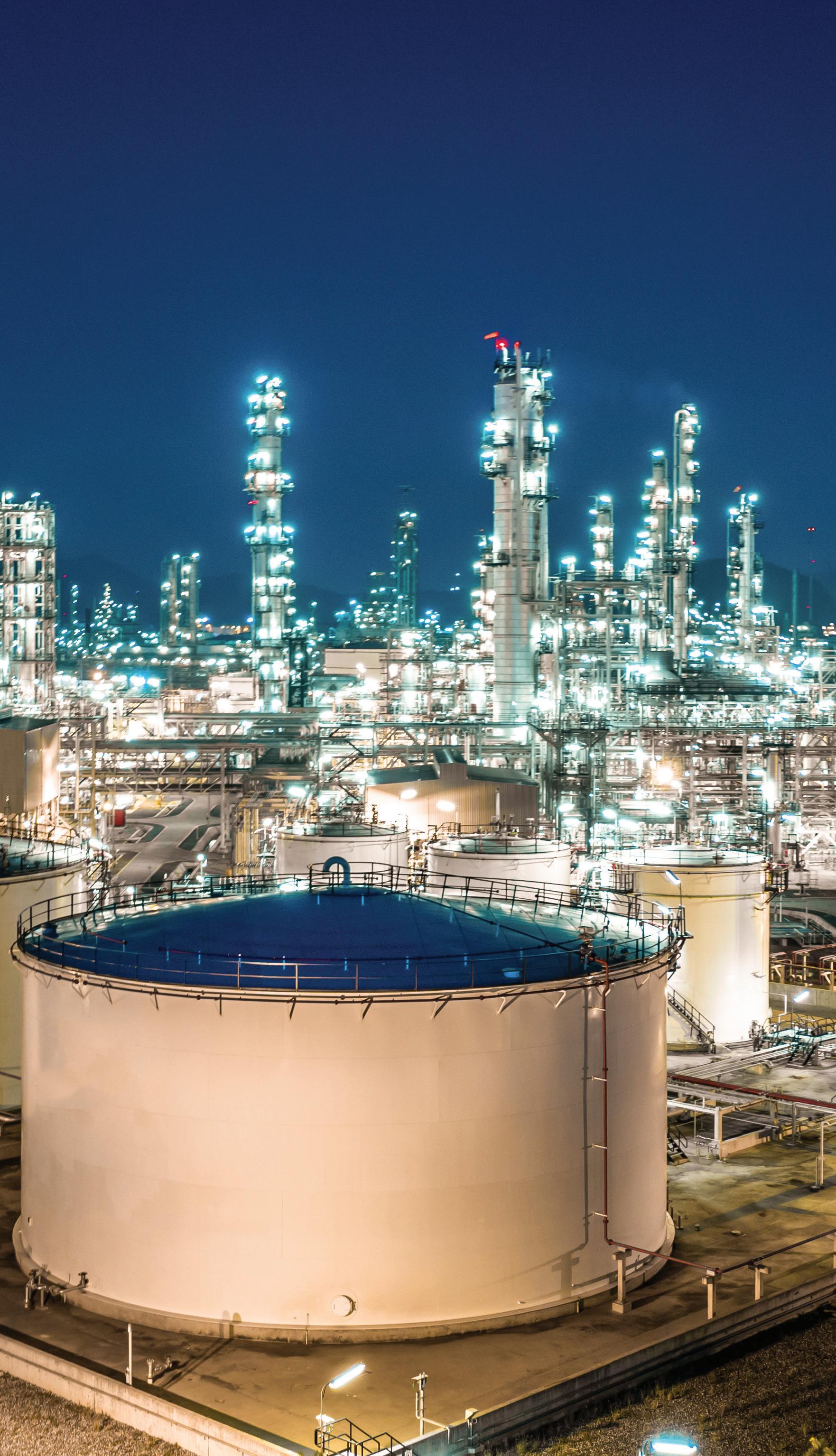
The study will cover the green hydrogen production facilities, the ammonia plant, and the associated utilities. The study aims to provide cost estimates for capital and operating expenditures, EPC timeline, and selected process and layout documents. They plan to commence the study shortly with the final report expected to be delivered during fourth quarter 2022.
Nicolaas Paardenkooper, Chief Executive Officer of Brooge Energy, said ‘Engaging thyssenkrupp Uhde is another important step in our transition to clean energy.
Global demand for clean energy sources has been strong and is expected to accelerate in the coming years.’
Provide emergency pressure relief beyond that furnished by the normal pressure vent for atmospheric and low pressure tanks, as well as a convenient access for tank cleaning, inspection, and repair.
Allows the flow of gases or vapor of flammable liquids through the enclosure, but prevents the transmission of a flame.
Pilot-operated valve, specifically designed to reduce blanketing gas losses on low pressure storage tanks.
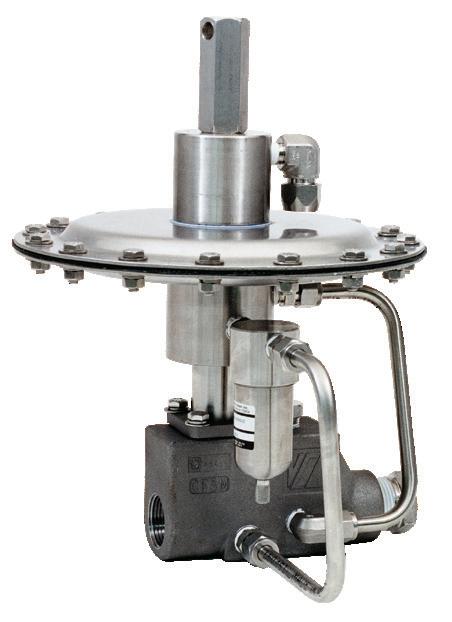
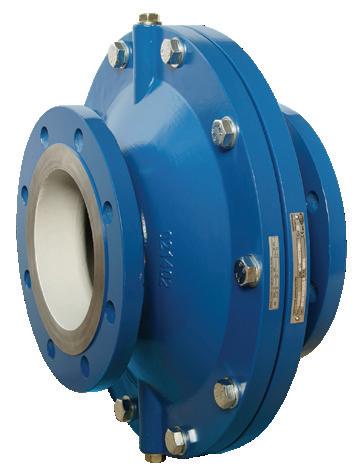
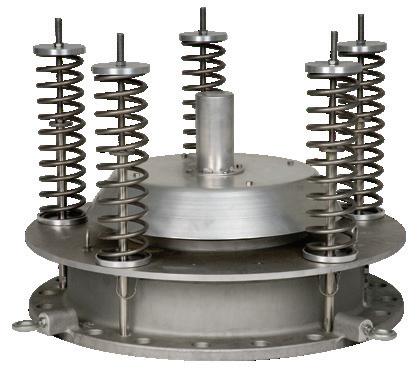
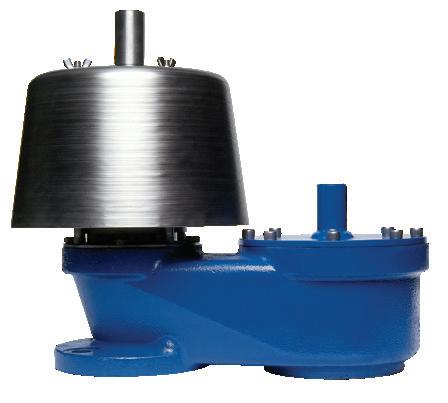
INCIDENT REPORT
A summary of the recent explosions, fires and leaks in the tank storage industry
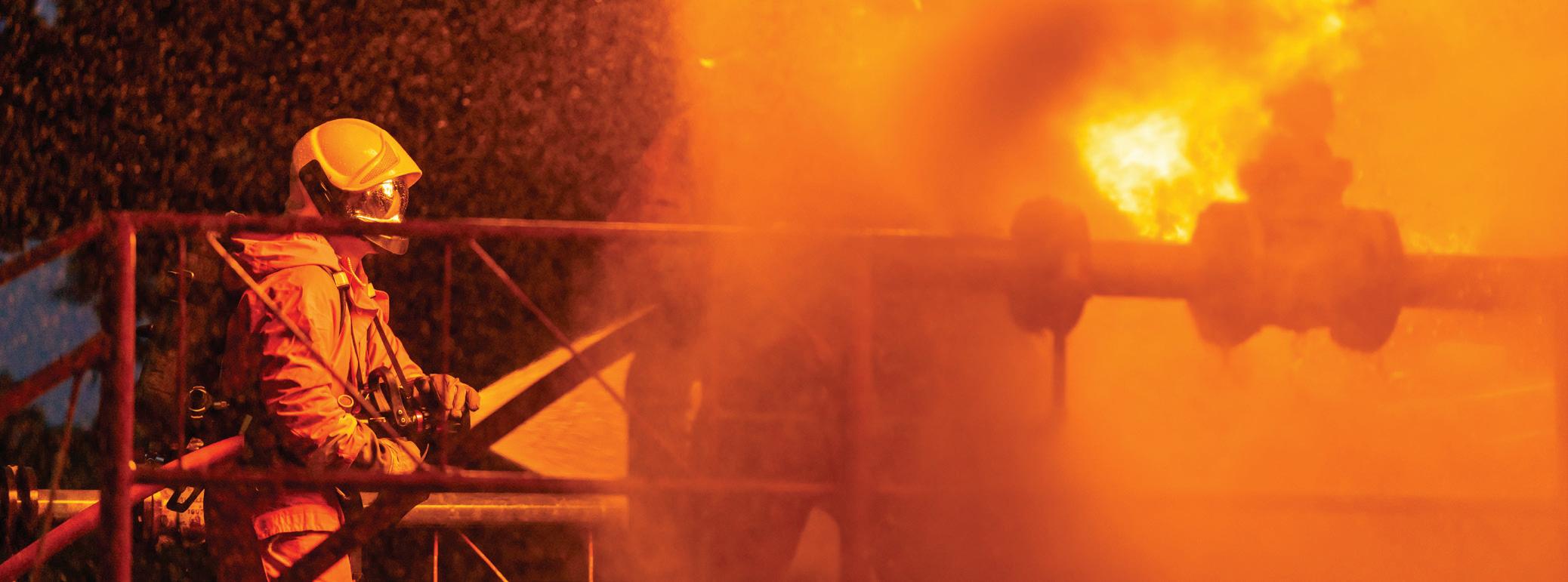
07 September 2022
KRYVYI RIH, UKRAINE
A large fire erupted at an oil depot in Kryvyi Rih, Ukraine, after Russian forces launched missiles that hit the base. Firefighters attended the scene working to put out the fire.
Governor Vilkul has confirmed that a large stock of fuel has been destroyed. The number of confirmed casualties has yet to be announced.
16 September 2022 PERU
A pipeline transporting crude oil from the Amazon to Peru’s desert coast suffered a spill, affecting indigenous communities in Peru’s northeast region of Loreto. Peru’s environment ministry has estimated that the spill is at least 2,500 barrels.
State-owned oil company Petroperu is yet to release an official estimate of the losses.
22 September 2022
PLAZA HUINCUL, ARGENTINA
An explosion erupted at New American Oil refinery, in the Neuquén town of Huincul Square.
Three workers died at the scene. The Petroleum union declared a strike after the accident.
The mayor of Plaza Huincul, Gustavo Suarez, says efforts were made to control the fire immediately so it did not spread to other adjoining tanks.
17 September 2022
ANZOÁTEGUI, VENEZUELA
A hose used for supplying gasoline to a tanker broke lose causing a fire to erupt at a oil terminal in Venezuela. It occurred at one of Guaraguao terminal’s berths.
While the initial fire was extinguished shortly after, the incident also affected another oil vessel and interrupted terminal operations.
20 September 2022
TOLEDO, OHIO, US
A fire that broke out at a BP oil refinery in Ohio, US, has killed two people. Witnesses saw giant smoke clouds as the fire spread across the refinery. BP said that it shut the facility after the fire.
BP is yet to comment on the cause of the fire. However, it is speculated that leaking fumes from a crude oil unit may have been responsible for the ignition.
30 September 2022
SWEDEN
After two leaks were found in Nord Stream 1, following another leak on Nord Stream 2, near Denmark, a fourth leak was detected in the pipeline that connects Russia to Europe.
Prior to the discovery of the leaks, several underwater explosions along the pipeline were recorded.
NATO has labelled the damage as ‘deliberate sabotage’.
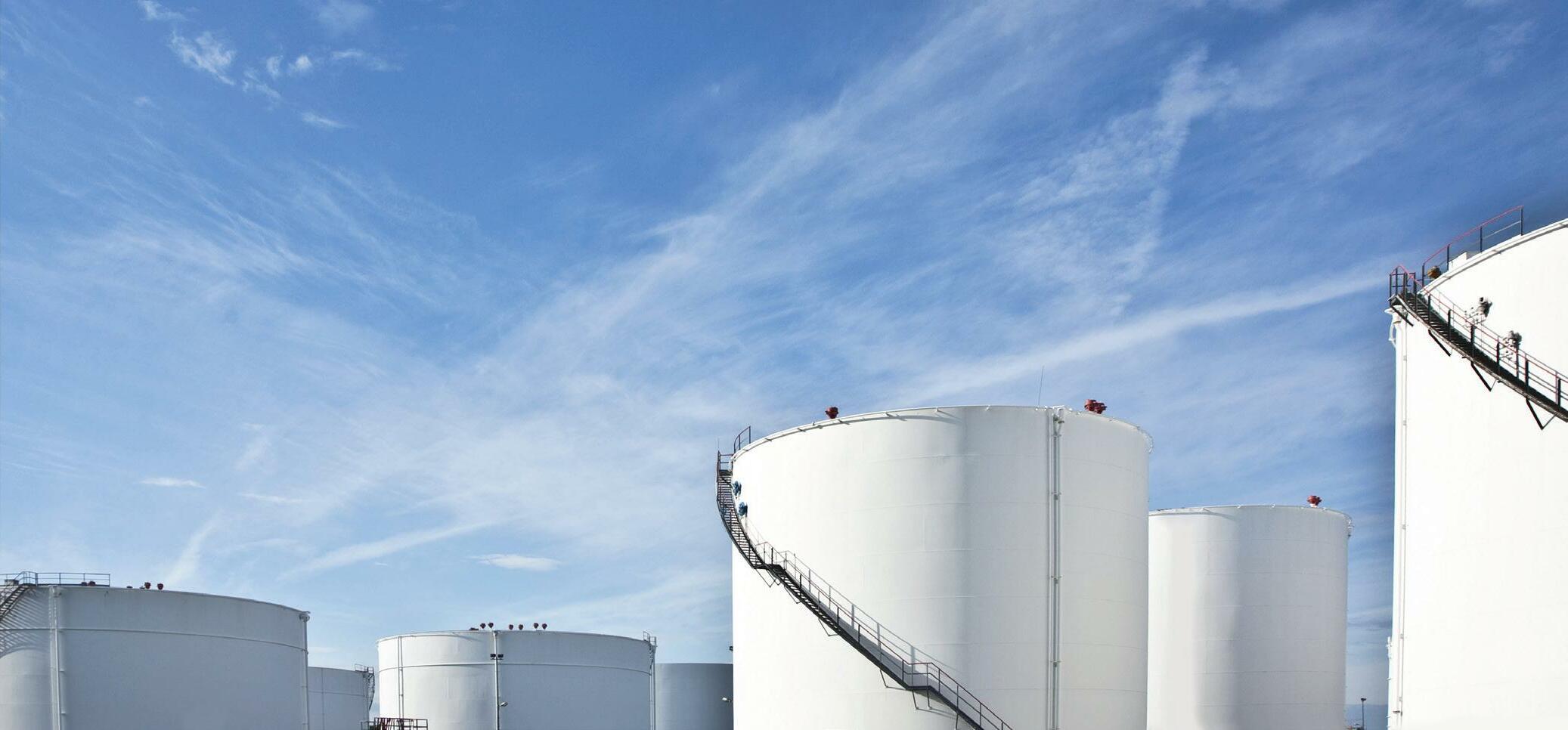
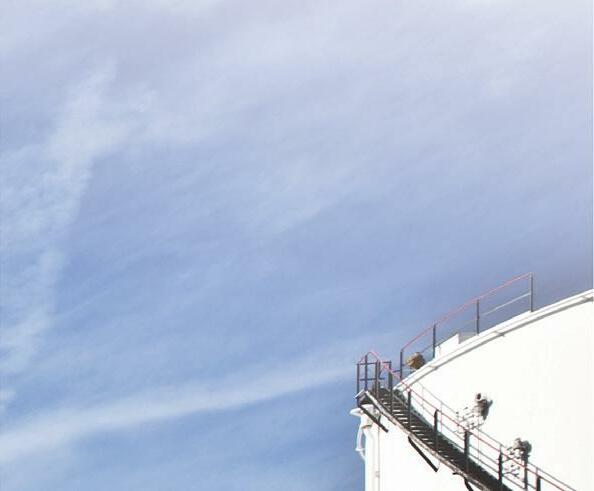



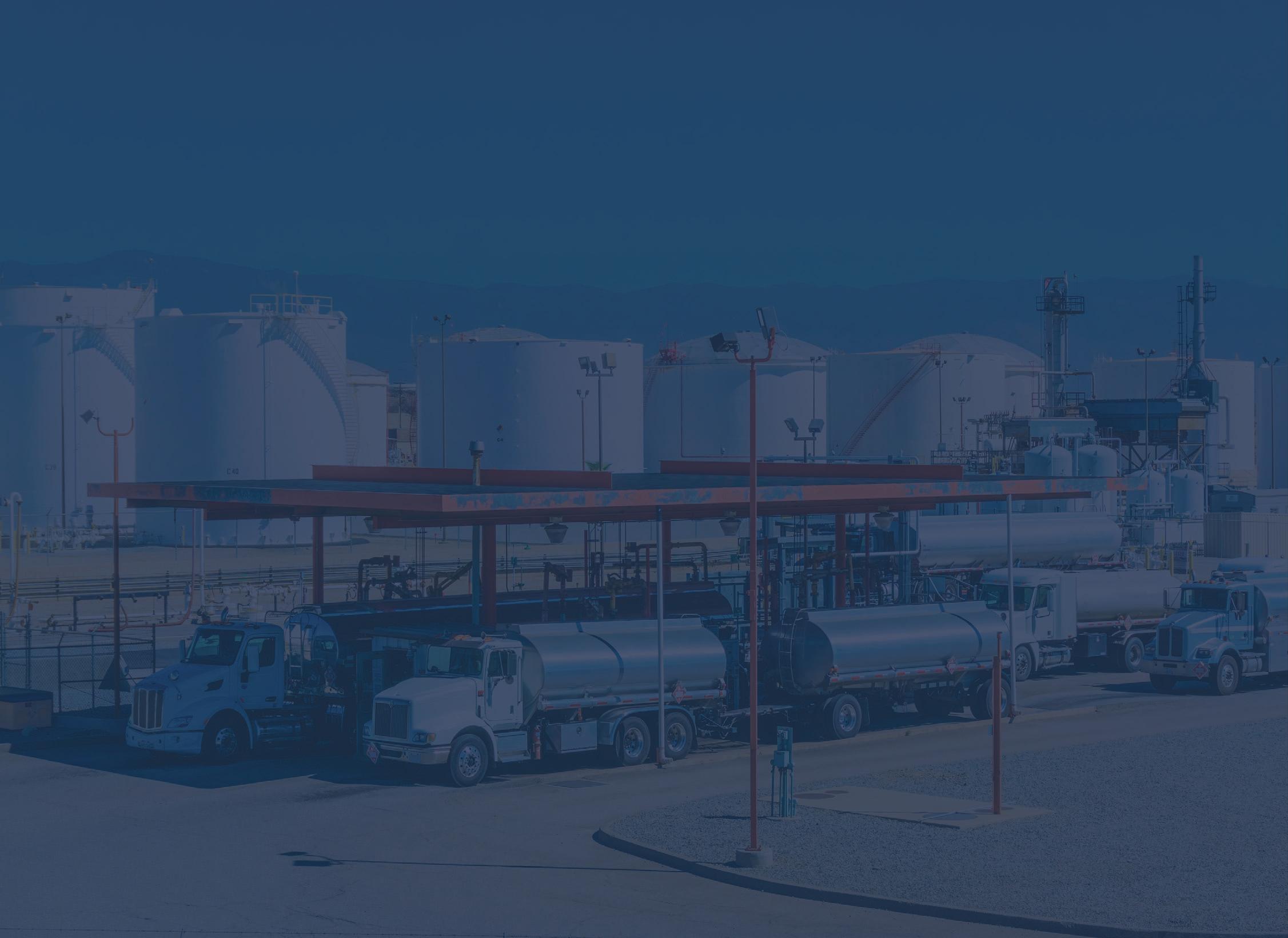

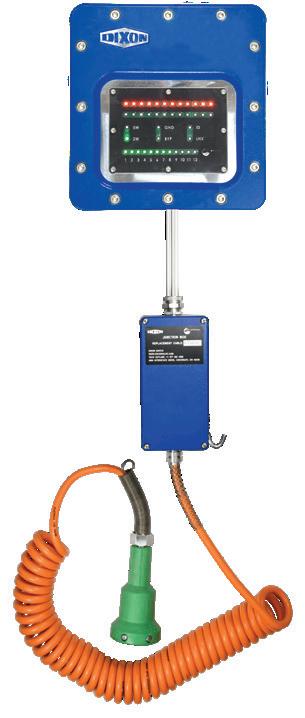


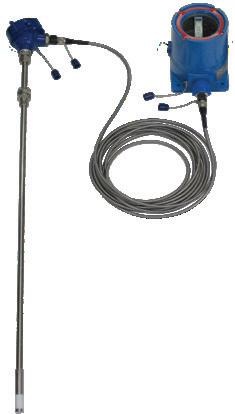

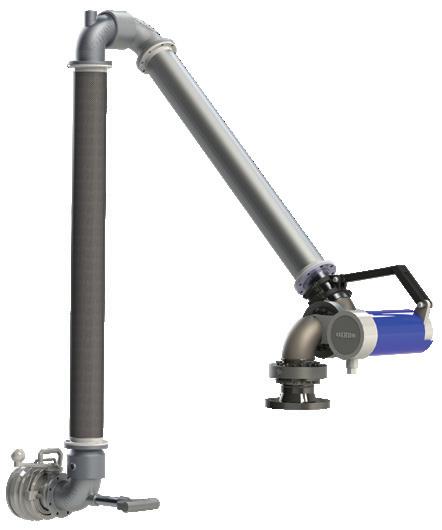
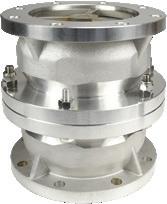
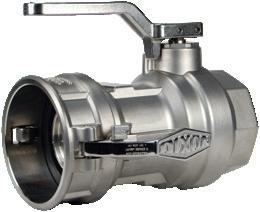
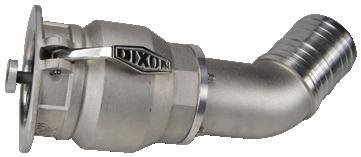
TANK TERMINAL UPDATE: ASIA
OMAN TANK TERMINAL COMPANY
Products: Crude oil pipeline Construction/Expansion/Acquisition:
Oman’s Ministry of Energy and Minerals signed an agreement with Oman Tank Terminal Company (OTTCO) for the development of a new pipeline which will export Oman blend crude oil at the Ras Markaz crude oil terminal in the port town of Duqm, Oman.
Comment:
The first phase of the terminal is currently under construction, with the expectation of its trial operation to be conducted in winter of 2022.
SHANGAHI AND LOCAL DEPARTMENTS
Products: Hydrogen pipeline
Cost: 100 billion yuan (€14.6 billion)
Construction/Expansion/Acquisition:
Shanghai and its local departments have announced extensive plans to build a regional hydrogen pipeline network and a national trading platform.
Comment:
Lin Boqiang says: ‘Hydrogen plays an important part in China’s promotion of new energy development to peak carbon emissions by 2030 and reach carbon neutrality by 2060.’
V-LOGIS
Products: Chemical storage Capacity: 218,350 sq ft
Construction/Expansion/Acquisition: V-Logis, a part of V-Trans India, comprehensive warehousing, 3 PL solutions, and end-to-end integrated logistics provider has announced Chemstore.
Comment:
It will include the latest technology. Chemstore is a specialised chemical storage solution that complies with international safety standards.
GPS GROUP
Products: LPG Storage terminal
Capacity: 1.2 million tpa
Construction/Expansion/Acquisition:
GPS Group has announced the successful completion of its LPG storage terminal in Port Klang, Malaysia. The new infrastructure will enable costadvantaged shipments of fully laden very large gas carriers (VLGC) into Malaysia and the region.
Comment:
The 135,000 m 3 terminal commenced commercial operation in May 2022.
CHINA NATIONAL OFFSHORE OIL COMPANY
Products: LNG storage tanks
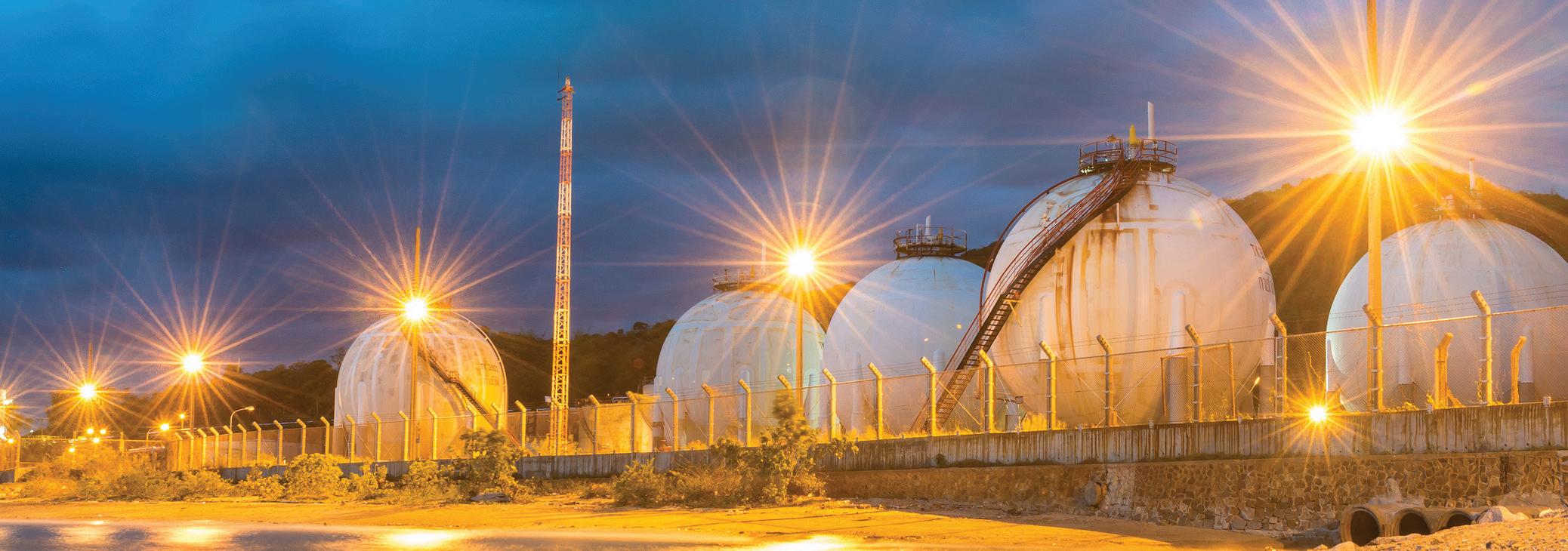
Capacity: 270,000 cbm
Construction/Expansion/Acquisition: China National Offshore Oil Company (CNOOC) has finished raising the roofs of three out of its six LNG storage tanks, at the Binhai LNG import terminal in Jiangsu.
Comment:
The three tanks will each have a capacity of 270,000 m 3 and add to the already four existing tanks, that have a capacity of 220,000 m 3 in Yancheng Binhai Port Industrial Park.
HYUNDAI SAMHO
Products: LNG-powdered carriers
Cost: $240 million
Construction/Expansion/Acquisition: South Korean shipbuilder Hyundai Samho has secured an order to build two new LNG-powered pure car and truck carriers.
Comment: Ray Car Carriers had ordered these two LNG-powered PCTCs with a capacity of 7,500 units and scheduled for delivery in 2025.
Duqm, Oman Port Klang, Malaysia Shanghai, China Jiangsu, China Mankoli-Bhiwandi, India South Korea TANKJERA
Products: Carbon capture and storage facility
Construction/Expansion/Acquisition:
ConocoPhillips will provide natural gas and manage a carbon capture and storage facility for a proposed US hydrogen gas project to be jointly developed with Japan’s largest utility JERA.
Comment:
‘JERA and ConocoPhillips will be a low-cost ammonia supplier to domestic and international markets,’ said JERA Americas Chief Executive Steven Winn.

PETRONAS/GENTARI
Products: Clean energy solution provider
Construction/Expansion/Acquisition:
Petronas has launched a clean energy solutions provider Gentari. They will begin by boasting a portfolio of renewable energy, hydrogen and green mobility solutions for commercial, industrial and retail customers.
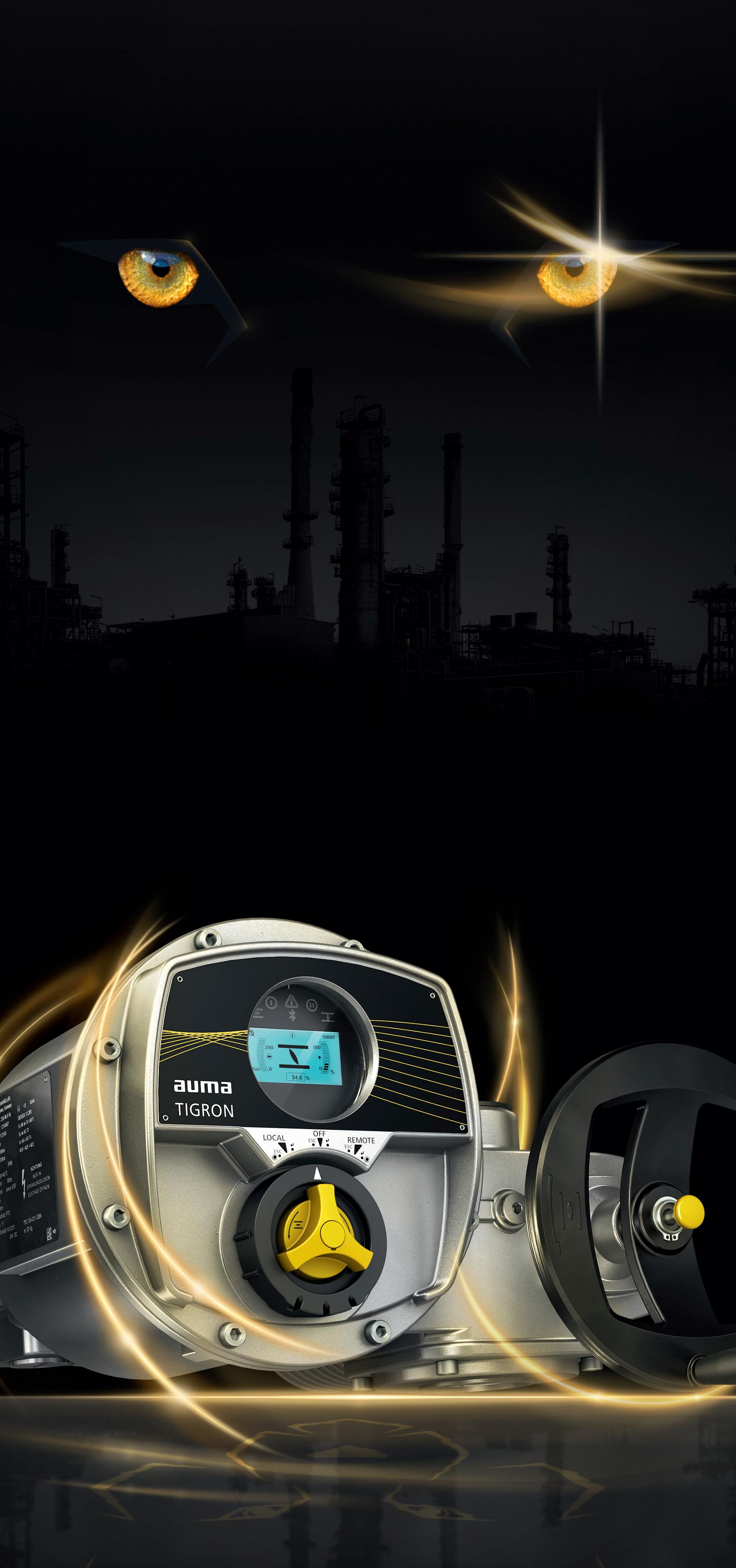
Comment:
Gentari will be supported by Petronas to establish greener opportunities and a greener future for Malaysia.
SK GAS
Products: LPG, LNG and Hydrogen Construction/Expansion/Acquisition:


SK Gas is expanding its current LNG and hydrogen business in plans to become eco-friendly and carbon neutral within the industry.
Comment: Plans will begin from 2024.
PHILIPPINES, DOE
Products: LNG import terminals
Construction/Expansion/Acquisition:
Three government-approved LNG import terminals are expected to commence commercial operations in the Philippines in the beginning of 2023.
Comment:
The three terminals are the start of six projects approved by the DOE marking the beginning of the country’s liquified gas industry. They are to include a project proposed by Shell.
ABU DHABI’S FORWARD-THINKING PETROCHEMICAL TERMINAL
Arabian Chemical Terminals Abu Dhabi’s commercial manager Mike Cromack tells Tank Storage Magazine what it means to be the region’s first independent liquid petrochemical facility
FOUNDED IN 1985, Arabian Chemical Terminals (ACT) has grown and expanded its expertise to become a key service provider in the breakbulk and general supply chain segments in the GCC region. With no existing commercial tank terminal in Abu Dhabi, ACT is developing a new site there for liquids and gases: the Arabian Chemical Terminal Abu Dhabi (ACTAD). The twostage project at Khalifa Port will primarily serve KIZAD (Khalifa Industrial Zone Abu Dhabi), ZonesCorp and ICAD (Industrial City of Abu Dhabi), and is ideally situated to become a new distribution hub in the United Arab Emirates. Tank Storage Magazine sat down with Mike Cromack, commercial manager at ACTAD to find out what makes the Abu Dhabi facility so forward-thinking.
CHOOSING A NEW LOCATION
The Abu Dhabi terminal location was central to ACTAD’s decision. ‘It is a
massive benefit being here,’ says Cromack. ‘It is a bit of a blank canvas in the area between the cities of Abu Dhabi and Dubai. It is currently devoid of [breakbulk] services. Being first in and providing an excellent range of highquality services is a powerful combination here in Abu Dhabi.’
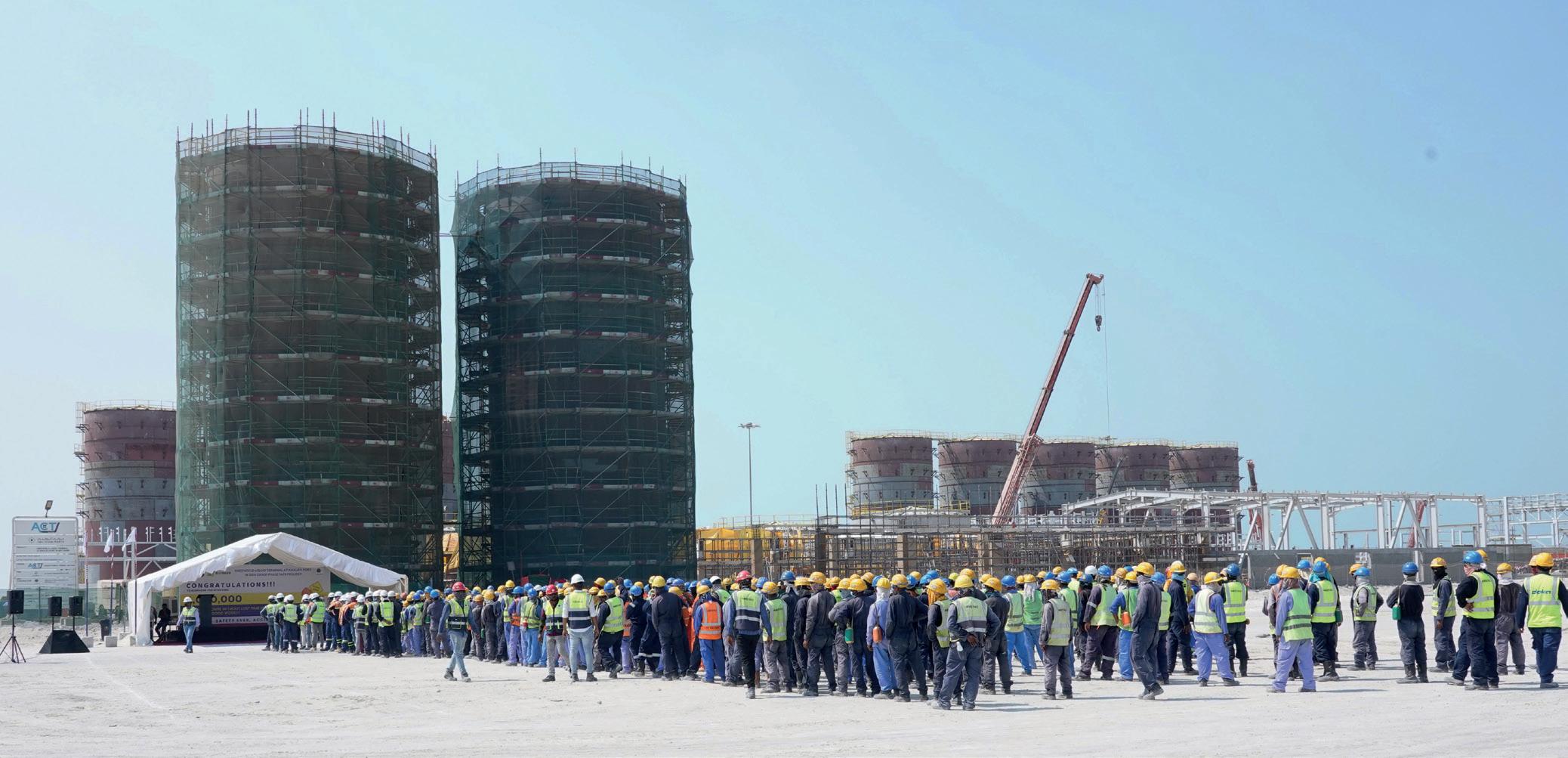
And whilst Abu Dhabi is a very new site for petrochemical facilities, ACT has deep and rich experience to draw on from elsewhere. ACTAD is the latest in a fleet of terminals owned and operated by the Reza Investment Company, a firm with a proven track record of operational excellence, which enabled it to win the competitive tender to create the Khalifa Port facility. The new site in Abu Dhabi is being completed by experts who have extensive hands-on experience. ‘ACTAD broke ground in Abu Dhabi in May 2021,’ says Cromack. ‘It is the first independent liquid petrochemical facility in Abu Dhabi.’ The facility is adjacent to KIZAD, which is attracting new industrial tenants day-by-
day. Cromack believes this will be key to ACTAD’s success, allowing the terminal to grow in harmony with other activities developing around it.
BREAKDOWN OF OPERATIONS
At present, the terminal is still in the early stages. ‘Tankage is currently being built,’ says Cromack. ‘ACTAD will initially consist of 40 main storage tanks. All tanks will be 2,500 m3 in size and store liquids. Services will include drumming and handling of ISO tankers as well as IBCs [intermediate bulk containers] plus a range of surveying and marine services.’
The first phase of ACTAD will see the company offering breakbulk services equal to any first-rate commercial terminal: storage, logistics, and handling, all vetted to leading international standards. Cromack says: ‘Being first in and doing it right first time is critical, but we have the strong success in Saudi Arabi to build on.’
It is a bold move but we’ll be providing a comprehensive offering and the time is right,’ says Cromack. ACTAD will initially use one-quarter of the total land area that has been reserved for the merchant terminal. The remaining three-quarters of the land will be used in the near future to expand its services and offerings, especially for bespoke tanks and a move to handling a range of gases.
Service and product quality are central to what ACTAD does. ‘We have eliminated the possibility of any on-site material contamination occurring. Each of the 40 tanks will have dedicated lines and pumps from berth-to-tank-to-gantry to create a closed loop system and ensure the integrity of each and every product is guaranteed,’ says Cromack. ‘The second phase is where we can get even more directly involved with industrial partners and build specifically to their needs.’
Cromack also highlights that using local trades and materials was crucial for the project, especially due to its location. By keeping the construction, materials and project management services with local businesses, ACTAD has built a terminal using home-grown talent, boosting the local economy to serve an international customer base.
BESPOKE SOLUTIONS
ACTAD expects the biggest challenge to be project selection. ‘The sheer number of projects coming forward will be a challenge; there’s a lot of inquiries coming in,’ says Cromack. ‘We are filling Phase One well, as a merchant trade terminal. But Phase Two is a different proposition. The development will be driven by our clients’ particular needs which will clearly require specific capital investment and a longer-term commitment. Together
with our clients we will go through a technical and commercial assessment before embarking on the full design. We expect this will involve a different range of materials as the drive to deliver more sustainable, alternative energy sources intensifies.’
However, ACTAD has the drive and capability to be flexible and versatile. Cromack suggests this gives the terminal an edge as it leaves an opportunity for ACTAD to work on such key issues immediately and directly with clients.
THE FUTURE OF STORAGE TERMINALS
The evolution of the sector is constant and ACTAD aims to help deliver new solutions by looking at what is possible and the consequences of the change. This innovative approach helps ACTAD to build deep and trusting relationships with clients based on collective understanding and an appraisal of the feasibility of ideas.
Cromack believes that what makes ACTAD stand out is its connections and ability to simplify processes based on its vast range of expertise. Early engagement
with potential clients, followed by an open and pragmatic exchange on what can be achieved is key. ‘This approach, using decades of experience to identify pinchpoints and to devise potential solutions to perceived problems, generates connected thinking and better results,’ he says.
ESG AND SUSTAINABILITY
ACTAD understands the importance of bringing focus to more sustainable products and services, and this is exactly what they are trying to do with its clients. Cromack says: ‘We work with clients closely to determine what their focus is and their needs may be. We are a service company, so the key thing is not to be a limiting factor or inhibitor, but rather an accelerator. We prefer to be engaged early and get the design and construction phases moving quickly. We bring learnings and extensive experience from our other projects, enabling us to progress more effectively and efficiently.’
The site has just achieved 1 million hours LTI-free (lost time injury). This is great for a new site with a large amount of heavy construction underway. ‘The design, construction and operating teams have a history of no compromise on safety and quality, repeatedly demonstrating a determination to do things right first time,’ says Cromack.
From a social inclusion perspective, the new terminal is looking to recruit a diverse workforce. ‘We are starting right now as we speak. There is an evident drive to diversify gender in the company and bring in skilled people from different backgrounds,’ says Cromack. ‘As we are in the process of growing, it gives us the unique opportunity to be aware and sensitive now, and once again, to get it right first time.’
When complete in 2023, the facility’s capabilities will include strategic storage, industrial terminalling and specialised product handling of liquids and gases. It will perform several breakbulk functions for the import, export, and distribution of a broad range of basic and specialty chemicals including ammonia, hydrogen, LOHCs, hydrocarbons and vegetable products.
more information: www.act-uae.com
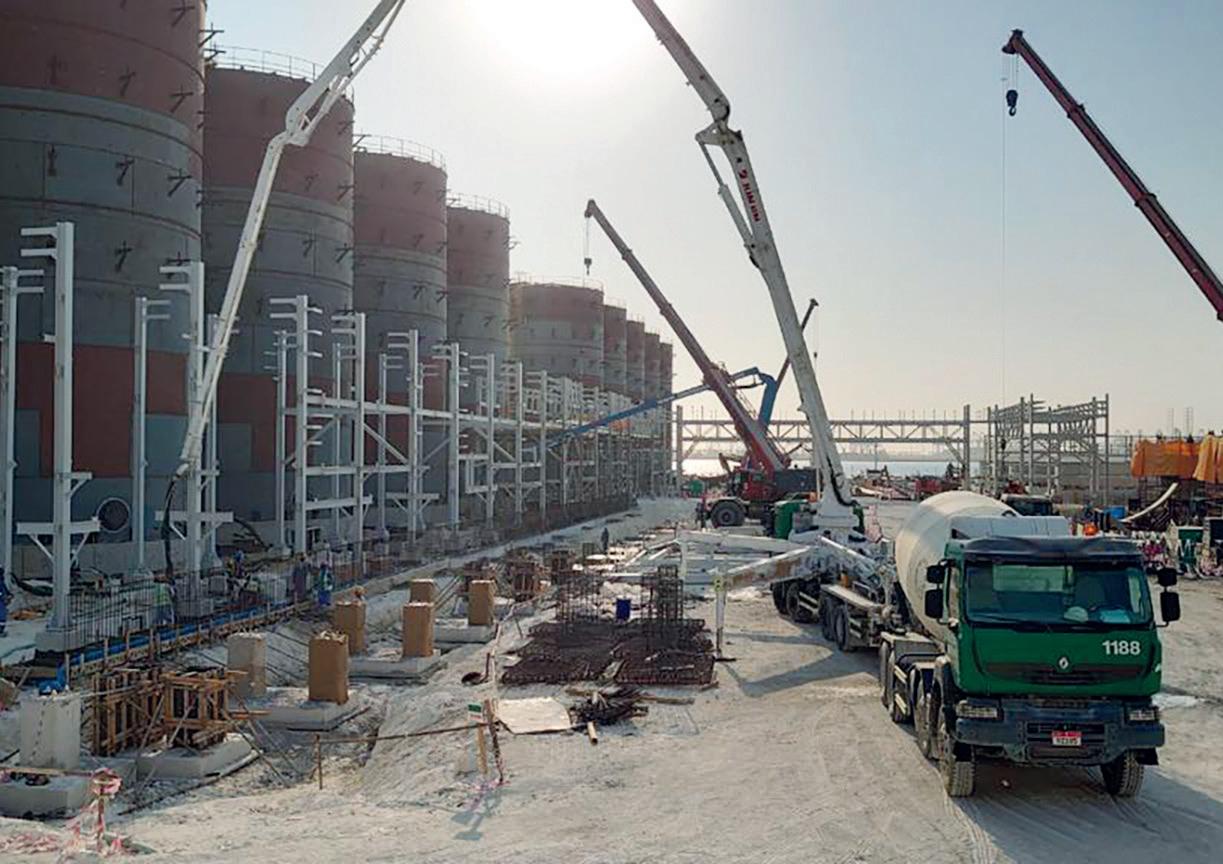
By keeping construction, materials and project management services with local businesses, ACTAD has built a terminal using home-grown talent, boosting the local economy to serve an international customer base
EUROPE’S AMBITIOUS NEW AMMONIA TERMINAL
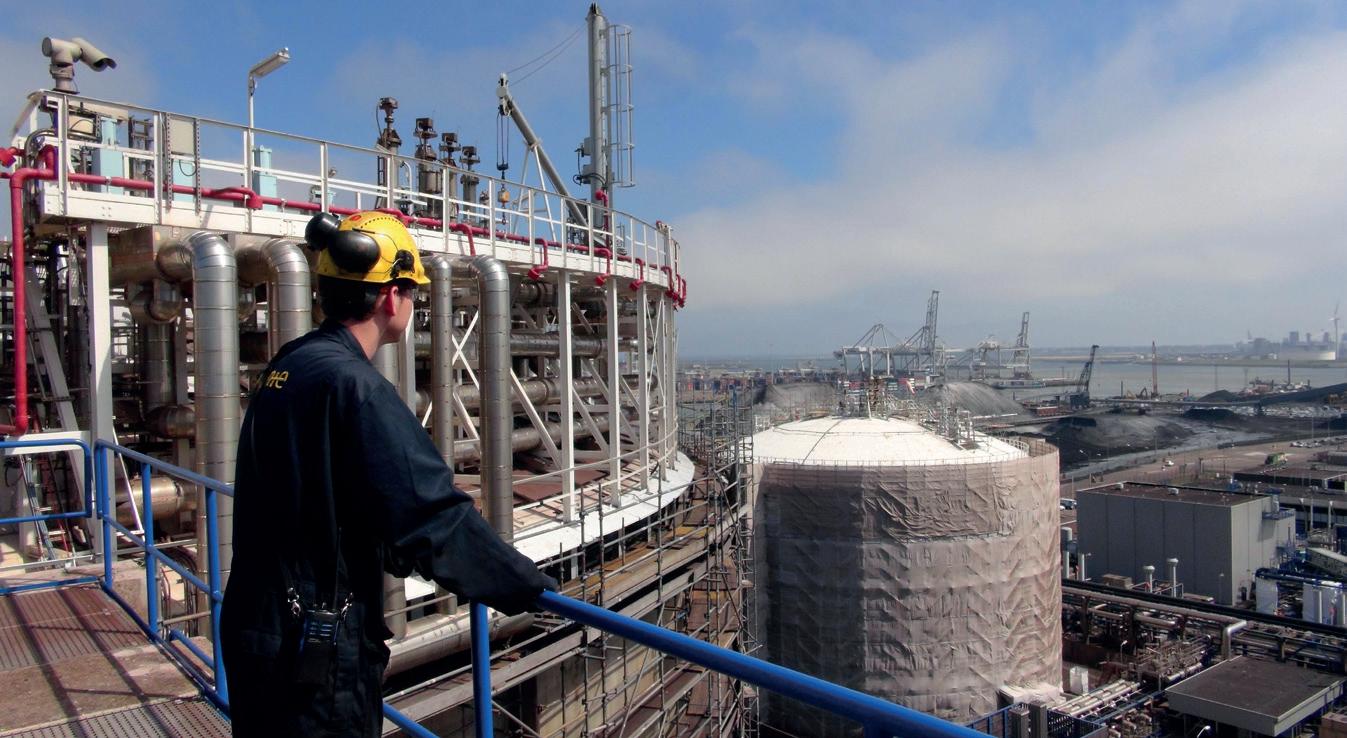
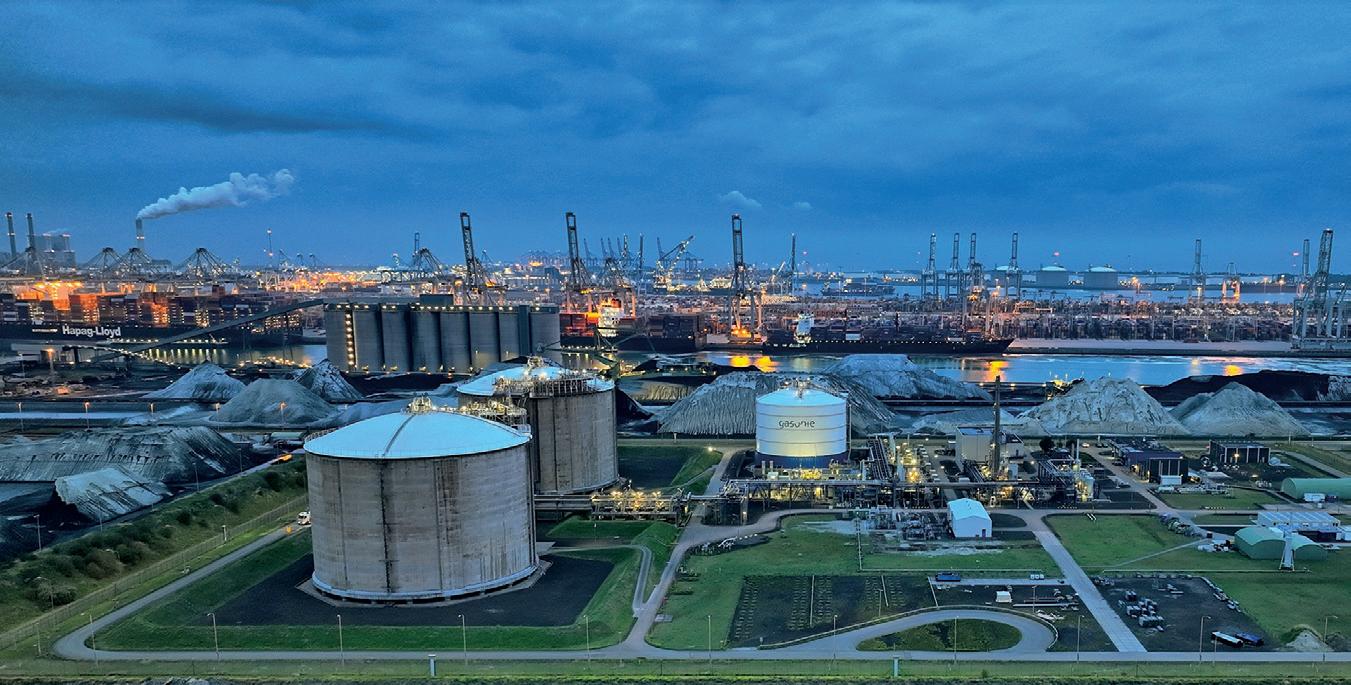
Tank Storage Magazine speaks to ACE Terminal’s project director, Egbert Vrijen, to find out how this cross-company collaboration is facilitating the import of ammonia as a hydrogen carrier into northwest Europe
IN THE PORT of Rotterdam, three strategic partners, Gasunie, HES International and Vopak, have joined forces to develop an import terminal for ammonia as a hydrogen carrier. By working together, the group aims to use existing Gasunie pipeline infrastructure at the port, combined with Vopak’s tank storage expertise and HES International’s terminal experience.
ACE Terminal is planned to be operational in 2026. ‘The planned terminal is strategically located with direct deep water access from the North Sea, including quay capacity and ample land availability, connection to Rotterdam’s industry and Gasunie’s extensive pipeline infrastructure,’ says Egbert Vrijen, project director ACE Terminal. ‘The location offers an excellent starting position for the import, storage and transshipment of the green ammonia, and the further transit of both ammonia and hydrogen to end users within northwest Europe. There is also enough space to expand storage capacity and for the conversion of the ammonia back into green hydrogen.’
EUROPE’S APPETITE FOR GREEN AMMONIA
As Europe moves towards future fuels and zero carbon targets, facilities like ACE terminal will become more necessary. ‘The main reason for ACE terminal is to facilitate the need for green hydrogen in
northwest Europe,’ says Vrijen. ‘Hydrogen will play an important role in the energy transition. The future demand for green hydrogen in the region exceeds the capacity that can be produced locally from sustainable sources.’ So, hydrogen will need to be imported to satisfy the increased demand.
There are several ways to transport hydrogen over sea. It can be cooled to an extremely low temperature so that it becomes liquid. This makes it considerably more dense, taking up less space. Or you can bind the hydrogen to liquid organic hydrogen carriers (LOHC). ‘At the moment, we see that the most attention is currently being paid to the
With our access to the Dutch and European hydrogen pipeline network and waterways, the hydrogen can be fed into the energy system, ready for use
variant where hydrogen and nitrogen are combined to form ammonia. This is a technology and a trade that already exists and is currently the most promising solution in the short term for long distances,’ says Vrijen. ‘At ACE terminal we focus on this technology, in which ammonia is a hydrogen carrier.’
The partners are currently in talks with several parties across the globe that are looking to convert green hydrogen into ammonia enabling higher volumes to be transported. ‘From Chile to Namibia, from Australia to Saudi Arabia, anywhere with a lot of sun and/or wind and plenty of space for energy farms,’ says Vrijen. ACE Terminal will be an open access terminal. Once ACE terminal customers import the ammonia to Rotterdam, it can be stored as feedstock or cracked to hydrogen ready to distribute.
It’s key to note that ACE Terminal will not own the ammonia it receives. ‘We will
facilitate the import towards northwest Europe for our customers,’ says Vrijen. ‘It is expected that the imported green ammonia will initially be of interest in particular to markets that now use grey ammonia made from natural gas. For example the fertilizer industry uses ammonia as feedstock. But there are also opportunities for using ammonia in heavy transport like for example as a shipping fuel.’
On top of facilitating the import of ammonia, ACE terminal could be a facility that extracts even more use from the product. ‘This location might also give opportunities for converting the ammonia into hydrogen again. The hydrogen can be fed into the energy system using the Dutch and European hydrogen pipeline network, or via the excellent waterway connectivities,’ suggests Vrijen.
COLLABORATIVE APPROACH
None of the work happening at ACE Terminal Rotterdam would be possible without the collaboration between Vopak, HES International and Gasunie. Gasunie already has a range of facilities and infrastructure in place at Maasvlakte in the Port of Rotterdam. ‘We are aiming to make the tanks suitable for the storage of ammonia with expected relatively limited adjustments,’ says Vrijen.
‘Access to the adjacent site of HES International gives us quayside capacity for large seagoing vessels and space for future expansion and other developments like ammonia cracking,’ he continues. ‘And our partner Vopak already owns and operates several ammonia terminals located all over the world. Vopak has a great deal of knowledge about the technology to safely store ammonia and the global market. Therefore this partnership is a powerful combination!’
With three well-established, reputable companies coming together for this initiative, it’s no surprise that standards are high. ‘The future company will
embrace and promote the same standards and values as its parent companies which all have a strong focus on diversity and inclusion,’ says Vrijen.

As for sustainability measures, Vrijen explains: ‘The Netherlands is one of the countries with the most stringent laws and regulations of the world. We are currently investigating the technical, economic and financial scope of the project focused on handling and storing ammonia (and green hydrogen). Sustainability, as well as safety, are always part of our scope.’
RAPID TIME-TO-MARKET
While it’s not fully up and running yet, ACE Terminal is planned to be operational in 2026. ‘For a large part we will make use of existing assets, currently used for natural gas storage for peak load capture,’ says Vrijen. That includes two tanks that can currently store 78 million m3 of LNG.
‘HES International has a deep sea quay and ample land available to expand the storage capacity. Gasunie is currently developing the national hydrogen network which means that ACE Terminal will be connected to the pipelines into northwest Europe,’ Vrijen continues. Making use of the existing infrastructure will facilitate the speedy timeline for operations.
This is also what sets ACE Terminal apart from other facilities, according to Vrijen. ‘ACE Terminal differentiates itself from others because of its short timeto-market. The terminal will make use of existing infrastructure and assets to achieve this,’ he says.
EUROPE’S ENERGY SECURITY
‘The current geopolitical situation has made everyone very aware of
dependence and energy security,’ says Vrijen. By repurposing equipment and infrastructure to be able to handle future fuels, ACE terminal Rotterdam is positioning itself as a leader in achieving regional energy security – all in a very short timescale.
Beyond securing ammonia for distribution, the goal is to turn the existing natural gas facility into one that’s equipped for the impending energy transition. ‘By 2026, ACE Terminal will be able to handle and store ammonia and green hydrogen,’ says Vrijen. ‘A cracker facility added to our services would make it possible to convert the ammonia back into hydrogen again.’
‘With our access to the Dutch and European hydrogen pipeline network and waterways, the hydrogen can then be fed into the energy system, ready for use and fulfilling customer demand for green hydrogen,’ Vrijen continues. This could have a huge impact on Europe’s net zero goals and help wean the region off fossil fuels much sooner than perhaps initially thought possible.
For more information: www.aceterminal.nl
01 Access to existing Gasunie infrastructure at the Port of Rotterdam speeds up the time-tomarket and lessens the terminal’s impact on the environment
02 Egbert Vrijen, project director, ACE Terminal
03 ACE Terminal outlines how the facility is expected to store, handle and distribute ammonia and hydrogen once operational in 2026
STOCKPILING, ENERGY SECURITY AND THE SINGLE MARKET
A MORE volatile world leads to greater economic planning for worst case scenarios. In September, the European Commission proposed a Single Market Emergency Instrument. While this was partly triggered by the war in Ukraine, it was mostly prompted by the lack of stockpiles of critical supplies at the start of the pandemic and the semiconductor shortage.
In summary, the Single Market Emergency Instrument establishes a framework of measures to anticipate, prepare for and respond to impacts of crises on the single market. Part of this project is to build up stockpiles of critical raw materials and strategic products across the European Union.
Stockpiles act as a buffer to even out supply and demand in case of market volatility. They also potentially offer a mechanism to stabilise prices, if stockpiles are released during a period of market tightness. A stockpile also reduces other countries’ leverage on Europe, as a stockpile can help to reduce dependency on a third country and reduces the impact of a supply cut off, for example.
HOW MIGHT AN EMERGENCY SYSTEM WORK?
The EU system is still in the early days of development and the precise way in which this will work is still being elaborated.
Our previous experience under the Oil Stocks Directive has been that there is a central authority that determines, on the basis of market monitoring, when a stockpile should be released and this body also determines the quantity of product to be released. In the case of oil stockpiles that exist today, this body is the International Energy Agency.
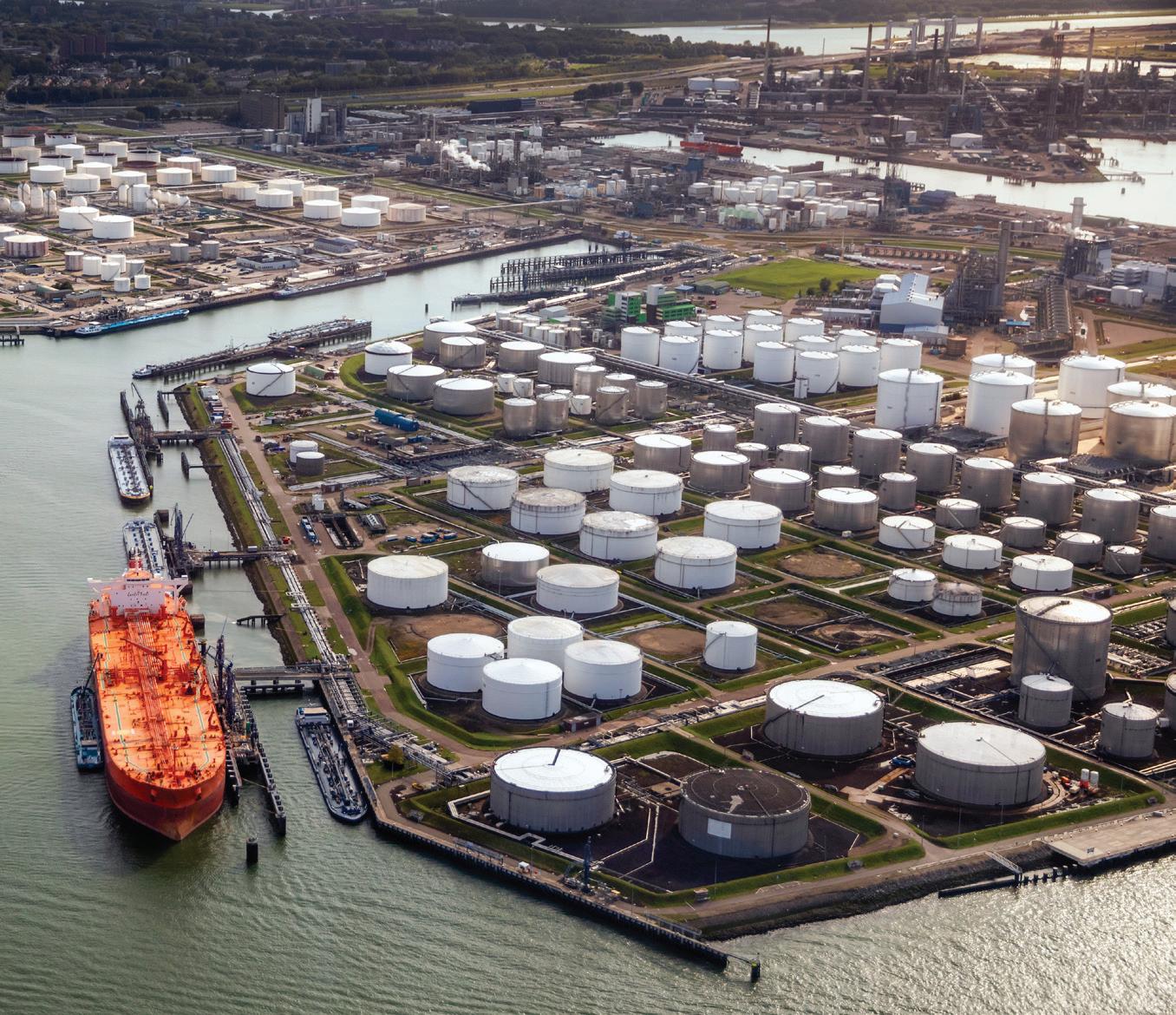
The UK is unlikely to be included in EU plans due to Brexit and the EU wanting to control stockpiles on EU territory. However, it’s safe to assume that the UK and other countries might also consider this kind of initiative, especially given the consequences of relying on spot markets
for gas security. For example, the lack of strategic gas storage in the UK does not help with energy security in this region.
WHAT IS CONSIDERED CRITICAL?
An open question related to the Single Market Emergency Instrument is precisely what are the products that will be stockpiled and deemed strategic for the EU. Finished products, like chips, have been mentioned, but also gases for critical supply chains like noble gases.
Other potential critical products include future fuels such as hydrogen and raw materials going into renewable and battery technologies such as lithium.
As usual, the extent and composition of stockpiles will probably depend on their costs, locations, criticality of the product in question, etc. Normally, stockpiles are located in a range of regions to ensure
resilience, and proximity to users. They tend to be close to industrial hubs and are situated in places where there are good road, rail and sea links to transport to feed industry and replenish stocks.
Tank storage companies are used to holding stockpiles and have permits for storage of a variety of products. So it makes sense that many will be looking closely at the opportunities that could arise from EU stockpiles of strategic products. Rather than a slew of new terminals, however, operators would be looking at a potential change in product mix if future energy carriers, critical chemicals and critical gases for strategic supply chains were to be listed as needed for stockpiling.
For more information: www.fetsa.eu
FETSA’s executive director, Ravi Bhatiani, tells Tank Storage Magazine about the proposals for a Single Market Emergency Instrument
CRUCIAL & SUSTAINED ROLE FOR LNG IN ASIA’S SUPPLY
ENERGY DEMAND is expected to continue rising across Asia, with a predicted peak in the early 2030s; approximately 20% higher than 2020 levels, according to DNV’s Energy Transition Outlook.
Renewable sources are expected to meet a majority of the growth forecast. However, the medium-term growth potential of greener options in Asian markets is limited by challenges in integrating them with existing electrical infrastructure, all while ensuring reliable, secure, and dispatchable power.
This means that the requirement for natural gas, the lowest carbon fossil fuel, will also grow in the future, alongside the development of increased renewable capacity. Given the limited availability of domestic natural gas, and the lack of local pipeline infrastructure, LNG imports will have a larger part to play.
RENEWABLES FORECAST
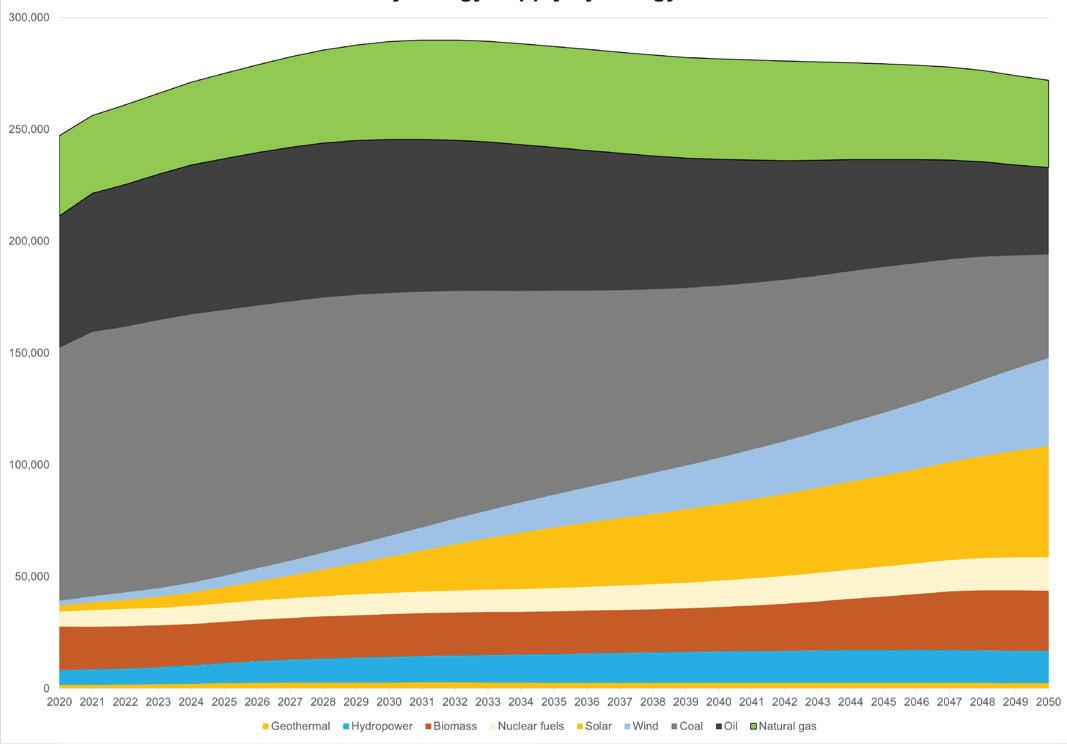
‘We expect that growth in renewables will be the primary support for rising energy demands across Asia over the coming decade, increasing from 13% of primary energy supply in 2020 to over 20% by 2030,’ says James Laybourn, regional sales director for DNV Energy Systems in Singapore.
‘We are actively supporting the rapid development of new renewables sources across Asia, as well as the associated power infrastructure to support them,’
Laybourn continues. ‘However, the growth in overall energy demand combined with challenges scaling renewable infrastructure means that we expect natural gas to play a particularly important and sustained role in Asia’s energy supply through to 2050.’
Asia is expected to maintain a continued dependence on natural gas to fulfil around 15% of its total primary energy supply until mid-century. Much of this supply will be in the form of increased LNG imports to Asia.
CURRENT LNG IMPORTS IN ASIA
Imports of LNG into the region are currently curtailed as Europe scrambles to secure supply ahead of winter. This has been fuelled by Russian supply being largely cut off and the inability of Norway to scale up its own.
This is leading to supplies being diverted from Asia which, in combination with high spot prices, is reducing imports. In some countries, a return to coal has also been precipitated by the urgent need for a readily available, reliable and less costly energy supply.
Sustained high LNG prices have therefore eroded the present economic case for imports of gas into Asia. Two of the largest forecast growth markets in the region –China and India – have reduced their LNG imports by 20% and 10% year-over-year, respectively. Sales in Asia through July 2022 have fallen more than 6%, compared to the same period in 2021.
ASIA’S LNG RESOURCES
For the long term, continued investment is necessary if LNG supply, alongside the development of renewable energy capacity, is to meet Asia’s increased demand. There will need to be a particular focus on LNG import facilities and supporting downstream infrastructure in new markets – and investment needs to be accelerated soon. The maintenance and integrity management of existing infrastructure will also be necessary to retain the system’s efficiency and functionality.
Domestic supplies of natural gas are limited and cannot ramp up to meet the growing demand. Geopolitical fears also lead to a need to diversify supply sources to ensure security in an uncertain world.
Singapore is one example where LNG is now favoured over regionally sourced (and increasingly scarce) pipeline gas.
LNG imports present the most logical candidate for most Asian countries due to limitations on pipeline infrastructure, and an increased focus on energy security.
In the medium term, DNV expects a returned focus on LNG imports into Asia, particularly among developing economies looking to reduce their dependency on highly carbon intensive coal-fired power generation.
Hence, LNG is expected to bounce back after gas prices have normalised. It will enhance its role as the most flexible and secure natural gas source and will see a diversification in its role in downstream markets in the transition to a lower carbon future. Preparations for infrastructure development will have to be made to accommodate this increased market activity.
For more information: www.dnv.com https://eto.dnv.com/2021
ADAPTING TO CHANGING NEEDS
AS THE UK moves to embrace the next steps in its net zero campaign, the use of traditional fuels is set to decline, while sustainable alternatives will play a growing role. The pace of change is accelerating as 2030 comes ever closer and the UK strives to hit emissions targets by 2050.
Information recently published by the Hague Centre for Strategic Studies (HCSS) covering tank storage in global supply chains has noted that in the UK and Europe, reliance on petrol, diesel and crude oil is already depleting.
This reduction is a sign of change across the UK as companies like Stanlow Terminals adapt storage capabilities to open doors to lower carbon fuels and new energies.
BIOFUELS: SUPPLYING TOMORROW’S FUEL SUPPLY
As the UK moves towards more environmentally friendly sources of energy, reliance on biofuels is increasing. Both the government and industry are, for example, investing substantial sums in sustainable aviation fuel (SAF) and we see that in the growing number of production plants being announced, enabling the product to be used on its own or blended into current fuels to help offset fossil fuel usage.
The blending target of biofuels into fossil fuels in the EU is 14% up to 2030 and is expected to become even more ambitious as we move beyond that following the revision of the Renewable Energy Directive (RED). Eventually,
conventional fuels could be fully replaced by low-carbon biofuel alternatives, for applications like aviation where alternatives such as electric power or hydrogen are technologically challenging. For road transport, petrol and diesel sold to consumers at UK pumps already contain up to 10% and 7% of biocomponents respectively. This is set to increase in the years ahead, providing short-term sustainability goals that will work alongside the longer-term drive to electrify road vehicles.
Stanlow recognises this shift in needs on both a national and international level.
At the end of 2021, Stanlow Terminals announced a three-year project to see its facilities expand, with the aim of developing the UK’s largest biofuels
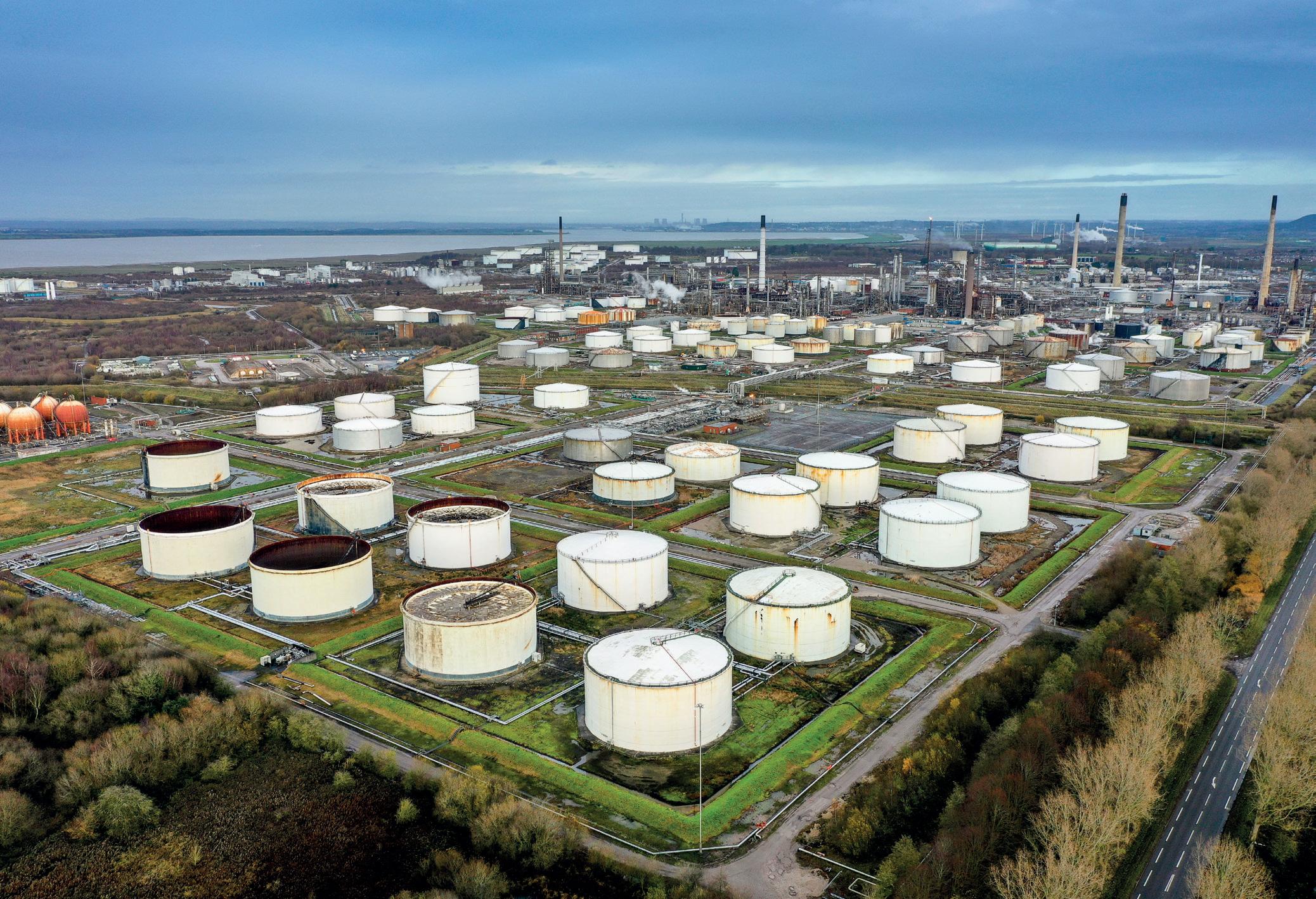
Simon White, Stanlow Terminals’ lead engineer, looks at how the terminals industry is adapting to growing climate pressures and how Stanlow itself is supporting the drive to net zero
storage hub located in the northwest of England. The Stanlow facility is perfectly placed to play this role, offering 300,000 m 3 of storage capacity in an advantageous strategic location.
The new facilities at Stanlow and Tranmere Terminal, located within the Port of Liverpool, will allow customers to store, blend and distribute biofuels suitable for use in the energy transition as drop-in replacement transport fuels for road, aviation, and marine travel.
The customer-led investment will support the growth of SAF and strengthen Stanlow Terminal’s existing ties with Fulcrum’s Northpoint project, which will be creating the fuel from municipal waste for use by airline companies. Stanlow’s expansion doesn’t stop there, as the company invests to become the largest bulk storage and energy infrastructure provider for storage of hydrotreated vegetable oil (HVO), a direct diesel replacement, and a new bioethanol and methanol storage, blending and distribution facility to support the transition towards a renewable energy society.
GETTING SERIOUS ABOUT HYDROGEN ADOPTION
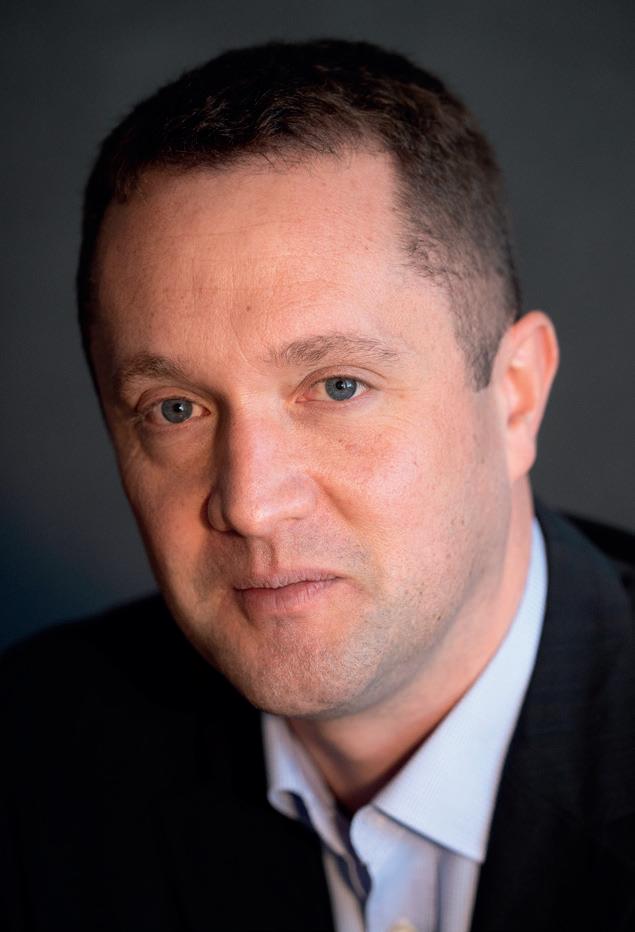
While bio-derived fuels and bioblend components offer effective solutions for some pressing challenges, they still involve burning fuels that release emissions. That’s why, alongside this, development is continuing along with Stanlow Terminal’s sister company, Vertex Hydrogen, into the production of green and blue hydrogen, which provide a completely emissions-free form of energy at the point of use.
One of the main methods to create blue hydrogen fuel is to use an intermediary product rich in hydrogen atoms, such as methane, and strip the carbon from it, leaving behind pure hydrogen for distribution to users. The carbon released during the process can be captured for long-term storage. The result is a useable fuel with low carbon emissions, even when the hydrogen itself is burnt. One of the key pieces of the hydrogen adoption puzzle that Stanlow Terminals is addressing is delivering solutions to support the efficient transport of hydrogen to where the energy is needed.
This can be achieved in many ways, but one such approach is using hydrogen rich carriers such as methanol and green ammonia. While these have their own particular safety requirements when it comes to transport and storage (particularly in the case of ammonia) new tank, pipeline and transport infrastructure will be constructed to support the safe distribution and storage of these products.
It is clear that low-cost, sustainable electricity sources will play a key role in delivering the hydrogen required for the future. Globally, geographies with advantages in the production of electricity from solar, wind, wave and geothermal generation are likely to see significant growth in their hydrogen production capabilities, but these will not always be in the same location as the demand centres for the fuel. Hydrogen carriers are likely to play a critical distribution role in this disparity.
Storage and transportation of hydrogen is set to be a key challenge in the UK and around the world as it becomes an increasingly common means of getting energy from power-generation source to point of use. While hydrogen carriers will help, significant upgrading of the infrastructure will be required to support widespread usage across the country.
Stanlow Terminals is working to support hydrogen adoption by investing in creating infrastructure through which it can be transported and stored. This includes hydrogen-ready pipelines, road, rail and marine terminals.
INDUSTRY HYDROGEN ADOPTION
As a newer energy solution, there are a number of ongoing attempts to integrate hydrogen fuels into industry. Stanlow Terminals parent company, Essar Oil UK, has commissioned a new furnace for its refinery that will be capable of using hydrogen fuel as its main source of power, proving that clean and renewable fuel can already play a role in further efforts for greener fuel storage and usage.
GOING UNDERGROUND: CARBON CAPTURE AND STORAGE
Carbon capture, utilisation, and storage (CCUS) is considered to be a cornerstone of the decarbonisation of Europe’s energy-intensive industries. CCUS is also essential to produce blue hydrogen, with the leftover carbon needing to be stored for the process to be worthwhile to the environment. This is achieved by siphoning the carbon off and pumping it underground into larger natural reservoirs.
As an emerging technology in the fight for net zero transition, CCUS is expected to be deployed at Stanlow on a large scale before 2030. But total global CO 2 capture capacity as of 2021 stands at 40 million tonnes. The international Energy Agency has already said it expects this figure to increase to 840 million tonnes by 2030.
As efforts to move away from traditional fuel sources increase, increased storage capacity will become an integral factor in the viability of hydrogen and other fuel sources.
The continued work is a vote of confidence towards the long-term viability of hydrogen being a serious contender as a zero-emissions fuel source.
THE FUTURE FOR FUEL STORAGE
As the UK and Europe move towards these new types of fuel, it will be the job of storage terminals and connected ports to be the backbone of the move towards a sustainable future.
Stanlow Terminals recognises that its optimal positioning for bulk liquid infrastructure and storage facilities as well as its expertise in handling high hazardous and regulated products will mean the northwest of England will play a pivotal role in supporting the UK’s net zero ambitions long into the future.
As Stanlow continues to adapt its offerings and storage capabilities for traditional and newer fuel sources, there is confidence that Stanlow Terminals will play a pivotal role in supporting a much-needed bulk liquid evolution across the country.
For more information: www.stanlowterminals.co.uk
EVERYTHING YOU NEED TO KNOW ABOUT ESOS PHASE THREE
Dan Ellis, head of sustainability at Adler and Allan, discusses how to ready your operations for the government’s new regulations
THE GOVERNMENT’S Energy Savings Opportunity Scheme (ESOS) aims to boost the energy efficiency of UK businesses. It’s a mandatory programme that applies to large UK companies with a specified turnover and headcount. As part of ESOS, qualifying businesses must track and report energy usage across their buildings, processes, and transport. They’re also encouraged to find costeffective ways to cut consumption.
The scheme runs in four-year phases. Adler and Allan is currently in phase three, and the countdown to compliance has begun.
HOW TO KNOW IF YOUR BUSINESS QUALIFIES
Businesses need to carry out an ESOS assessment if they have:
• More than 250 employees in the UK; or
• A turnover exceeding £44.1m (€49.1m) and a balance sheet exceeding £37.9m (€43.1m)
If your business took part in the two previous ESOS phases, it’s likely you’ll need to participate in phase three.
THE BUSINESS QUALIFIES FOR ESOS: NOW WHAT?
ESOS assessment is a six-stage journey – from measuring energy use to Environment Agency reporting and recordkeeping. If guidance is required, working with a trusted partner can streamline the process, helping businesses to navigate audit requirements and ensure their submission fully complies with ESOS guidance.
1. Calculate your business’s total energy consumption
Businesses are required to measure all energy use across their premises,
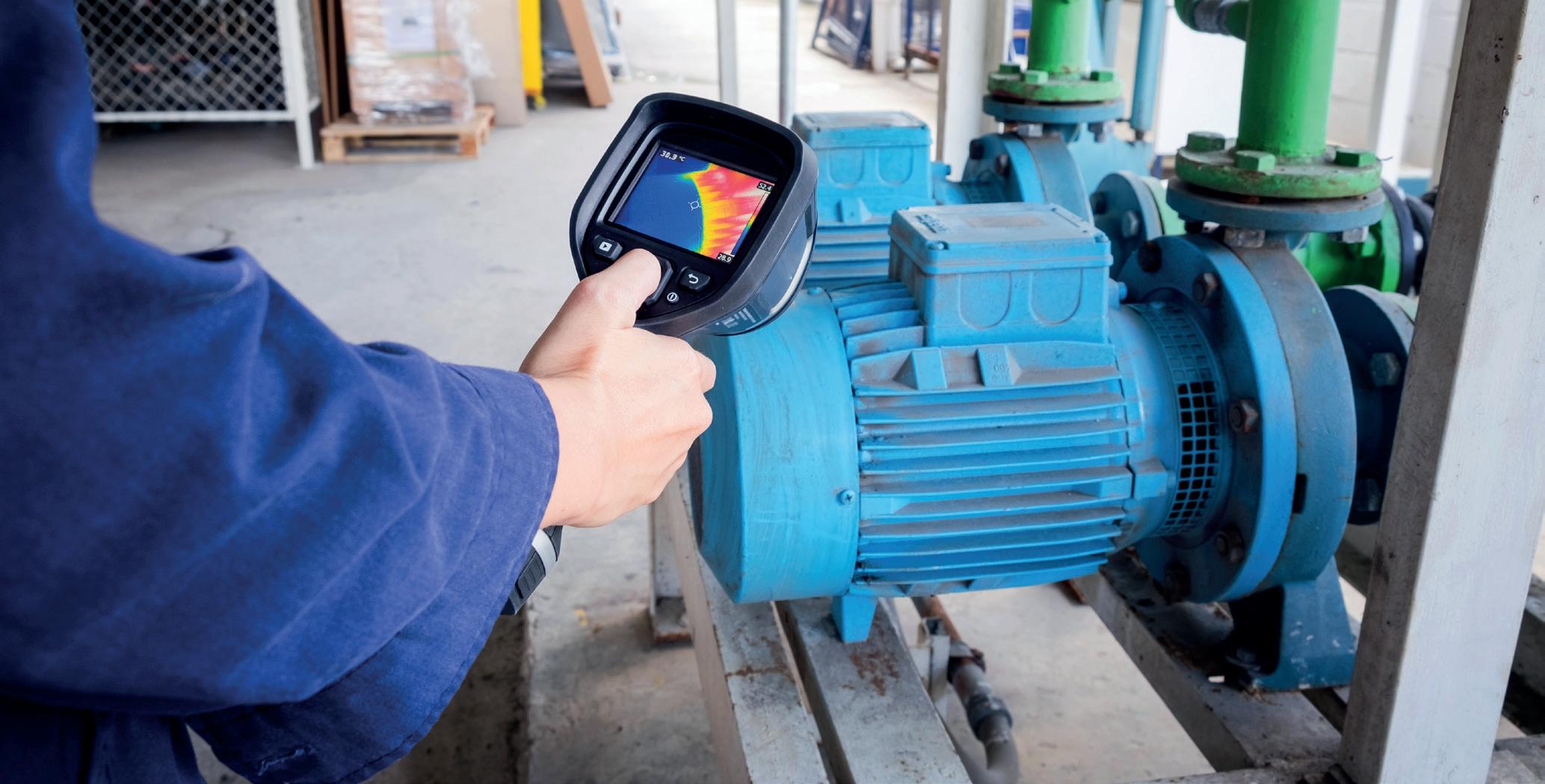
Businesses will not be allowed to simply replicate the same historical ESOS energy audits for phase three.
The Environment Agency expects to see different and progressive energy audits rather than tick-box compliance activity
industrial processes, and fleet. Under ESOS, energy is defined as combustible fuels, heat, renewable energy, electricity, and transport fuel. Your assessment should cover a representative sample of your operations and sites, and results should be presented in a common unit, such as pounds sterling or kilowatt hours.
2. Identify and audit areas of significant energy consumption
Pinpoint which assets and activities account for at least 90% of your overall energy usage. Up to 10% of your energy consumption can be classed as de minimis (too small to be meaningful) and can be omitted from your calculations.
Once you have identified your highest consumption areas, you need to audit them against minimum government requirements. Any energy audits conducted between December 2019 and December 2023 count towards ESOS compliance.
3. Create an ESOS compliance plan
Use your audit results to map out energysaving opportunities. Your plans should outline practical ways to minimise waste and improve energy efficiency – and detail their estimated cost benefits.
An experienced sustainability consultant can produce a comprehensive ESOS
compliance plan, including innovative and achievable solutions – from installing EV charge points to embracing renewable energy and alternative fuels.
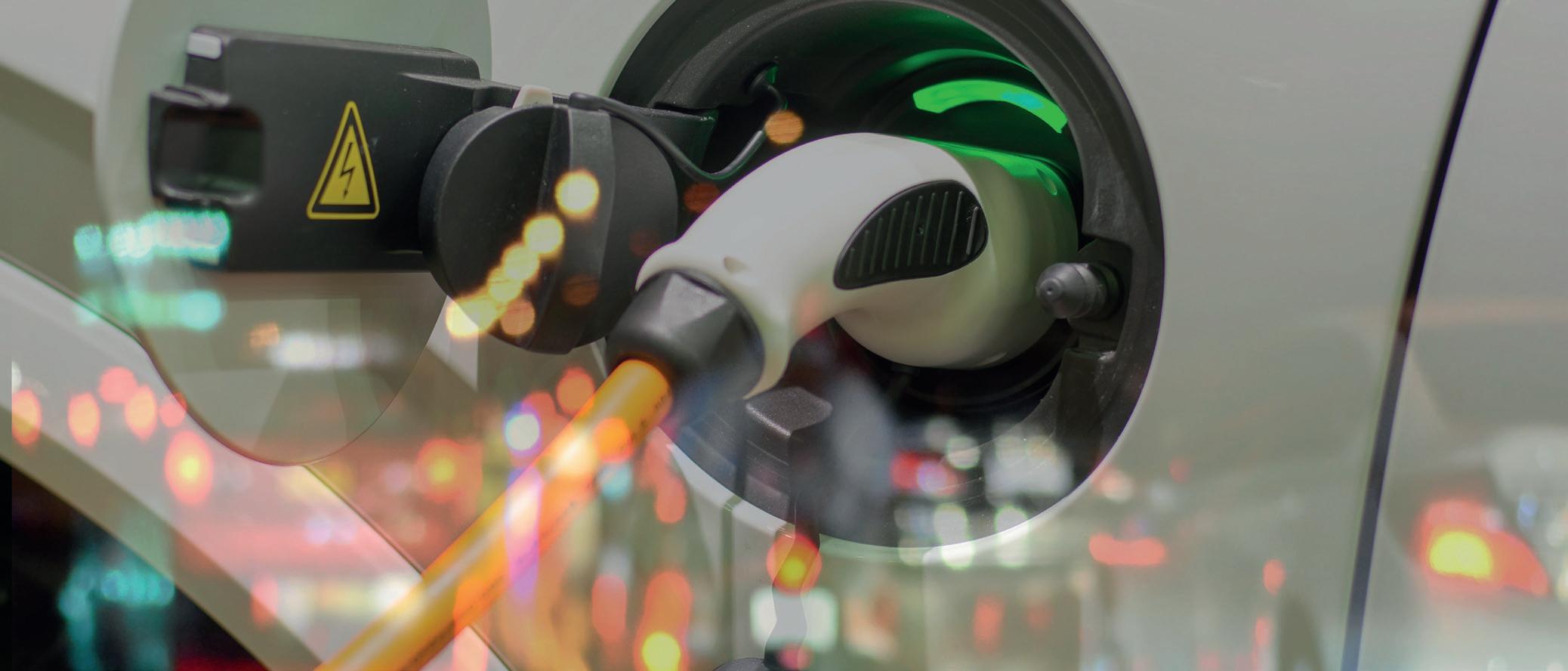
4. Appoint a lead assessor to review the report
A lead assessor will oversee your business’s energy audits and sign off on your final ESOS assessment. They could be a professionally registered employee. However, working with an external specialist can guarantee compliance and place decades of industry experience on your side.
5. Notify the Environment Agency
When your ESOS assessment is complete, you need to submit your notification of compliance to the Environment Agency.
6. Keep accurate compliance records
Businesses are expected to maintain records of how they’ve complied with ESOS in an evidence pack – and you’re free to choose the format.
ARE THERE PENALTIES FOR NOT COMPLYING WITH ESOS?
Yes, and they’re getting steeper. Failure to notify the Environment Agency can lead to an initial penalty of up to £5,000 and a daily fine of up to £500 for each working day of non-compliance. Making a false or misleading statement could lead to fines of up to £50,000.
WHEN SHOULD MY BUSINESS BEGIN ITS ESOS ASSESSMENT?
As soon as possible. The deadline for ESOS submissions is 5 December 2023, but it pays to get ahead of the curve.
In previous phases, organisations that delayed their audit faced a shortage of lead assessors and a race to secure the right expertise.
Early action means early benefits, including measurable cost savings, energy efficiencies and the confidence of total compliance.
WHAT HAS CHANGED IN PHASE THREE ?
The threshold for de minimis in ESOS phase three has reduced from 10% to 5%. This means businesses now need to ensure that 95% of their total energy consumption is covered by an appropriate ESOS energy audit.
The Environment Agency have indicated that businesses will not be allowed to simply replicate the same historical ESOS energy audits for ESOS phase three. They expect to see different and progressive energy audits rather than tick-box compliance activity.

Proposed changes to phase four of ESOS will require businesses to link energy and carbon and have a decarbonisation plan alongside their energy audit.
Adler and Allan offer this as standard, so get ahead of the curve with ESOS phase three and ensure your business is on the road to decarbonisation.
more information: www.adlerandallan.co.uk +44 800 592 82
TECHNICAL NEWS: GLOBAL INDUSTRY UPDATES
FLYABILITY ADDS CHF 15 MILLION IN NEW FUNDING
Swiss drone company, Flyability, announces that it has raised an additional CHF 15 million (€15.3 million) in a series C funding on top of CHF 7 million (€7.1 million) that it had already closed. This was led by Japan-based SBI Investment with new investor participation from Cargill and Verve Ventures.
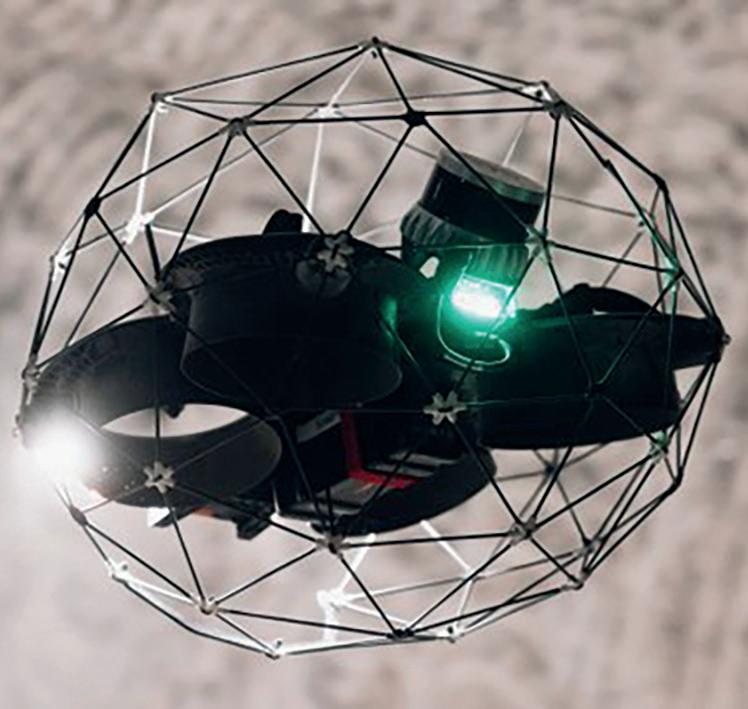
Flyability specialises in drone-based industrial solutions for companies with a focus on the mining, power generation, energy, chemical, wastewater, and maritime industries. Flyability’s drone technology increases safety by reducing the need for inspectors to enter confined spaces. It also significantly reduces downtimes for confined space inspections.
The series C funding comes just a few months after Flyability launched Elios 3, the world’s first collision-tolerant drone equipped with a LiDAR sensor for indoor 3D mapping. Elios 3 allows inspectors to visualise their assets in 3D models created in real time as the drone flies. Inspectors can create survey-grade 3D models after flights using software from Flyability and its growing list of software partners.
The Series C investment will help Flyability strengthen its position as the market leader. It will also help develop new sensing and autonomy capabilities for the Elios 3, which was designed to be highly adaptable so that it could serve the specific needs of each industry that uses it.
GLOBAL SOFTWARE AGREEMENT ANNOUNCED BETWEEN TWTG AND SHELL
Dutch I-IoT (Industrial Internet of Things) solution provider TWTG has secured an enterprise framework agreement to supply its vibration analytics solution to Shell Information Technology International. The announcement comes a few months after TWTG delivered 2,500 wireless NOEN Vibration Sensors to Shell Energy and Chemical Park, Rotterdam.
The monitoring solution forms part of SolidRed, TWTG’s I-IoT middleware. The program is designed to provide engineers with precise insight into rotating equipment that’s retrofitted with TWTG’s NEON sensors.
The application takes data collected from on-site assets and provides the operator with a visual representation of the full-spectrum vibration analysis. This can be done from any remote monitor in Shell’s closed system.
For Shell engineers, the data application allows them to have a greater insight into more than simply the RMS velocity and RMS acceleration data as they are able to turn the raw data into more practical information.
Yvo Thal, senior IT project manager at Shell Information Technology International says: ‘The SolidRed NEON VB application allows us to get the most data and insight out of the NEON wireless LoRa devices, including spectrum analysis data. Rotating engineers can evaluate changes in patterns and diagnose these without leaving their desks. Comparing visualised changes in the spectrum over variable timeframes gives engineers a clear indicator of possible wear or damage, far in advance of any actual loss in performance or potential failure.’
The Vibration Application roll-out sits within Shell’s current IT architecture, and TWTG’s open approach to development ensured the easy integration with other systems, including Shell’s Sensor Intelligence Platform.
BP APPOINTS NONEXECUTIVE DIRECTOR
BP has announced the appointment of Satish Pai as a non-executive director to the board. Pai’s appointment will come into effect from 1 March 2023, where he will join the Safety and Sustainability Committee.
Helge Lund, chair of BP, says: ‘On behalf of the board, I am delighted to welcome Satish to BP. Satish is an accomplished and transformative executive with broad experience in operations and technology management in both resources and energy industries and the board will also benefit from his strong digital capability and experience.’
At the date of the announcement, Pai is currently a Director at Hindalco Industries and ABB. Pai will bring decades of experience to the board in Spring of 2023.
GEROTTO EXPANDS OFFERING FOR AUSTRALASIA
Italy-based tank cleaning company, Gerotto, has provided distribution rights to KOR, an Australia and New Zealand based company that manufactures and distributes industry equipment through OEM companies, such as Cappellotto and Schwarze Industries. The partnership is part of Gerotto’s growing ambition to provide safer alternatives for its customers.
Gerotto’s range of robots has grown because of a proactive approach and dedication to innovation to support the demands of the market and changing safety regulations.
Meanwhile, KOR is committed to bringing innovative solutions to the industry, designed to respond to new operational needs and challenges.
Alessandro Gerotto, CEO of Gerotto says: ‘We are proud to work with an
industry leader like KOR. The Australian market is growing at a rapid pace and robots and ROVs that we produce will create a competitive advantage for customers.’
ARAMCO CEO CALLS FOR GLOBAL CONSENSUS ON CLIMATE AND SECURITY PRIORITIES
Aramco president and CEO Amin H. Nasser has highlighted the desperate need for a more credible energy transition plan moving forward.
A new global consensus that accurately and appropriately addresses climate issues and security challenges are needed for a brighter future, according to Nasser.
In a recent speech at the Schlumberger Digital Forum, Nasser suggested that three pillars should be the focus of the response. The three pillars are:
1. Policymakers to recognise that supplies of ample and affordable conventional energy will continue to be needed in the long term
2. Further reduction of carbon footprints, with the use of technology
3. The use of new, lower carbon energy, that will assist conventional sources already in place
Stressing the importance of attention to the energy crisis, Nasser emphasises the need for urgent action and cooperation, globally.
to put the product into its designated storage tank. It also offers optimisation of storage tank levels across the supply chain, reducing on-site stock levels where sales volumes are low.
Saif Humaid AL Falasi, group CEO at ENOC, says: ‘At ENOC, we are focused on continuously enhancing our business operation through digitalisation. In recent years, we have been investing heavily in optimising our operations and staying ahead of the technological advancements in the energy sector.’
corrosion or function prohibiting wear at the point of disassembly.
‘This was an incredible achievement for the team, we’ve been researching and developing technology to address the challenges that gasoline and other low flashpoint materials bring, so it was great to get the continuous operations test completed and have it be such a success,’ says Charles O’Connell, director of mechanical engineering.
SQUARE ROBOT THRUSTER OPERATIONS TESTING COMPLETE
Autonomous robotic solutions company, Square Robot, has completed a successful test of a new thruster submerged in motor gasoline. Two thirds of the tanks in the world contain crude oil or another low flashpoint product, which make them challenging for in-service robotic inspections.
The test included operation of a thruster at a nominal speed in oil for a minimum of six hours as well as disassembling and inspecting the thruster at the completion of the test period. The main objective of the test was to ensure the thruster could operate in this kind of hazardous environment at normal speed and load with no material degradation to any of its components or of its overall performance.
At the conclusion of the test, the thruster met or exceeded all objectives that were set throughout the six hour test and showed no signs of any chemical
STOCEXPO LAUNCHES ‘PITCH THE FUTURE’ CONTEST
The largest international event for the tank storage sector, StocExpo, is launching a brand-new pitch contest to help companies highlight their latest innovations.
The pitch contest will take place on day one of the StocExpo event on 14-16 March 2023 in Rotterdam, Netherlands and will be open to all exhibitors. Each pitch is limited to just five minutes.
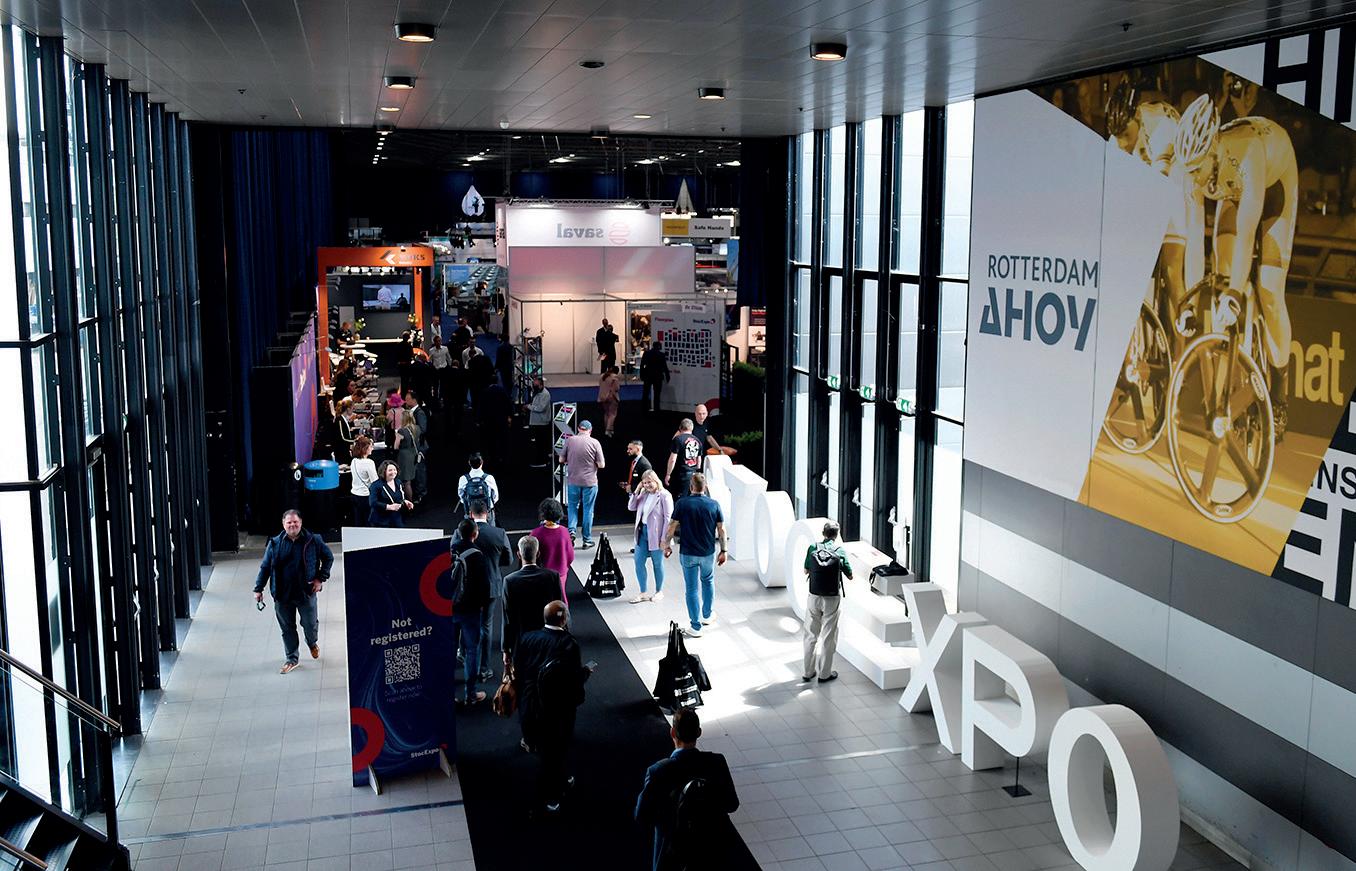
Held as part of the new Asset Management & Integrity Conference, the pitches will be judged by a selection of HSE, procurement and maintenance managers from the tank storage sector.
The winner will be awarded a full presentation slot on the following day to explain more about their technology/ service to the audience of terminal operators, EPC providers, renewable fuel producers, chemical, oil & gas majors, and traders.
For more information and to register your innovation please contact: margaret.dunn@tankstoragemag.com
ENOC GROUP INTRODUCES SMART FUEL SUPPLY MANAGEMENT SYSTEM
ENOC Group, through its subsidiary, Horizon Terminals, has announced the implementation of an advanced digital solution for efficiently planning fuel supplies.
The announcement makes ENOC the first fuel company in the UAE to implement the latest version of the system. PDI Logistics Cloud is used to plan fuel supplies for ENOC retail stations and commercial customers. It will be based on their current stocks, forecasted demand, time to load the road tanker, traffic levels, and time taken
RESILIENCE, SECURITY AND BUSINESS CONTINUITY
THE RECENT acts of sabotage on the Baltic Sea pipelines have shown that, in today’s disruptive times, the focus cannot only be on security against cyberattacks. In order to ensure adequate security, attacks from the air (e.g. drones), on land (e.g. overcoming perimeter protection) and from the water (e.g. remotely operated submarines) must be included in the risk and business impact analysis.
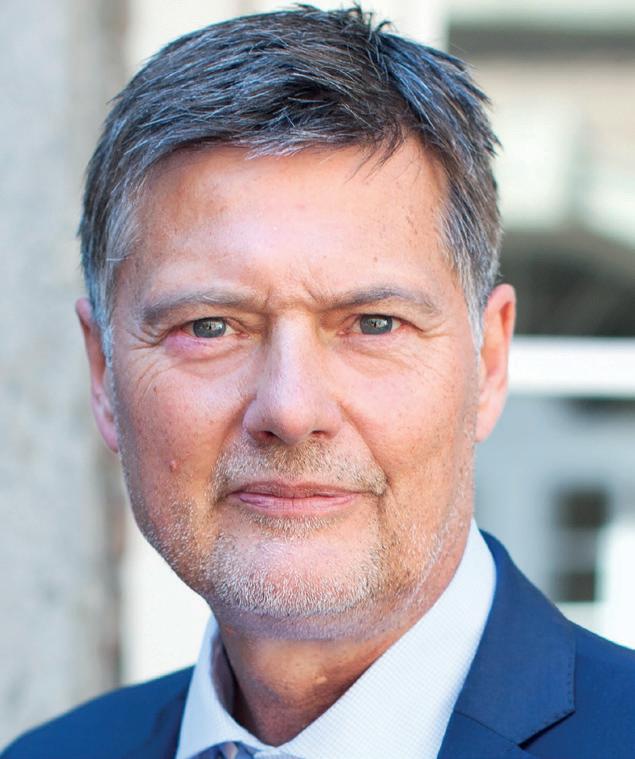
Of course, cyber threats cannot be ignored, either. The question has to be how a holistic security system can be implemented. In today’s volatile business environment, a company must be resilient on many fronts. For managers, responsibility is not a choice; it is an obligation. They must invest specifically in the development of security processes to minimise risks in order to form a stronger, more efficient company.

BUSINESS CONTINUITY MANAGEMENT
The best way to make a company resilient is to build in business continuity management (BCM) from the start. BCM describes all measures that serve to prepare organisations for possible critical business interruptions. That includes identifying threats at an early stage, managing them professionally and following up systematically.
BCM is a cross-organisational and dynamic process that must continuously adapt to changes both within and outside of the organisation. The core objectives of BCM are to harden organisations through emergency preparedness (business
resilience), to bridge failures through timely emergency response (business continuity) and to restore processes through emergency management (business recovery). There is also a need to maintain stakeholders’ appreciation of the organisation through reliable emergency communication (business reputation). In order to effectively minimise risks, BCM concepts assume the worst and prepare for extreme cases.
A high quality BCM will consider all potential threats, risks and does not fail to take everything into account. However, there are no binding criteria. At best, there are indications and practice guidelines within the framework of the well-known ISO certifications for quality management (ISO 9001) and information security (ISO 27001). These standards focus on the protection, functioning and availability of people, processes, and data of an organisation.
PLAN, DO, CHECK, ACT
The PDCA cycle (plan, do, check, act) is fundamental for BCM concepts. This facilitates communication and understanding within the organisation. These are briefly explained below:
Plan – What are the potential threats? How can your company prevent them and what needs to happen if the situation arises? The action plans developed in this phase should be tested regularly and mastered by all those involved.
Do – In this phase, what has been planned for an emergency is carried out. The actors follow the actions developed in the plan phase, ensuring operational continuity.
01Check – Once an acute crisis situation has been overcome, the question of the causes is on the agenda. The incident should be evaluated by those responsible for BCM in the company and appropriate forensic analyses carried out.
Act – Finally, it is a matter of returning to normal operations and drawing any consequences from an incident. Should new measures be planned and improvements introduced for the next PDCA cycle already in that initial phase? Or is the probability of the threat situation repeating itself so low that no adjustments are necessary in business continuity management?
PLANNING FOR BCM
In the planning phase, there should always be a business impact analysis (BIA). This is the proactive or preventive
Holger Berens, chairman of the Board of the German Association for Critical Infrastructure Protection discusses holistic approaches to business security
part of BCM. An advantage is that it can be built on existing risk analyses –regardless of whether they are derived from ISO 9001, ISO 27001 or SOX. A risk assessment analyses potential threats and the likelihood of them occurring. A BIA measures the severity of these threats and their impact on the company’s operations and finances. The BIA is an extension of the risk assessment, identifying potential risks and measuring their impact.
It is essential to identify the key business processes on which the organisation economically depends. This is the only way to build a consistent system within a reasonable time. All business processes are considered time-critical if their failure within a predefined period of time can lead to intolerable damage to the institution.
If resources such as personnel, IT systems or service providers are needed to maintain the time-critical business processes, then these resources must also be considered critical. However, there may be business processes in an institution that are not time-critical. These are not taken into account as they are assumed to have sufficient time to react appropriately.
The goal is to determine the possible effects of a business interruption on the institution. The results of the BIA are the essential basis for all further activities
and measures in BCM, as they show what is particularly worth protecting and what can be neglected if necessary. Businesses can gain an understanding of:
• Overview of the time-critical business processes and their maximum tolerable downtime
• Overview of the time-critical process dependencies
• Overview of the time-critical resources and their required recovery time (RTO) as well as the timeliness of data recovery (RPO)
• Overview of possible single points of failure
LIMITATIONS OF THE BIA
The BIA cannot and should not answer the question of whether resources can be saved or used more efficiently. The BIA also cannot and should not answer the question of whether a business process is important for the institution. The institution needs controlling in order to make business decisions and strategically align itself for the future. However, these processes do not have to be time-critical.
And finally, the BIA cannot give a complete overview of all processes and resources of the institution. Firstly, only those business processes are considered
that lie within the scope of the BCMS/ the area of investigation defined in the preliminary analysis. Secondly, only the process and resource dependencies of the business processes assessed as time-critical are examined in more detail. The BIA therefore does not replace process or resource management.
A holistic BCM is not witchcraft and is indispensable for the survival of the organisation in today’s world. In the upcoming webinar, the structure and implementation of an individualised BCM are discussed based on best practice.
For more information:
Holger Berens will be part of Tank Storage Magazine’s webinar: How to prevent and react to cyber-attacks against critical infrastructure.
The webinar will take place on 15 November 2022.
www.tankstoragemag.com www.bmi.bund.de
New Pipe Support Barrier Reduces Corrosion and Installation Costs
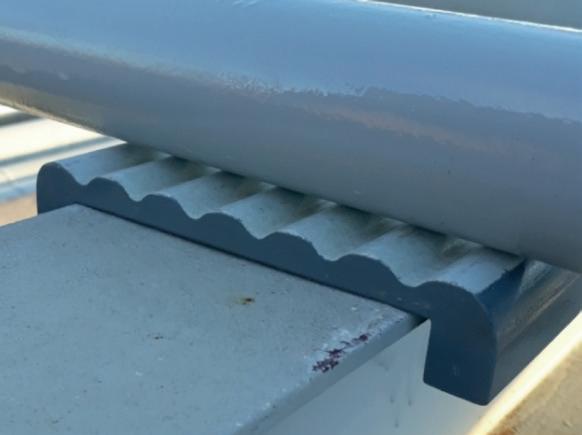
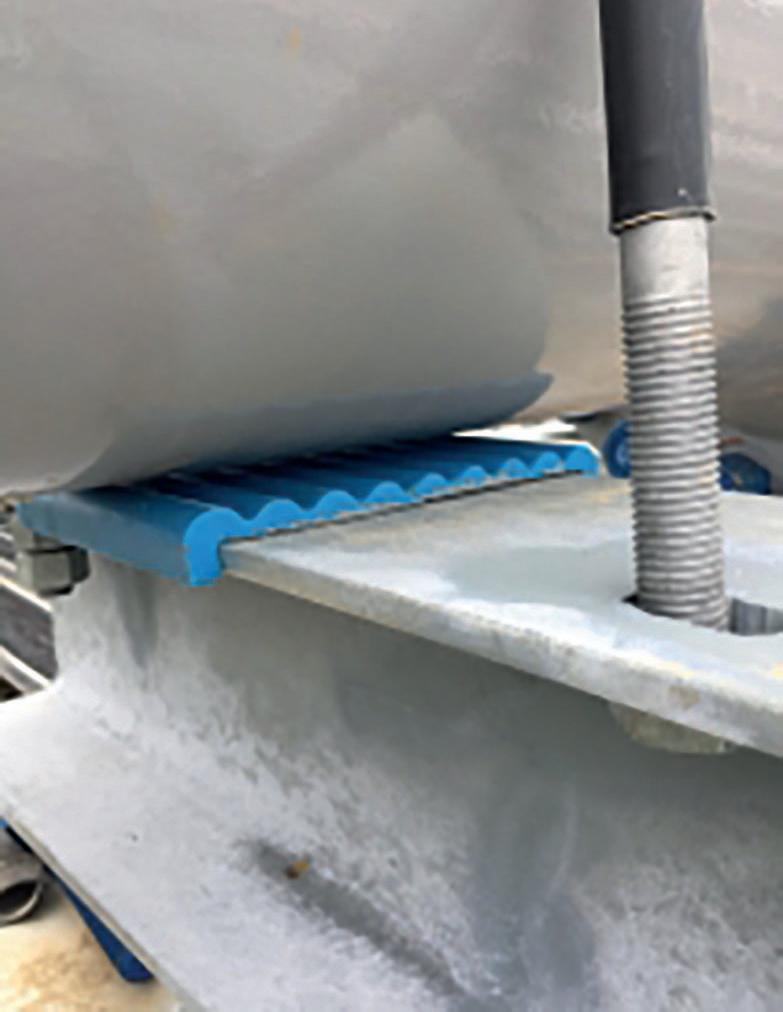
Lift-Off Pipe Supports, a Lake Charles, Louisiana Company, has recently successfully designed, manufactured and installed their new “LOR” range of pipe supports with excellent results (according to the installers and pipeline company owners).
Lake Charles, LA, July 14, 2017 – ( PR.com ) – Lift-Off Pipe Supports has recently designed, manufactured and supplied their 6” and 8” LOR (Lift Off Rest) range of pipe supports to a well know pipeline operating company with excellent results.
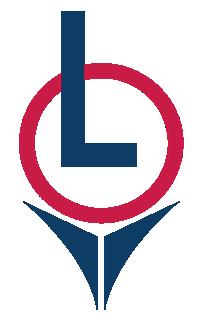
The client is very impressed with the support as they do not fall off or get displaced during line expansion or contraction and very fast to install (about 15 minutes). An additional advantage is that the support cannot slide off the beam by using our patented design method.
No drilling or any mechanical fixing method is required, besides lifting the pipe off the beam.
No hot work is needed.
The LOR is unique in the sense that it has a very high conductivity resistance, to ensure that the pipelines and associated equipment is adequately grounded. A major cause of cathodic protection failures.
Lift-Off Pipe Supports supplied 6” and 8” LOR’s to suit 12,” 16,” 20” and 24” piping.
The advantage of the LOR is that the support barrier, or width only needs to be approximately half of the pipe diameter and addresses the contact point between the support beam and the pipe.
Lift-Off Pipe Supports supplys the LOR to suit structural sections from 1” to 16” wide flange widths to suite piping up to 48.”
DESIGNING IN SECURITY
WITH MANY terminals becoming increasingly digital, it opens doors for cyber-attacks. When talking about critical infrastructure such as tank storage terminals, any extraction of data or limitations of functionality can have a devastating impact on both a terminal operator’s reputation and finances.
Incapacitating a terminal can also wreak havoc on global supply chains. This could push prices up even more, impacting local and global markets.
Hackers targeting terminals are not amateurs – they are typically highly organised and professional groups that work systematically to find chinks in a company’s armour. All they need is a small foothold into your terminal’s systems and, depending on their motive, they can halt production lines, extract sensitive data for ransom, influence stock markets, etc. So, security measures need to be similarly well-thought.
CYBERSECURITY BASICS
Education is key. That’s for CEOs, workers on site and everyone in-between –anyone who is going to log on to a system or bring a mobile phone connected to the wi-fi network needs to ensure they know how to spot potential dangers.
Common phishing scams are getting more sophisticated every day. Testing your defences regular phishing campaigns can be considered good practice – coupled with education for those less tech-savvy employees.
Ensure that everyone is practicing good password security and mobile security,
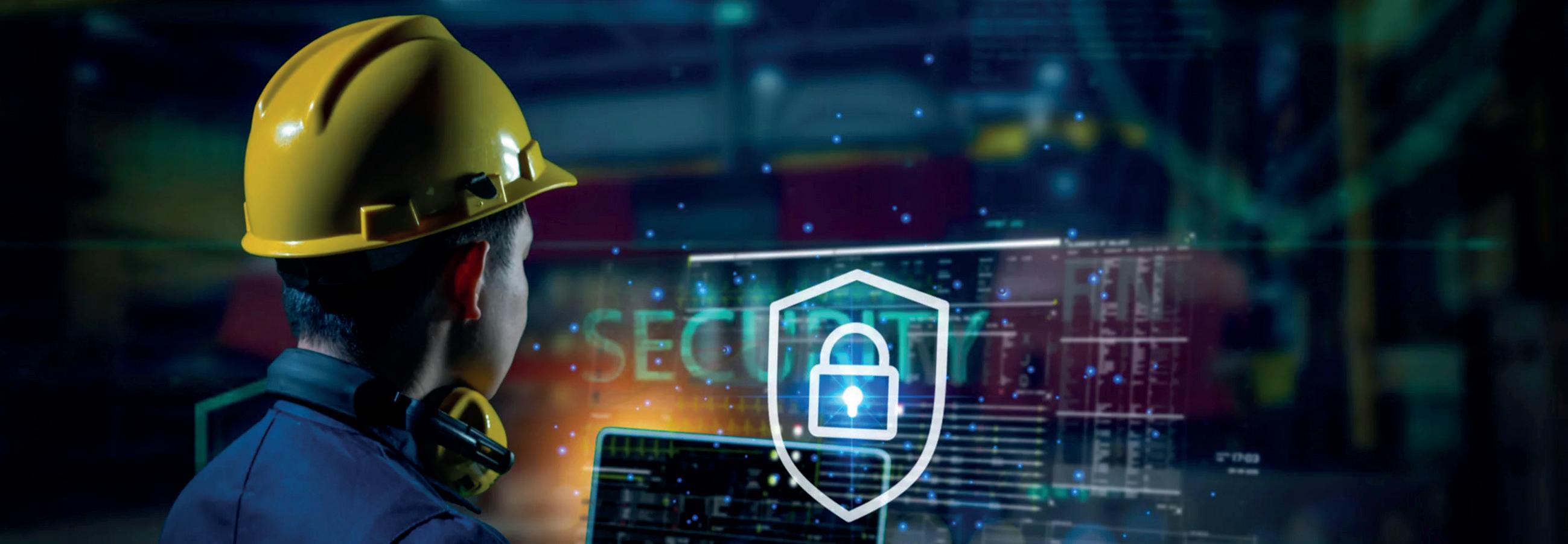
too. For example, a separate wi-fi network for mobile devices that only require internet access is more secure than allowing personal devices to interact on the same network as your key company infrastructure.
Building on this, the most basic way to establish a secure network is to separate your operational technology (OT) and IT systems. This process of segregating your core business from employee IT networks is known as creating air-gapped networks. By keeping them physically separate, a hacker that gains access to your employee network cannot impact goings-on at the terminal.
OPERATIONAL TECHNOLOGY
OT is sometimes overlooked, but the defences need to be in place here, too. Fore example, If your OT systems are configured in the same language as an IT network, you need a greater form of vulnerability management as this can make it easier to target.
Air-gapped networks should be incorporated to your terminal from the start. The whole network needs to be physically separate so that, even if an attacker makes it into your IT systems, they can’t reach the terminal or any sensitive data.
However, you’ll still need some communication between the tank and your IT network – all that data being generated needs to be used for something. But any data transfer can be a risk as it could open a channel between the asset and your employee network
– perfect for a hacker to access. One solution is to use a data-dive that ensures only one-way communication. So you can download data from the terminal to a computer, but a hacker wouldn’t be able to send ransomware to the tank itself.
WHAT IS SAUDI ARABIA DOING?
The UAE relies heavily on the oil and gas industry for its economy. This sector makes up around 50% of Saudi Arabia’s revenue alone – so it’s crucial that terminals and operational infrastructure are well protected.
In 2018, the Saudi government established a National Cybersecurity Strategy to support such critical infrastructure. This sets out specific industry standards and mandates to help streamline the sector and allow a faster but safer path towards digitalisation.
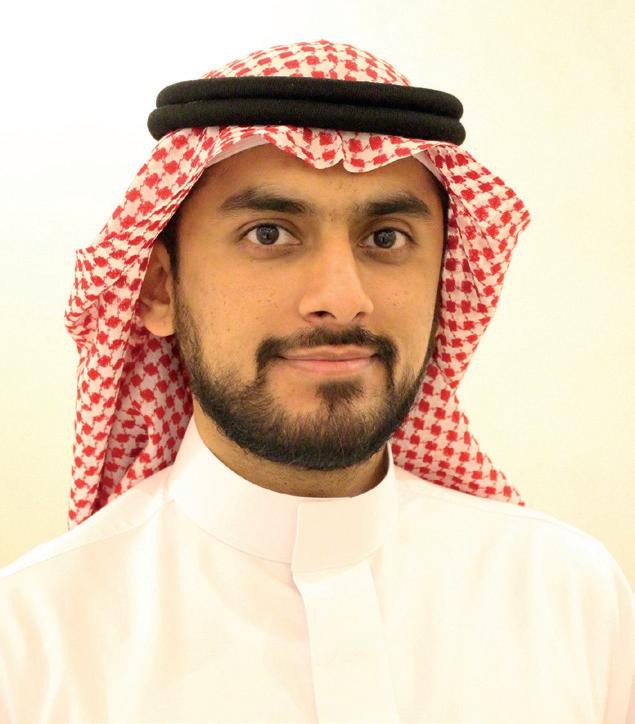
Safwan Akram, MSS director at Help AG explains how Saudi Arabia is supporting key infrastructure in cybersecurity
The government has set regulations that companies must comply with so they’re not left exposed to threats.
For example, air-gapped networks are widely considered a global standard, and are mandated in Saudi Arabia. It’s also not a new technology and has been a standard military practice for years. Another strategy is community-based intelligence sharing. So, if a threat is detected, the terminal operators or cybersecurity team can warn other terminals and other critical infrastructure.


Legislating for proper cybersecurity has put companies like Help AG in a good position to design secure networks for crucial infrastructure. Help AG offers a managed solution from monitoring threats through to detecting breaches and limiting the impact of these.
This all starts with an initial security analysis – and it’s important to continually test the system for weaknesses. Help AG have a group of (good) hackers on hand to test the defences so that you can be assured they are constantly being strengthened.
SINGLE POINT OF FAILURE
Ransomware attacks are popular with hackers due to the simplicity of the operation. All they need to do is send
one email to gain access to your systems. Ransomware is a type of software that cripples the availability of data as soon as it hits your system.
Many attackers will export the data, encrypt your systems so that they are unusable, and then extort the company for money. The problem is that, even after paying the ransom, the hackers can hold on to you data and operations indefinitely.
A complex, multi-layered solution is required to prevent against this kind of attack. Education is key. The main way into the system is for an employee to open a link they shouldn’t – particularly important to remember as we move into holiday season and phishing scams become more common.
Think about your terminal’s digital infrastructure, too. Does every employee have blanket access to every part of the terminal network? Or have you restricted certain elements to certain authorised users? Having distinct levels of authorisation as data becomes critical helps to minimise the risk of hacking.
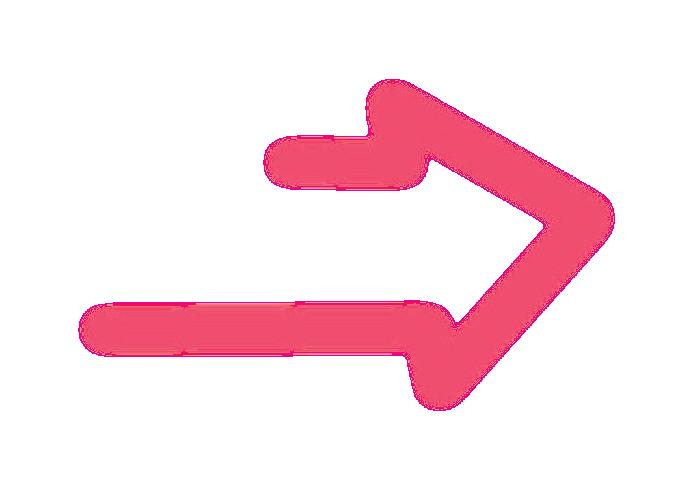
CONCLUSION

By designing in proper cybersecurity from the start, terminal operators can save a great deal of time, money and stress by avoiding attacks in the first place.
So, when building your new terminal, consider the digital infrastructure and architecture as well as the design of the tanks themselves.
Ultimately, governments around the world could follow the example set here by Saudi Arabia. Through this government-driven programme of secure digitalisation, the country has effectively legislated protection for its critical infrastructure. In doing so, they can be assured that terminal builders and operators will stick to what’s expected, pushing forward the digital transition in a safe and secure way.
For more information: www.helpag.com +971 4 440 5666
01 Safwan Akram, MSS Director, Help AGHackers targeting terminals are not amateurs – they are highly organised and professional groups
INCREASING EFFICIENCY, IMPROVING SERVICE AND REDUCING COSTS WITH AI
The experts at Supplai tell Tank Storage Magazine how the company is making artificial intelligence accessible to the tank storage industry
SUPPLAI is an artificial intelligence (AI) software developer. The company was founded in May 2020 by CEO, Koen de Jong and CTO, Casper van Lit. Supplai implements AI algorithms that make processes more efficient and effective. It is forging ahead with tailor-made AI solutions, and de Jong’s background means he understands the particular challenges of the tank storage market.
AI THAT DELIVERS VALUE
‘Supplai’s approach is to get to know the customer and how they work, understand their problems and find the right solution for each challenge,’ says de Jong. ‘This process adds value, targeting AI where the client needs it. In this market where AI can be over-hyped, people forget to talk about the actual value it can deliver. Our tailored approach is why we’ve been able to grow to where we are today without any venture capital.’
Companies need tailored solutions, not generalist tech, and brainstorming sessions with a client can lead to a long-term relationship and an AI solution that covers several problems. ‘We can grow and create value – and that is a win-win,’ he says.
AI IN THE TANK STORAGE INDUSTRY
Tank storage companies struggle with three main issues for which AI can provide the perfect solution:
• Document automation
• Real-time video analytics
• Data predictions
DOCUMENT AUTOMATION
In a dynamic market with a huge variety of customers, tank storage terminals receive many semi-structured documents. Call offs and order instructions can waste a lot of valuable
The biggest breakthrough that deep-learning AI can offer is the processing of video streams...Anything a human can see on a video or image, we can turn into an AI model
time for customer service employees. With Supplai’s document automation solution based on deep-learning AI, such documents can be automatically analysed and the most important information extracted. The output is then automatically sent in real-time to any terminal operating system (TOS).
Due to the transparency the system offers, it can even be used as a document management system (DMS). On entering a terminal, drivers have to go to a service desk to show ADR certificates or other documents. Some terminals may use an app to pre-notify staff, but the process still requires human checks. When using Supplai, a scanner will make a scan of an ADR certificate at the self-service desk, and the AI model will extract the right information and perform the checks. This automation saves time and allows the AI to start building a database to make the process even smoother.
REAL-TIME INTELLIGENT VIDEO ANALYTICS
De Jong says: ‘The biggest breakthrough that deep-learning AI can offer is the processing of video streams. We see massive opportunities for this type of technology, and our customers also clearly see the low-hanging fruit in this application of AI.’ Supplai’s motto in this area is: ‘Anything a human can see on a video or image, we can turn into an AI model and make your camera smart.’
Supplai has made gate and rail entry OCR (Optical Character Recognition) accessible to the tank storage market with the use of deep-learning AI. Usually, only big container terminals have the throughput to invest in this expensive solution. They require a large hardware investment and often work with a relatively old technology stack of photostitching and basic OCR.
Using AI, Supplai has created gate and rail OCR systems that can technically work with just a single IP security camera. Now, for any terminal receiving trains or trucks, an entry-level OCR
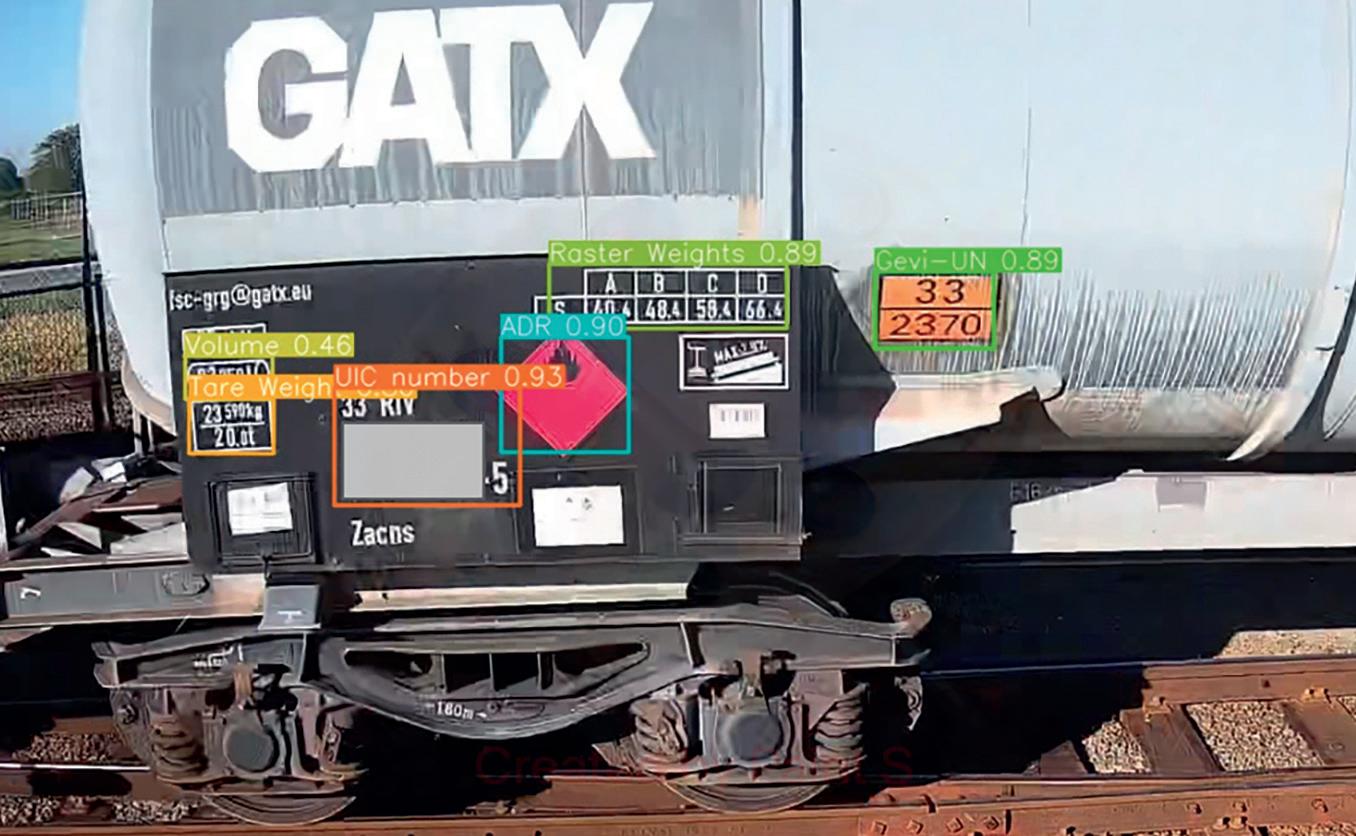
solution is available. Advantages of automation with rail OCR are:
• It saves sending employees out with paper or tables to check the numbers
• It allows a data-driven approach. Every video is available in Supplai’s online platform and can be checked at any time
• Data is sent directly to the TOS, meaning immediate workflow management can be performed once equipment enters the facility
• Increase compliance to automatically control all ADR labels
OCR SOLUTION IN PLACE
Supplai implemented this solution at Advario Stolthaven Antwerp. Thomas Beyers from Advario Stolthaven Antwerp says: ‘To increase our terminal automation, we had been looking to implement this solution for quite some time. Too much time was being lost walking along the trains and manually taking note of the data and transferring it into our terminal management system. We chose Supplai for their expertise in this specific domain, their ability to roll out quickly and the limited hardware changes that were needed.’
The algorithm detects a full range of classes. On containers, it recognises the container number, ISO code, ADR labels and GEVI/UN stickers. It knows what ADR labels are attached to the truck and verifies if they match the GEVI number. On trains, it recognises the UIC number, ADR labels, GEVI/UN stickers, revision date of the tank, revision date of the chassis, volume, raster weights and tare weights.
SPILLAGE DETECTION
For Koole Terminals, Supplai developed a thermal spillage detection model. At the terminal, Koole already had a thermal camera that recorded potential leaking trucks. But, when a leakage occurred, it was hard to spot due to the large number of trucks passing through every day. Supplai added its computing solution and AI model to the existing networking and was able to create an automated way of detecting leakages.
DATA PREDICTIONS
Before the energy crisis, data predictions were not a key topic among tank storage customers. But now insight into the heating of tanks is a big consideration.
In a typical tank farm, tanks are heated in a non-optimal way. However, this can actually be done in a much smarter way with a dynamic system that uses AI. With the combination of different data sources, an AI model can predict times
when it’s most economical to heat up the product and to what temperature. This ensures the product remains within a predetermined temperature range.
OTHER AI APPLICATIONS
Other projects that Supplai is working on include automation of the jetty procedure, closed valve detection on bottom loadings, PPE (personal protective equipment) detection and many more.
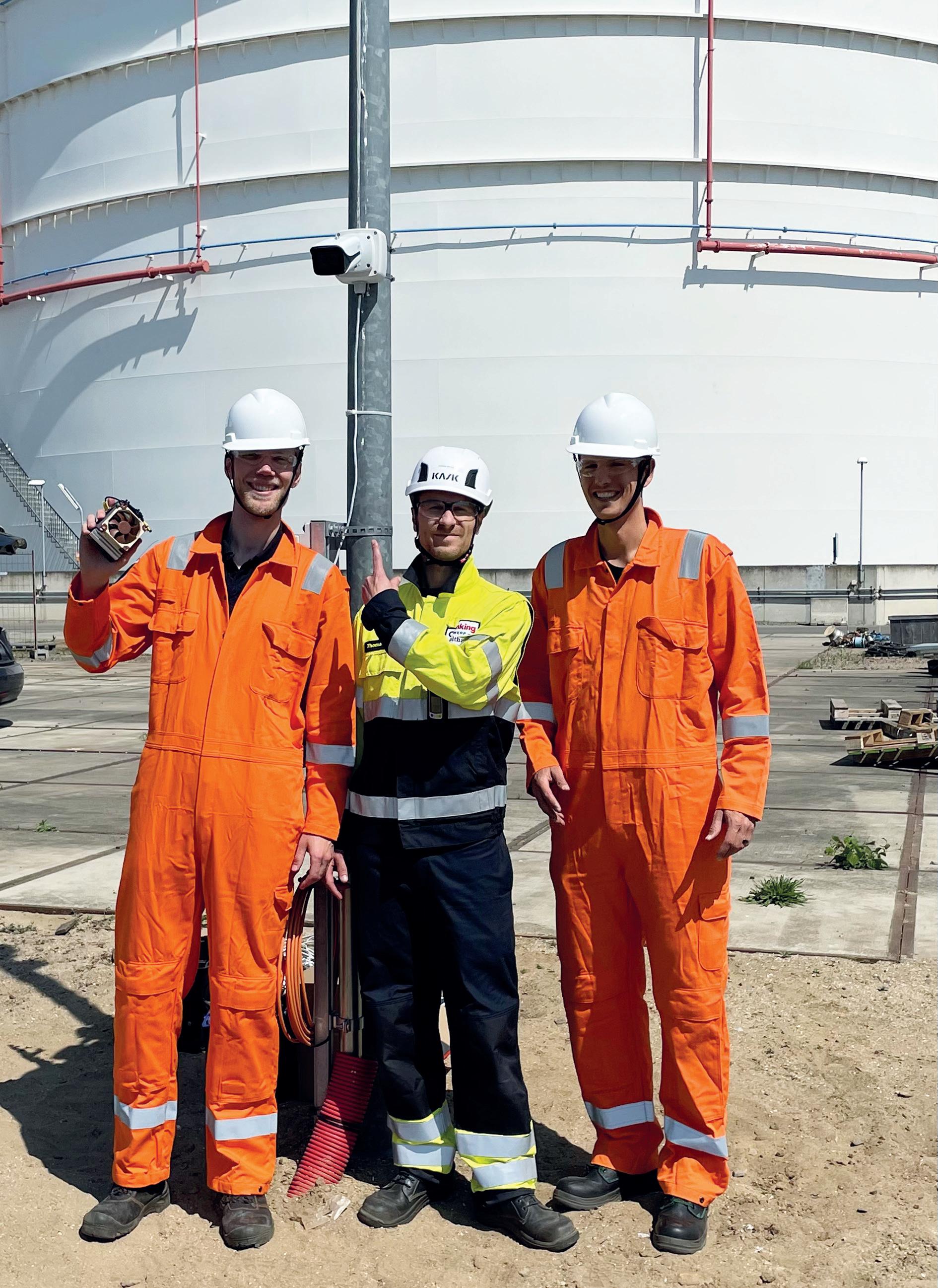
For the jetty procedure, Supplai’s model can detect the vessel name, arrival times are registered, pilot on board detection, hose connected detection, surveyor on board detection and more. This can all be registered by simple IP cameras combined with a powerful AI model.
The PPE detection algorithm can detect if a person has a helmet and safety vest on. This can be useful in places such as the rack where drivers climb on their truck or entry locations.
Supplai was recently awarded with a MIT R&D AI subsidy to develop and deploy its real-time video analytics solution on drones. It means the edge computing is directly mounted on the drone and analytics are performed directly while flying. This gives chances for inspections into time-critical situations, such as leakages.
For more information: www.supplai.nl
01 AI can recognise a train’s UIC number, ADR labels, GEVI/UN stickers, etc
FIT FOR THE FUTURE
IN MARCH 2022, the longrunning innovation partners in the downstream sector, TanQuid and Implico, were pleased to announce the completion of a visionary digitalisation project. After intensive planning and implementation work, all processes at the Duisburg, Germany, tank terminal now run with the future-ready terminal management system (TMS) OpenTAS TMS 6.0.
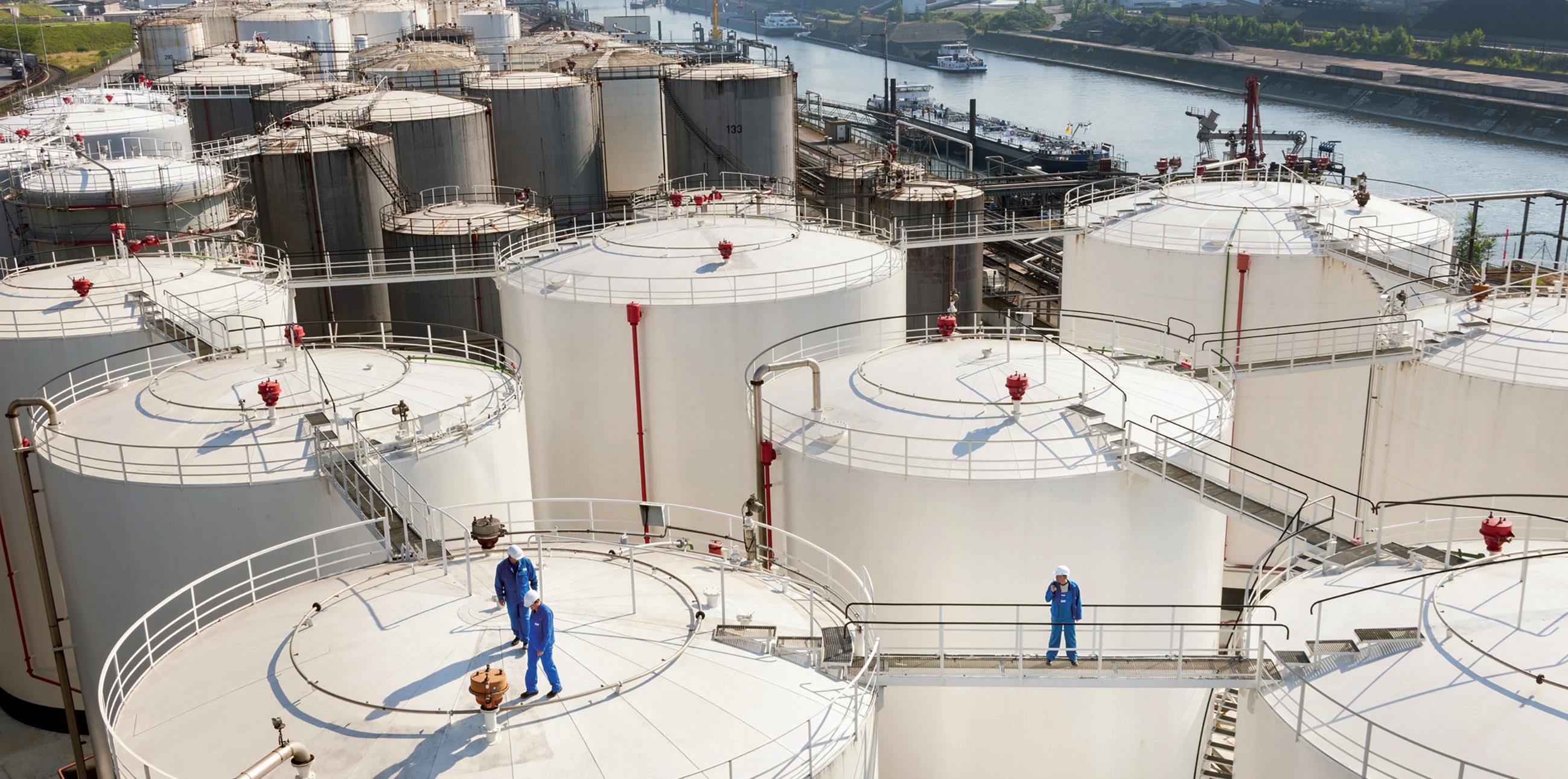
In addition, the team uses specialised cloud services from the innovative Supply Chain United (SCU) portfolio.
The all-embracing software solution is designed to match the location’s unique requirements. It marks the logical evolution of the legacy OpenTAS system previously installed and used on site.
The new TMS landscape offers a wide range of benefits:
• Automated workflows
• Expanded service offerings
• Comprehensive data collection and evaluation
• Paperless processes
• Improved collaboration
• Increased flexibility, transparency, and security
• The ability to drive the ongoing energy transition both proactively and purposefully
There is now a sound basis to further build upon and focus even more strongly on the storage and handling of e-fuels, which are synthetically produced liquid fuels based on hydrogen and carbon dioxide. Both TanQuid (which is also a member of the eFUEL-TODAY initiative, a web platform providing information on e-fuels) and Implico regard e-fuels as a groundbreaking means to broaden the energy mix and meet an ever-growing fuel demand in an effective, sustainable way.
WELL-PREPARED FOR FUTURE CHALLENGES
With a total of 17 locations in Germany and Poland, TanQuid is a leading storage provider for fuels, chemicals, and other high-value liquids. For over two decades, the company has been working closely with digitalisation expert Implico to keep its wide range of solutions and services at the cutting edge. Besides its own employees, TanQuid’s external partners and customers also benefit from this in their daily doings. For example, the work of the two innovation partners has helped to substantially boost collaboration, transparency, and (inter-) company exchange.
Another positive consequence; by using state-of-the-art automation systems, TanQuid is ideally equipped to further
advance its growth strategy and respond to short-term market developments swiftly and purposefully. This is currently more important than ever; the energy shift requires tank terminals to continuously expand their product range and steadily grow their customer base up to the point where the business focus might change and completely new supply chains might emerge. In this intense field, a futureproof IT architecture based on OpenTAS TMS 6.0 makes a real difference. It empowers TanQuid to master these and other challenges in an agile, targeted, and gainful manner.
DIVERSE AND WIDESPREAD TANK TERMINAL PROCESSES
The site in Duisburg holds a special position in TanQuid’s network. One reason for this is the enormous complexity of the facilities and processes. Another is the diversity of the service on offer, which meets the demanding needs of a broad clientele from different industries. A total of 118 tanks hold a wide variety of chemical, petrochemical, alcohol, and mineral oil products as well as biogenic substances and liquefied gases. These are delivered and distributed by all common means of transport (truck, ship, rail, container, pipeline). Every month, around 3,500
shipments take place in Duisburg –including direct turnovers. The main focus is on the storage and movement of chemicals, which account for around 80% of Duisburg’s product volume.
As the digital heart of the tank terminal, OpenTAS TMS 6.0 controls all central steps and processes: from planning, loading, and warehouse management to administration, quality control, and customs documentation via EMCS. Even processes that previously took place in sub-systems are now fully integrated in the new solution. Since hardware and software are tightly interlinked, TanQuid can record, analyse, and optimise all tank storage movements and developments directly and holistically on a data basis. In the age of the Industrial Internet of Things (IIoT), where almost every component has a digital voice, such a set-up elevates tank terminal operations to another level. With all relevant values, numbers, and other KPIs available anytime and anyplace, TanQuid can identify potential for improvement early, aimfully, and reliably – and initiate the required followup steps accordingly. If, for example, the filling process at one particular loading bay tends to last longer than at the other loading bays, the operations manager in charge can derive various directives from this. Maybe the equipment needs to be checked; maybe the staff in the field need further training; maybe the sensors give false readings and need to be replaced.
DIGITALISED CHECK-IN PROCESS FOR TRUCKS
Delivering and collecting products by truck is the most frequently used mode of transport in Duisburg. On site, it is now handled via a web service with a user-friendly check-in dialogue, enabling drivers to conveniently check in and out at the gate using a touchscreen. This both accelerates the process and reduces the risk of errors. As the software guides the user through the procedure step-by-step, the chance of something being omitted is lowered to an absolute minimum.
At a later point, the introduction of the innovative Truck Online Check-in from Implico’s SCU portfolio is planned, too. It will allow truck drivers to check in on their way to the tank terminal with a mobile device.
STRONG INNOVATION PARTNERSHIP
Given the immense scope and complexity, it comes naturally that the multifaceted and dynamic large-scale project in Duisburg marked a challenging task for everyone involved. Here, the project team benefited from the deep understanding and good collaboration
that the long-standing innovation partners TanQuid and Implico have built and fostered over the years.
‘The committed efforts of the colleagues on site and the project team have paid off. With the go-live of the new OpenTAS version, our tank terminal in Duisburg is technically and administratively way ahead of the game,’ says Thomas Knutzen, head of people and technology at TanQuid. ‘The high degree of automation and the streamlined UI create perspective relief for the team in day-to-day business. Also, the new system enables a fluent exchange with other departments such as accounting. Across the entire site, we now collect even more comprehensive, reliable data. We evaluate this data in detail to continuously improve our business; and to provide our customers with optimum support and care.’
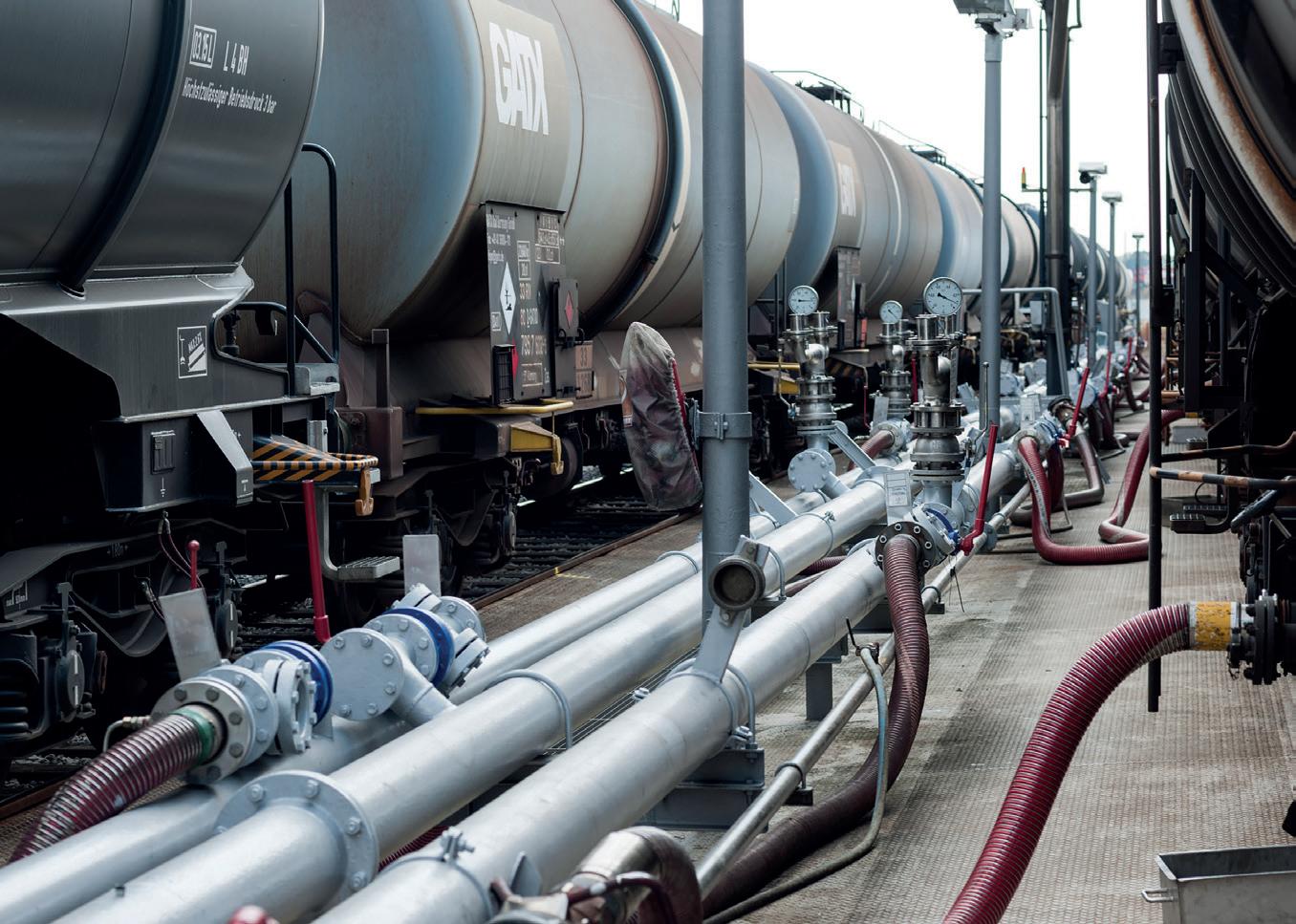
Tim Hoffmeister, CEO of Implico, is very proud of the joint project success, too: ‘TanQuid and Implico – for over 20 years and counting, this team has stood for close cooperation and shared eagerness to innovate. Together, we have now equipped one of the most complex tank terminals in Europe with state-of-the-art TMS and cloud technology. This is a real game changer, especially in the context of the energy transition. After all, only those who fully embrace digitalisation will be able to adopt the next trends on the market early on and use them for their own gain.’
NEXT-GEN DOWNSTREAM INNOVATIONS OUT OF THE CLOUD
In addition to the go-live of the new terminal management system in Duisburg, TanQuid and Implico have taken another important step to upgrade the company’s IT landscape. At all sites managed with OpenTAS, the terminal processes are now running in the cloud. This gives TanQuid a fully virtualised, hardware-independent infrastructure. The advantages include unified technology, fast scalability, and centralised support.
Looking forward, the company wants to build on this further. There are already plans to implement additional SCU services in Duisburg, such as the Truck Online Check-in for incoming trucks or the processing of rail cars, tank ships, and direct turnovers via handhelds.
With innovative spirit deeply rooted in their corporate DNA, both TanQuid and Implico agree that there can be no holdup for those aspiring to be trailblazers and thought leaders in the ongoing and all-changing transition of the downstream industry – a transition that will not only impact the sector itself, but all other areas of economy and society as well.
For more information: www.implico.com
As the digital heart of the tank terminal, OpenTAS TMS 6.0 controls all central steps and processes
DIGITALLY CONNECTED SUPPLY CHAINS & TERMINAL AUTOMATION
Sam Reid CEO of Dearman Systems, discusses how the digitalisation of terminals and the wider supply chain is impacting operations 01
TERMINAL AUTOMATION
software has evolved since its inception in the 1980s. Over the decades, the software has increasingly been used to streamline loading operations, simplify inventory management, enhance security, and automate reporting.
Generally, bulk liquid storage operators know that it is worthwhile to automate their terminals, but the level of automation can vary drastically. Some companies choose to install state-of-the-art field instrumentation and connect everything together in an automation system. Others choose to maintain some manual reporting and operational processes.
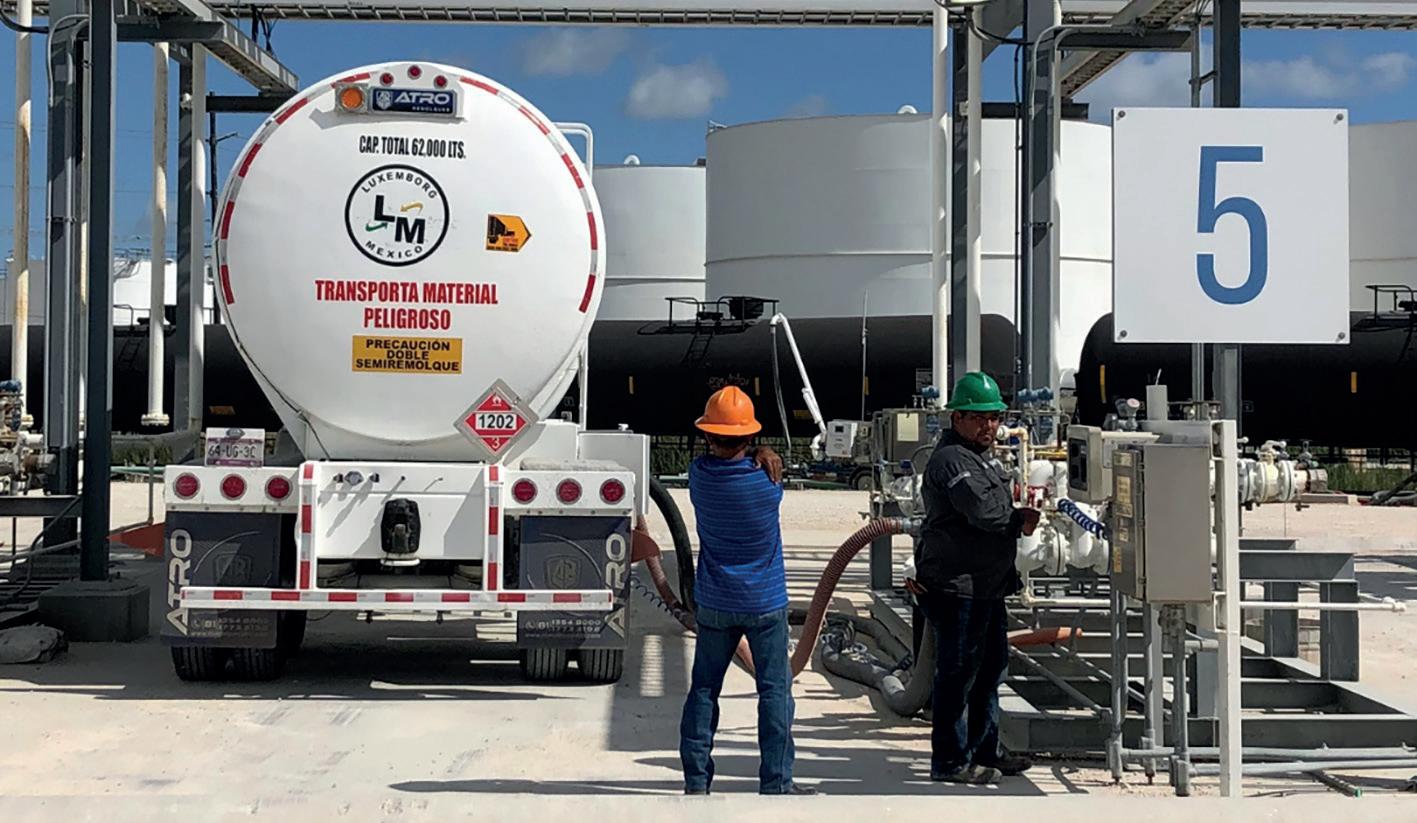
Automating a terminal drives cost savings for individual terminal operations, but what’s even more valuable is the ability to utilise data from the field to automate back office processes. Additionally, when you have terminal automation system data flowing up to the corporate level, you can enable the supply chain to access the information to create further cost savings and efficiencies.
THREE LEVELS OF AUTOMATION
There are three levels of modern terminal automation, each building on the capabilities of the previous:
• Level 1: Terminal automation at the field or individual facility level
• Level 2: Enterprise management (unified reporting and back office automation)
• Level 3: A digitally connected supply chain
LEVEL 1: ACHIEVING TERMINAL AUTOMATION AT FIELD LEVEL
Terminal automation is achieved by connecting a central software system to flow computers, tank gauging systems, weigh scales, and secure access control systems, among other hardware devices and instruments. The typical technical architecture of a terminal automation
system consists of a process control layer that interfaces to devices, a database, a web application for data management, and a human-machine interface (HMI) for real-time monitoring of tank levels and loading operations.
Once connected, the terminal automation software receives data from the devices and aggregates the data into a central database. Additionally, in many scenarios, the terminal automation software can control these devices to implement loading sequences and restrict the process around loading and unloading product.
Terminal automation software has many features and benefits:
Authorisation and security –
Integration with access control system ensures only authorised personnel are accessing your facility and loading only the products they are authorised to load.
Pre-set loading sequences – Define exactly how product is loaded and unloaded at truck racks, weight scales, rail racks, and other loading positions.
Automated and accurate reporting
– With all transactions and third party entities in a single system, accurate reports can be sent on the necessary schedules.
Simplified entity management –
The terminal automation system keeps track of all products, suppliers, position holders, carriers, and other data making it easy to keep this information relevant and up-to-date.
Visualisation – Visualise operations including rack activity, weigh scale activity, flow rates, tank level information, and any triggered alarms.
Documentation – Automatic generation of custody transfer documents to ensure accuracy and compliance.
With terminal automation, one size does not fit all. A profitable digital strategy requires a flexible terminal automation system that can map to a terminal’s unique processes across truck, rail, marine, and pipeline product movements. A robust software package will have many features out of the box, but will also need to be configured for specific business requirements (e.g. loading sequences, reporting, etc) and physical setup of a terminal (e.g. movement types, number of loading bays, etc). Sometimes a terminal may need custom modules in order to handle the operations and required reporting for the facility.
For companies that store a wide variety of bulk liquids, a terminal automation
system that can be configured to handle all products and terminal types is a win in the effort of standardising and working with a single vendor. For example, if you process and store refined fuels and NGLs, you would ideally use the same software for both facilities to simplify system maintenance, customer support and ensure data from each terminal is compatible at the corporate level.
Another key consideration when installing terminal automation software is that specific system’s ability to integrate with your existing field devices. Hardware is essential to implementing automation and must be factored into the total cost. A software package that can integrate with what you have already will save you money and time.
LEVEL 2: UNIFYING DATA AND BACK OFFICE AUTOMATION
With a terminal automation system in place at your facility, you will have all the local transaction and operational data in one place. The next step is to connect that data to a central data source for all your terminals.
This can be accomplished through an enterprise-level terminal management software system that connects to all your terminals and aggregates the data. This allows for a single view into all of your operations and simplifies reporting across your terminals. Now, you can quickly report on cross-terminal activities by customers (or other important data fields) and unlock important insights without having to combine stale spreadsheets.
An enterprise management system also enables you to centrally control administrative settings across your terminals, streamline contract enforcement and invoicing, and automatically push data into third party systems like ERPs.
The key benefits of terminal automation at enterprise management level are:
Unified reporting – See all your terminal data in one place to streamline reporting, simplify customer report distribution, and unlock insights.
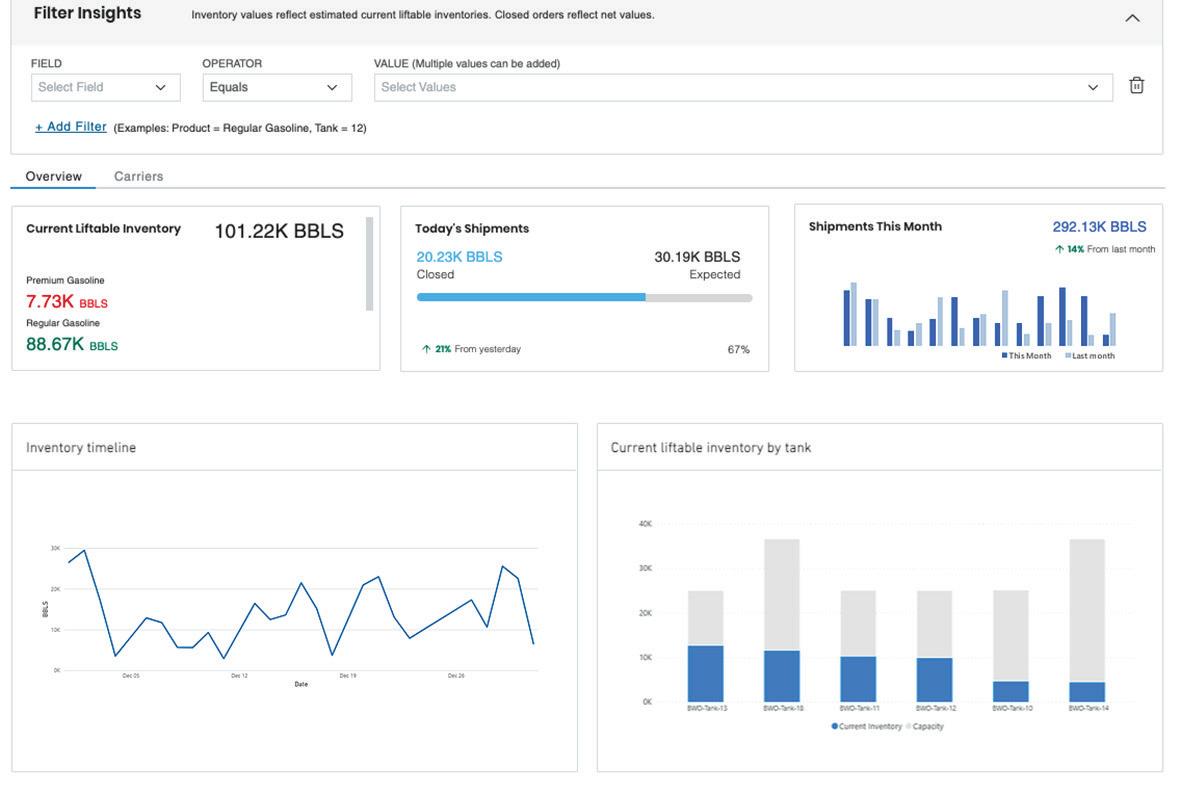
Easier administration and terminal management – Control administrative settings and details of all terminals from a single application.
Automate business processes –
Automate admin tasks such as contract enforcement and invoicing to improve accuracy and save time.
Operational resiliency – If a server goes down at a terminal, you can install a new server and restore the data from the central system.
ERP Integration – With a central, normalised database to draw on, third party integrations to important business systems are easily accomplished.
But why stop at Level 2 of terminal automation? Next, let’s explore how to achieve modern terminal automation – a digitally connected supply chain.
LEVEL 3: UNIFIED, REAL-TIME DATA LEADS TO A CONNECTED SUPPLY CHAIN
Once you have terminal automation in place at the field level and the corporate level, you can connect the supply chain in a single web application. Whether you have one terminal or 50, connecting the third parties that interact with your terminal can lead to serious cost savings and more efficient administrative operations.
With today’s cloud-based web technologies, you can enable the supply chain to securely interact with administrative data needed for moving bulk liquid products — from carriers and railroads to position holders and their customers. Furthermore, inventory information can be readily available, allowing customers to place orders for product pickup. These will have be pre-
authorised by the web application before flowing down to the terminal automation system for additional load authorisation at the scheduled time of product pick up.
Using the web application, customers can view completed orders across all terminals and associated BOLs in a selfservice manner.
Connecting the bulk liquids supply chain (terminal operator, position holder, buyers, sellers, carriers) in a single application unlocks:
Self-service terminal administration and reporting – Companies can view and edit their administrative information and access completed order information.
Real-time inventory information –
Expose available inventory information to relevant parties.
Streamlined order management
– Allow your customers to schedule and track their own orders through a structured workflow.
Rapid issue resolution – When the entire supply chain has access to the data that’s relevant to them, it’s easier to get on the same page and solve problems.
Transparency and accountability –Carrier performance at a terminal is easily tracked and reported on.
Better allocations and credit management – One intuitive application for managing all contractual arrangements along the supply chain.
MODERN TERMINAL AUTOMATION IS HERE
The benefits are too meaningful to pass up. You’ve invested in the flow computers and field instrumentation, a terminal automation system and enterpriselevel data aggregation. Now it’s time to fully leverage those investments by connecting your supply chain and further automating the reporting, administration, and communication that occurs to move products.
For more information: www.dearmansystems.com
+1 520 298 1677
01 Level 1 streamlines loading operations, simplifies inventory management, enhances security, and automates reporting
02 Levels 2 and 3 organise data to unlock insights and help the entire supply chain make better, more profitable decisions
ESTABLISHING A DIGITAL MARKETPLACE FOR STORAGE OPPORTUNITIES
The Tank Tiger tells Tank Storage Magazine why digitalisation in the sector is so important and how it can be implemented to make processes seamless
IN THE DAYS before Airbnb, there was no way to communicate to each interested party the myriad of living spaces with spare capacity, in real time. However, with the advent of online marketplaces, each seller could update their portfolio in real time, and buyers could efficiently query through a large database, across multiple variables, to find what they need.
As a result, Airbnb not only made the hospitality industry more efficient, but also expanded it to include opportunities that could not have existed without an online peer-to-peer marketplace.
There is an inherent efficiency to a centralised digital network because users can easily filter through it to find specific information, eliminating efforts to maintain up-to-date information across multiple fragmented networks. Similarly, the terminal storage marketplace can also benefit from a digital network.
MAXIMISING OPPORTUNITIES
Prior to The Tank Tiger, there were mostly personal networks maintained by buyers and sellers of storage, which were effective for the routine business of the major industry players. However, newer and smaller businesses faced a large barrier to entry by having to sift through multiple communication channels to find good opportunities. As a result of these fragmented communication channels, many opportunities were lost through the cracks for businesses both big and small.
Digitalisation combines these separate networks into a centralised database that allows information to flow in real time from one market participant to the rest of the marketplace. This increased efficiency in communication will give a broader range of storage consumers access to more accurate information about available storage in real time. This can bring more potential customers to the attention of a terminal and, as a result, reduces the amount of time that tanks spend vacant. While market conditions will at times result
in unavoidable vacancies, a digital platform can reduce vacancies that were due to disconnects in traditional communication channels.
PERSONALISED PLATFORM
The Tank Tiger’s new digital platform, hosted at mytanktiger.com, attempts to bring these innovations to the terminal storage marketplace. The platform allows terminal storage holders to anonymously list their available capacity and traders are able to post open enquiries for storage space into the market.
These opportunities can be queried spatially through an interactive map, or across many variables such as price, capacity, tank types, or access modes to find the right fit.
User preferences can also be added to the database so that each user can be notified of relevant marketplace activity in real-time. This allows terminals to quickly sort through potential buyers and iterate through negotiations. As a result, terminals can reduce the time spent on customer acquisition and free up those resources.
SPECULATIVE ACTIVITY
Because market activity on the platform can be digitised and stored, it allows users to discover aggregated market intelligence on price and capacity movements over time. This was an element that was previously exceedingly difficult to acquire in the storage market.
Because terminals can control what information is published on the platform, they are able to collaborate more effectively by passively pooling their data together without actively revealing specific pricing or other sensitive information. This can be used to inform bids and accelerate price discovery or even provide a baseline for determining risk in new construction or acquisitions.
There could also be other unexplored uses for these datasets that could be
used by speculators trading storage space through sublease contracts. Because available capacity can be listed and bid on through the platform for a future date, it is also possible that the forward-looking data could bring new insights about potential inventory levels. Consequently, it informs traders of the underlying commodities stored at those facilities.
CYBERSECURITY AND DIGITALISATION
As with any modern technology, increased digitalisation is not without its trade-offs. The recent attack on Colonial Pipeline is a reminder of the threat to migrating increased business into the digital space. There is a fear that overdigitalisation could leave the storage industry vulnerable to the increasing array of cyber-attacks.
Because The Tank Tiger is still early in the digitalisation process, it has attempted to mitigate those risks by keeping the platform as a non-binding matchmaker. This means the potential for damage from cyberattacks is heavily limited, as the platform does not hold any sensitive financial information, nor can it authorise any legal contracts or logistical movements.
In addition, there is a growing industry for cyber insurance to help cover damages from cyberattacks and mitigate risk.
Even with the added cost of these insurance premiums and the known risks of digitalisation, more industries find themselves in an increasingly digitalised landscape. The Tank Tiger believes that the storage industry will be no exception, and that business will one day be mostly done online.
For more information: www.thetanktiger.com
DATA-DRIVEN DECISIONS
AUTOMATION is on the minds of most companies striving for more efficient operations, cutting the cost to run and maintaining business-critical process equipment. Automated information management system fine-tuning and client-software provider collaboration in response to ever-changing needs can meet multiple challenges, as Cameron LNG found out.
CAMERON LNG’S PROJECT
Cameron LNG recently installed new fiscal metering for gas chromatographs (GCs), which are analytical instruments that measure the content of various components in a sample of liquified natural gas (LNG). These metered instruments, used in the LNG separation and analysis phase, were added to an existing information management system (AML 4, provided by Hint) for monitoring purposes.
The original scope of the project, delivered in 2019, entailed a basic AML implementation on three liquefaction trains to obtain LNG process measurements. The new metering equipment was purchased to comply with Cameron’s latest ship loading requirements. After a brainstorming session between Hint and Cameron, it was decided to build more functions into AML to specifically handle process performance monitoring in the novel environment. This led to automation enhancements that expanded the original software toolbox and, in so doing, improved monitoring efficiency and ultimately decision making.
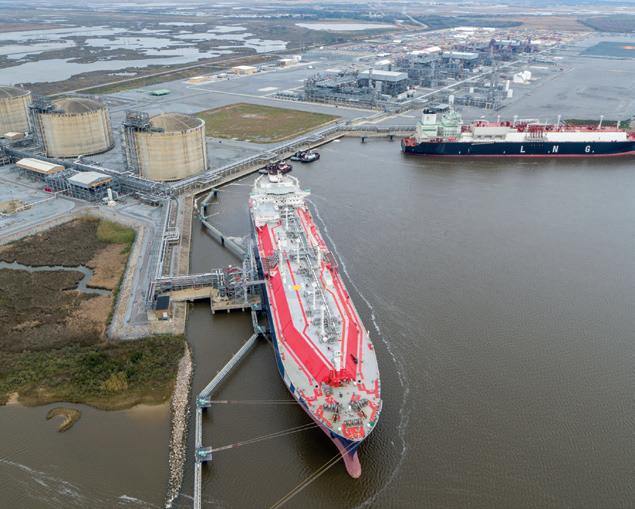
CHALLENGE #1
Accurate data is key to ensuring pipeline integrity and the delivery of
high-quality LNG product to the end customer. Cameron LNG had been following a procedure to monitor gas sample components and then check the validation as part of its ship loading process (i.e. custody transfer). When the analysed samples were deemed to be in the correct range, a report was signed off. However, the validation procedure lacked the desired detail. Best practices would show the relationship between the molecular weight and the measured individual components, according to the GPA 2261-13 standard. To meet the client’s needs, Hint programmed advanced analytics and a more detailed plot than traditionally used to show additional measured gas components in the context of molecular weight versus response factor.
CHALLENGE #2
Cameron LNG also needed to be able to judge the breadth of a component’s responses to three different gas blends. The principal method had been to view a gas chromatograph reading with two objectives:
• Inject gases having a range of concentrations of each component of interest
• Plot the resulting peak areas
To meet this requirement, Hint modified the equation so that peak areas produced by each component concentration (or level) are now normalised and plotted in AML versus the component level concentration.
CHALLENGE #3
Cameron LNG wanted to produce GC Repeatability and Reproducibility reports calculated in real time, stored, displayed, and reported (per the GPA 2261-13 standard).
Repeatability is the expected precision within a laboratory using the same equipment and same analyst. It is measured as the difference in analysed values between two sequential runs.
Reproducibility is the expected precision when the same method is used by different laboratories using different equipment and different analysts. It is measured as the difference between two analysed values.
To meet this requirement, Hint enabled the reference values of the certified gas composition to be entered into the AML system or retrieved from the gas chromatograph, if possible. The reference values are then compared with three GC readings to reduce the chance of outliers. AML then calculates the deviation between the reference and the GC readings, and finally checks if the readings exceed any limits or fail statistical analyses, such as data trends over time.
RESULTS
The fit-for-purpose functionality, compliant with the international standard for the Analysis of Natural Gas and Similar Gaseous Mixtures by Gas Chromatography, GPA 2261-13, was successfully incorporated into the AML system. The continual improvement and transition towards further automation took Cameron LNG from Excel spreadsheets to high-resolution visualisation, storage, and reporting of analytic data—all in one place.
This next step in Cameron’s digital journey has enabled them to practice proactive data analyses that prevent errors, not only on trains but on ships as well. The proactive approach has resulted in higher quality LNG product, higher profits, and contributes to a safe, sustainable environment for employees and the planet, avoiding leaks, spills, etc. Overall, the AML enhancements delivered a more efficient way of working, regardless of location, with real-time data monitoring and analysis making real-time decisions a reality. Cameron LNG can now generate detailed plots and reports, as needed, and store them later for reference. Less time spent on creating and managing spreadsheets means more time to focus on higher-value tasks.
For more information: www.hint-global.com
Cameron LNG enhances process performance via Hint’s automated information management system01 Camron LNG terminal
MARINE OPERATIONS IN A DIGITAL WORLD
How the UAB-Online SaaS platform is optimising marine operations for liquid bulk handling for sea-going and inland vessels
DUTCH-BASED liquid bulk handling specialist UAB-Online is sure that the time and cost savings its software brings to North European trades can be replicated on the international high seas. In fact, the firm is gearing itself up to dominate this market.
These may be tough goals to achieve, but discussions to expand the UAB-Online SaaS (Software-as-a-Service) application system to the sector have already started; with interested parties in the ports of Houston, US and Singapore.
UAB-Online’s digitised platform is recognised as the standard for liquid bulk handling by more than 60 inland and sea-going terminals in The Netherlands and Belgium. With a combined near 2,800 active ships, coupled with their supporting surveyors, agents and charterers, all have benefited from lower costs and shorter overall port stays.
DIGITAL LOADING AND UNLOADING
It is all down to digitised planning of the liquid bulk loading and unloading process at the pre-arrival and arrival stages. By digitally preparing, signing and dispatching the necessary pre-arrival documentation, all elements of the process are made more efficient.
Hans Bobeldijk, UAB-Online CEO, explains: ‘By employing our digitised solutions, terminals can reduce the amount of time vessels spend at the berth by undertaking many of the loading and unloading procedures prior to arrival.
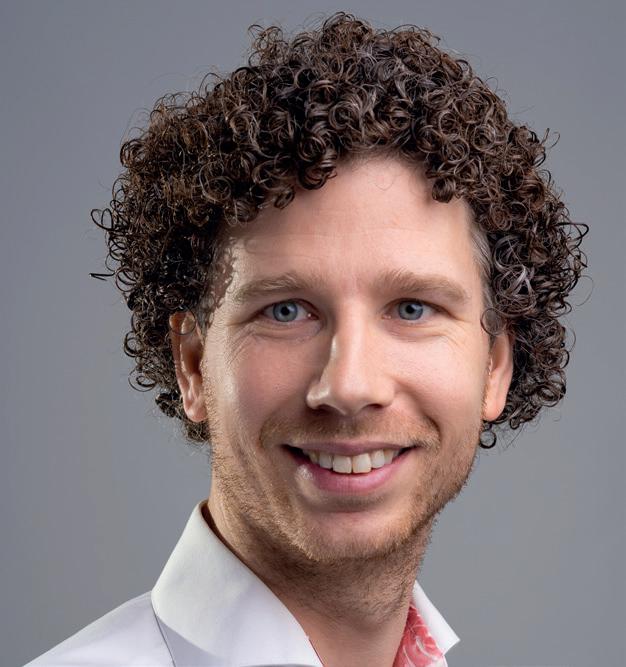
The reduced wait times and port stays can save up to 90 minutes per vessel and dramatically reduce the levels of greenhouse gas emissions at terminals.’
The platform offers an online real-time file that is accessible to all relevant stakeholders, with all the required information and documentation necessary to prepare and complete the maritime loading and unloading operation at the terminal. The collaborative nature of the platform connects other stakeholders including surveyors, agents, charterers and traders who have real-time access to the digital announcement of the vessels. It has all been designed and optimised around customer needs, in co-creation with the terminals involved.
The reduced port stay times, which significantly cut engine CO2 and NOx emissions, and the more than 400 active safety checks that need to be completed on the digitalised platform, ensure the arrival process is safer and more efficient. This saves time, money and resources that would otherwise be required to complete the lengthy administrative and operational procedures. The solutionsbased platform is fully compliant with the International Safety Guide for Oil Tankers and Terminals (ISGOTT 6) checklist, and is a highly efficient, streamlined and more sustainable operation.
Bobeldijk says: ‘In the AmsterdamRotterdam-Antwerp range (ARA) where our systems are the standard, the terminal requests the vessel to announce via UABOnline, after which the vessel can fill out and start sharing pre-arrival information with the terminal well before berthing.’
GLOBAL EXPANSION
‘With UAB-Online seen as the uniform process in Northern Europe and with many of our customers making port calls in other parts of the world, developing operations into the deep-sea markets of Singapore and Houston was a logical next step for us,’ says Bobeldijk. ‘While we may be seen as a new player in those markets, we have been perfecting our application since 2010. So we’re not new, just new to them. The old player in the market is traditional paperwork or the electronic PDF that needs to be filled in. This throws
up its own set of challenges because we want to change the whole process, the mindset, not just convert a paper document to a pdf. Digitising the process is where you derive the efficiencies.’
FUTURE OF DIGITALISATION
‘We see it on a larger scale where vessel owners and terminals start to realise massive savings in time and resources by shifting the preparatory phase from a physical phase onboard to a digitised prearrival procedure,’ continues Bobeldijk.
UAB-Online works closely with its stakeholders to continuously improve the application and to focus on safely managing the loading and unloading operation by simplifying and making the administrative process smoother, more reliable, efficient and compliant. The sustainability benefits of reduced engine emissions running for shorter berthing times is also significant, and a vital consideration for an industry being asked to achieve net zero targets by 2050.
The revision of ISGOTT 6 regulations will be the driving force behind the need for greater digitalisation of liquid bulk handling. And what about the ambitions for these two new important markets? ’We will be working hard to make our target audience familiar with our great product solutions for maritime shipping and establish UAB-Online as the standard in Houston and Singapore, with a view to establishing and strengthening our presence in Europe, North America, Asia and the Middle East,’ says Bobeldijk.
He continues: ‘The platform has been developed to satisfy and support true customer needs in co-creation with the terminals involved. And as sustainability and digitalisation become ever more critical across every sector, UAB-Online is ready to support maritime.’
For more information: www.uab-online.com/en.
FLAME ARRESTERS FROM STORAGETECH
Emission and air pollution control equipment manufacturing and engineering company Äager discuss their fire-fighting products
FLAME ARRESTERS are used to directly protect terminal assets and can be integrated both inside and at the end of a pipeline. Äager specialises in innovative solutions for air pollution and emissions control, providing safe and customer-oriented solutions for fire-fighting equipment with its brand Storagetech.
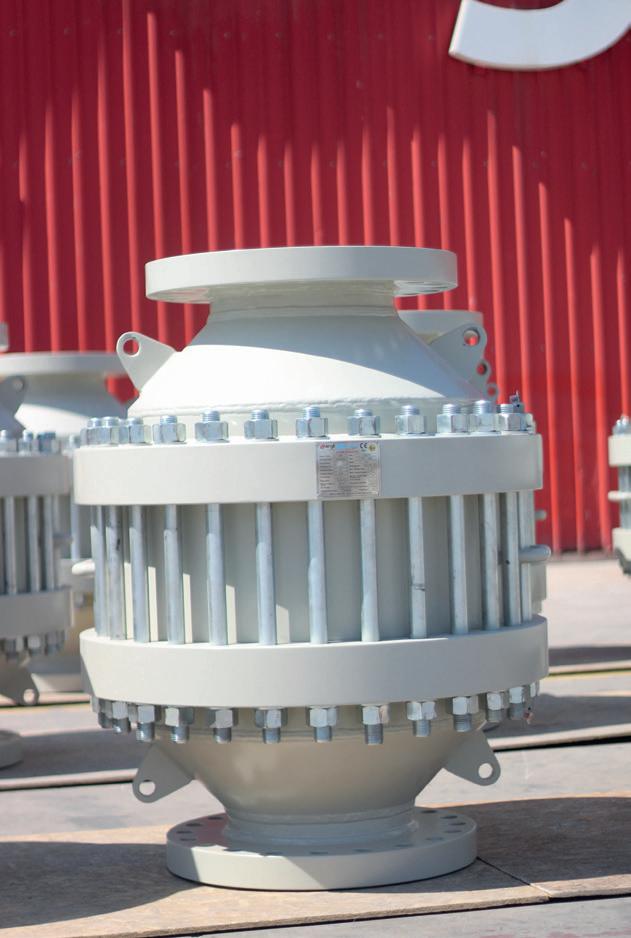
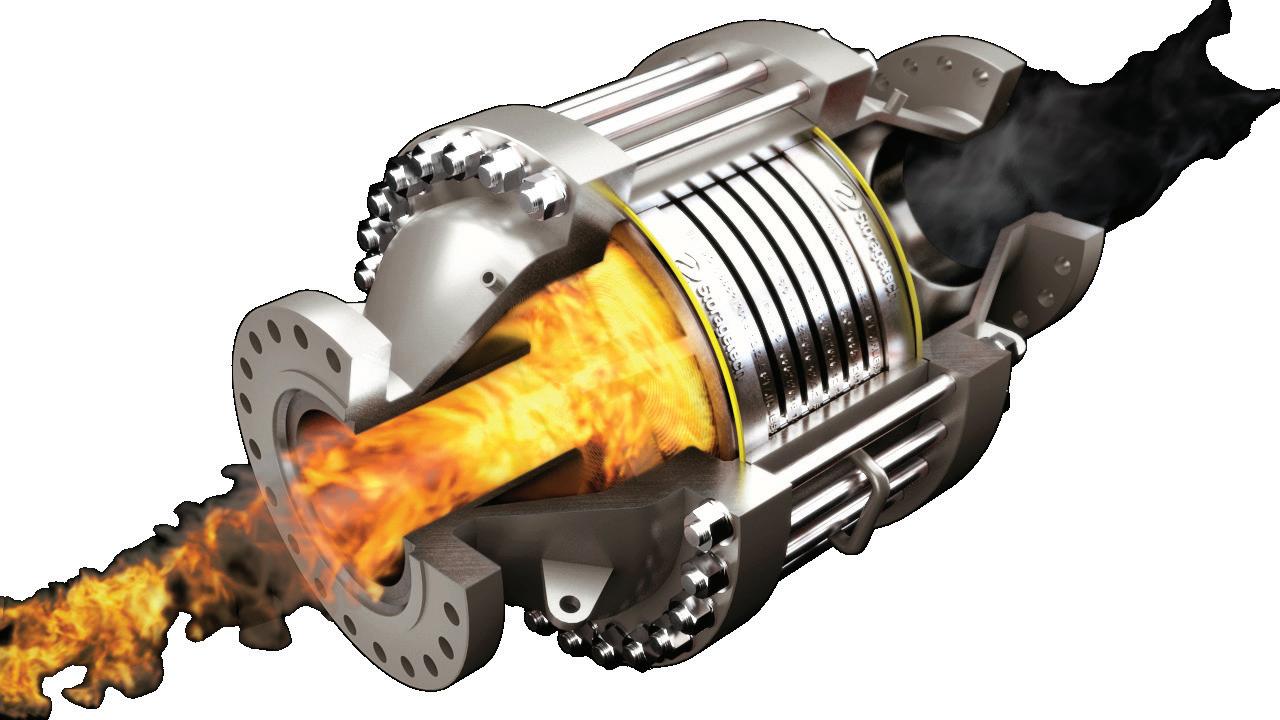
HOW FLAME ARRESTORS WORK
Flame arresters are a piece of protective equipment that can be integrated both inside and at the end of the pipeline. They are specially designed to prevent the spread of fire into a system by blocking the flame. These devices are one of the best ways to ensure the safety of a storage tank or terminal.
When the size of a pipeline and the overall system is larger than a certain standard, it becomes more complicated to design and fabricate a suitable flame arrester. On top of this design challenge is the requirement for various international certifications to be met. These stipulations require a careful and attentive production team, as well as quality inspection to be able to catch the compliance with standards.
CLIENT-SPECIFIC SOLUTIONS
One of southeastern Europe’s largest gas storage facilities, the Banatski Dvor
UGS facility, required custom-made 16” in-line flame arresters. Storagetech rose to the challenge. The solution required flame arrestors that would work under high pressure and lower temperatures. Storagetech also had to supply an ATEX certificate, working with oversized 16” connections, some arrestors weighing 1,850kg, all to a specific delivery schedule. These are highly engineered products that cannot be considered plug-and-play. In particular, the oversized 16” products cannot be manufactured in just any plant and need careful engineering.
So, understanding a client’s requirements is an essential part of the process. Storagetech’s R&D and engineering team completed the Banatski Dvor project in 16 weeks. Delivering this project has enabled a safer working environment for the client and helps to build a long-term business relationship.
ENSURING SAFETY AND BUSINESS CONTINUITY
At the end of the day, the energy source – whether it’s oil, LNG, etc – that is being carried through the pipeline is used by manufacturers, commercial premises, general consumers and all types of buildings and infrastructure. This means there’s a huge requirement for consistency and reliability. Any accident
that occurs could cause serious damage and impact on both the equipment and the customers.
So, any investment that helps to ensure system safety and continuity is essential. That’s why stakeholders should be aware of how a competent, high quality manufacturing and engineering company such as Äager can suggest solutions and add value to your terminal.
For more information:
An Äager brand, Storagetech is a specialist designer and manufacturer with extensive experience, providing advanced emission control and safety equipment for the oil, gas, petrochemical, chemical, and water industries for almost 40 years.
www.aager.de/storagetech www.storagetech.de
FIRE FIGHTING FOAM TRANSITION REQUIRES A SOUND PLAN
The experts at Kenbri Fire Fighting explain how the European Chemicals Agency’s expected PFAS restriction will impact operations
IT IS expected that the production, trade and use of PFAS-containing products will be severely curtailed starting January 2023. The European Chemicals Agency (ECHA) has drafted a PFAS restriction that is expected to take effect starting 1 January 2023 and will have a significant impact.
Hans Huizinga, fire fighting foam and safety consultant at Kenbri Fire Fighting, explains: ‘We have been informing companies and safety regions about the massive upcoming changes in the area of fluorinated fire fighting foam for over five years. However, thus far, many organisations have chosen to procrastinate on measures regarding the transition from fluorinated to fluorinefree materials. Now, the legal framework and the time frame for this issue have become clear.’

As part of the restriction, ECHA has stipulated a time frame for the phasing out of PFAS in fire fighting foam. This time frame shows that Seveso companies (those linked to handling, manufacturing, using or storing dangerous substances) have another ten years to transition to fluorine-free alternative extinguishing foam and suitable equipment.
PFAS-containing fire fighting foam can still be used during the transition period. However, these transition periods go hand-in-hand with very strict conditions for the use or storage of PFAS-containing foam. All the above needs to be defined in a formally approved foam transition plan.
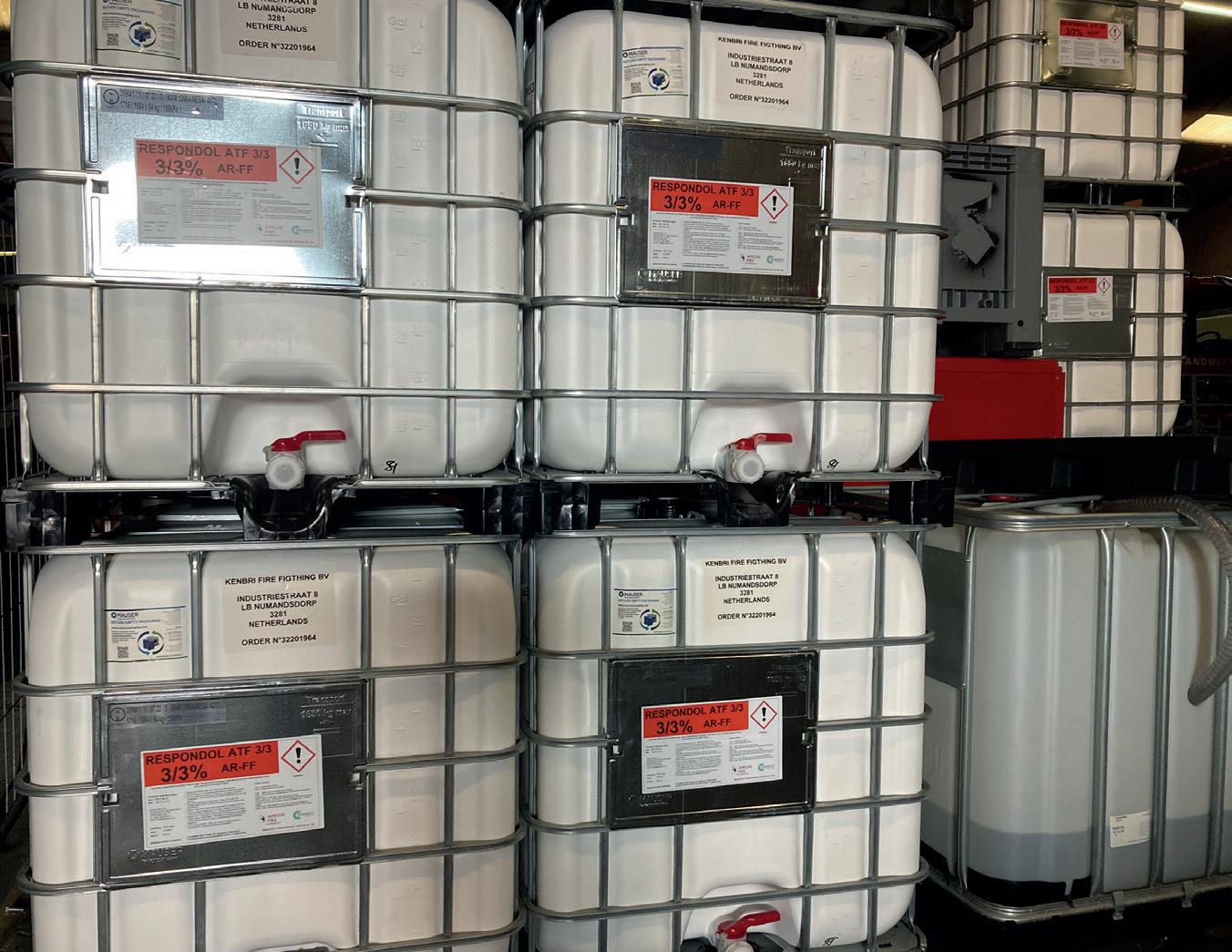
THE CLOCK IS TICKING
‘The clock is ticking,’ Huizinga says. ‘During the transition phase, users need to draft a location-specific foam transition plan for the replacement of PFAScontaining fire fighting foam. This plan needs to contain a detailed description of the purposes, scenarios and the method in which the foam is applied. It will also need to explain the approach to handling foam residue and pollution and the method of cleaning the firefighting equipment used. This requirement
will take effect six months after the regulations are implemented. In other words, companies will be faced with this requirement as early as July 2023.’
JOINING FORCES
‘Fortunately, companies like ours, in close collaboration with Arcadis (specifically, with Wim Plaisier, right, Arcadis’ EMUA PFAS lead), are making preparations to ensure Seveso and BRZO companies can meet these regulations. Our collaboration, PFAS Cleaning & Treatment Solutions, unites companies from various disciplines that are all needed to meet the new laws and regulations,’ Huizinga explains.
CLEANING VEHICLES
This is why, in addition to consultancy and the sale of fluorine-free fire fighting foam, Kenbri recently added another service to its already extensive assortment. This service entails the cleaning of foam
extinguishing vehicles at the company location in Numansdorp. These special cleaning facilities have been fully booked until April next year.
In order to properly change the fire fighting foam, the foam tank is first
emptied and its contents are safely disposed of. Afterwards, the entire system is rinsed with with a specially developed cleaning agent (such as Fluorofigther).
Together with the Fluorofighter cleaning agent, Arcadis and Kenbri have developed a special rinsing procedure to thoroughly rinse various components of PFAS contaminated fire fighting systems. These systems can consist of, but are not limited to, all storage, distribution and mixing equipment.
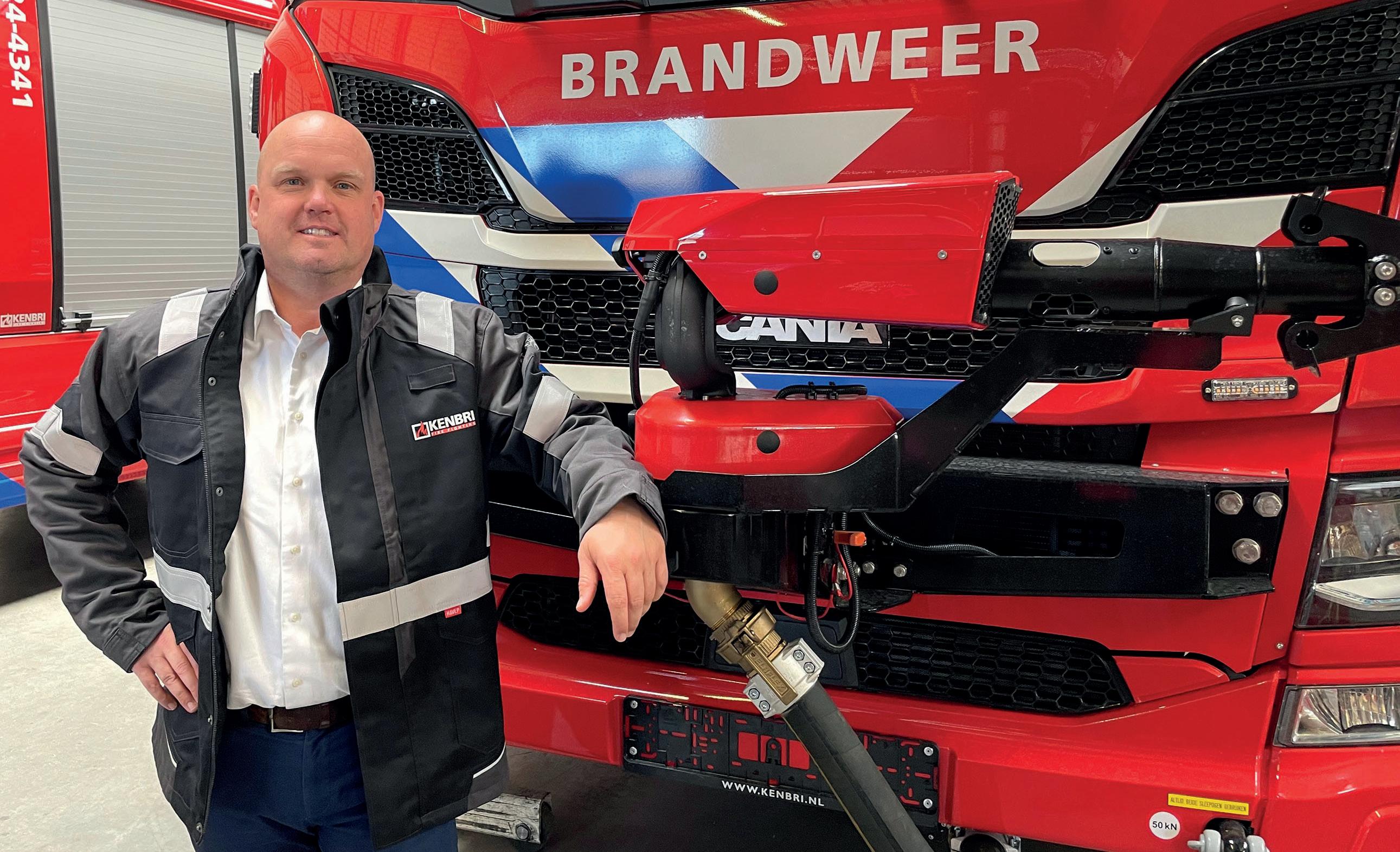
However, cleaning foam tenders is just one of the steps required for the transition process. Companies that fall under the Seveso directives are subject to significantly more far-reaching measures.
ENORMOUS IMPACT
Huizinga has a seat in the Dutch national PFAS extinguishing foam work group, and cannot stress enough how much of an impact this transition will have: ‘The costs are immense. You need to think big to comprehend the full scope of this issue. However, with our roadmap, we can offer our customers clarity and help them safely make the transition to fluorinefree fire fighting foam with respect for humans and the environment. Nowadays, highly effective PFAS-free equivalents for fluorinated foam are available. These products have the same extinguishing capacity as fluorinated materials. Our Respondol ATF is an example of this.’
FLUORINE-FREE FOAM CONCENTRATE
‘Respondol, by Angus Fire, is a highgrade, synthetic, fluorine-free foam concentrate, specifically developed for extinguishing and securing all kinds of flammable substances and class-A fires,’ Huizinga explains. ‘This foam is highly suitable for firefighters confronted with a variety of hazardous situations. The foam is used in high-risk situations where hydrocarbons like oil, gasoline, diesel fuel and kerosene, and/or polar solvents (such as alcohols, ketones, esters and ethers) are stored, processed or transported.’
‘Respondol covers non-ignited hydrocarbons in a vapour-suppressing blanket of foam. Moreover, this highly stable foam has a long shelf life and can be used to fight forest fires and fires in Class-A materials like wood, paper and car tyres.’
Huizinga concludes: ‘We’re going to have our work cut out for us when it
comes to assisting companies with their management plan. At the same time, this means we are on the way to a fluorine-free environment – and a safe work environment – which will benefit everyone.’
That said, Huizinga does understand that there is a certain reluctance to fully transition to fluorine-free materials in the case of serious, large-scale incidents. However, he is already working on a concrete proposal which will even entail cross-border collaborations.
For more information: www.pfasoplossingen.nl
Respondol by Angus Fire
Wim Plaisier, EMUA PFS lead, Arcadis
We can offer customers clarity and help them safely make the transition to fluorine-free extinguishing foam with respect for humans and the environment
LESSONS TO BE LEARNED
THE RECENT tragic tank fire at Matanzas, Cuba, has attracted a lot of attention. 16 firefighters lost their lives and four large hydrocarbon tanks were destroyed in the blaze. The incident generated many public comments, but very few address the initial full-surface fire incident and the following fire response efforts. Also, many comments ignore the fact that the incident started in a tank that immediately had a full-surface fire; clearly storing a product above its flash point. At the time of writing this piece, there was no access to complete or accurate tank configuration data or incident data for the incident involved. As such, the following article is restricted by data in the public domain. For example, it is not known whether the initial tank had a floating roof or a nitrogen blanket. A full and detailed professional investigation will be of great importance to allow the industry to learn from this incident. However, terminal operators and professionals should develop a better understanding of how to safely operate atmospheric storage tanks, and how to define and mitigate an atmospheric storage tank fire, reducing the risk of escalating such an incident.
FIRE AND EXPLOSION SAFETY: THE TRIANGLE
A fire or explosion requires three conditions:
• Combustible vapour concentrations
• Presence of oxygen
• An ignition source
This article will consider these factors alongside the following incident-related aspects:
• Frangible roof behaviour
• Initial incident response
• Escalation of full-surface fire incident
COMBUSTIBLE VAPOUR
For combustible vapours to be present, a product has to be stored above its flash point. In that respect, terminal operators should realise that a small portion of light product fractions could develop into a combustible vapour presence above the liquid product.
On floating roof tanks (FRTs), whether external or internal, the presence of
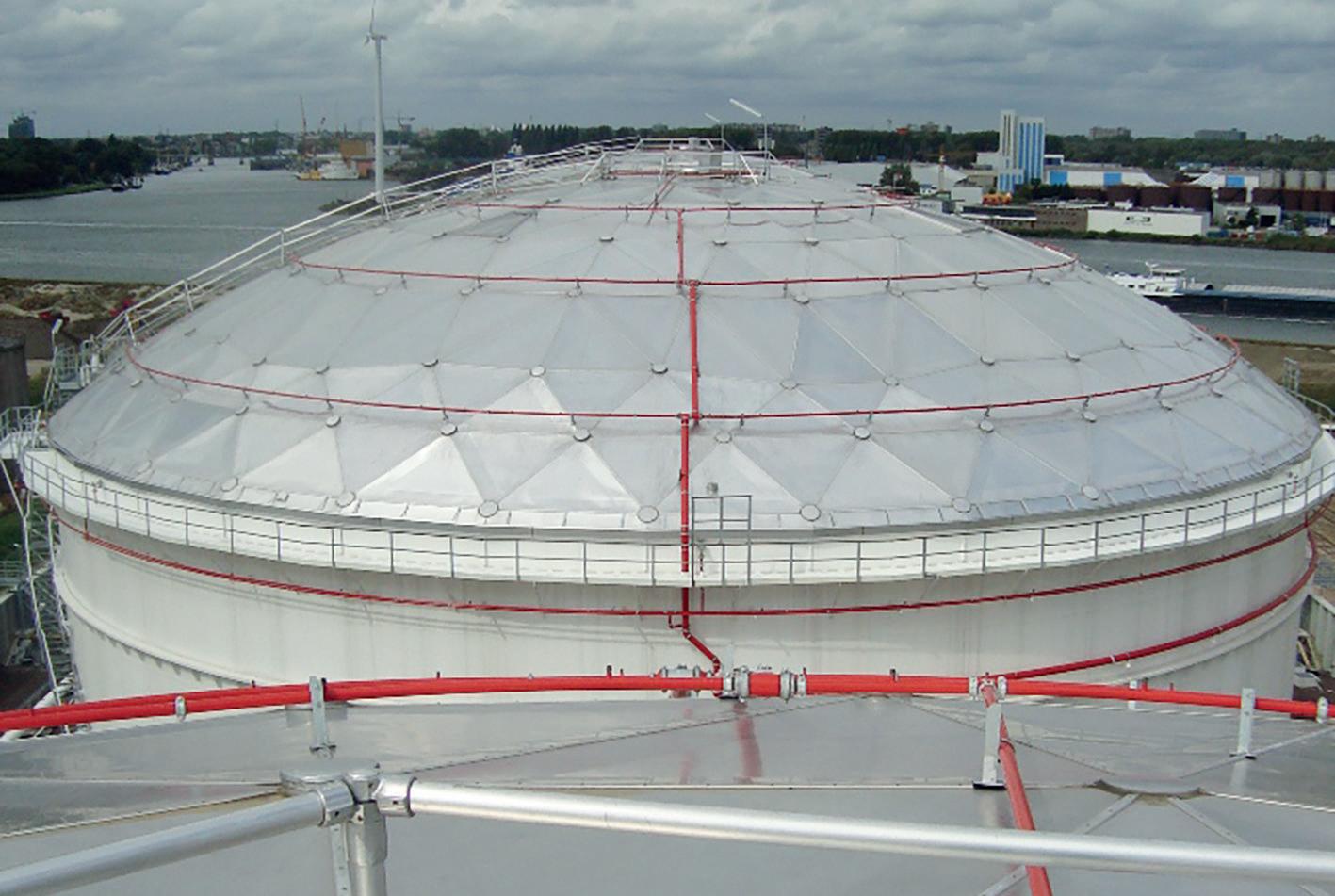
combustible vapours depend on the quality and design of the floating roof, as well as the degree of venting and ambient conditions. The higher the ambient temperatures the more likely a combustible vapour presence will be able to form above the liquid surface.
These vapours are often considered to be heavier than air and to collect at a lower level. However, OGI studies show that a vapour column will migrate up due to thermal effects, and towards air volumes with a lower degree of vapour saturation.
Extensive field measurements for full contact floating roofs have shown that these usually do not allow explosive or combustible vapour mixtures to form above the floating roof.
PRESENCE OF OXYGEN
Oxygen will always be present in any vapour volume unless the volume is inert – for instance by nitrogen displacing the oxygen. So, unless a tank is nitrogen blanketed, this corner of the triangle will be present.
IGNITION SOURCE: LIGHTNING STRIKES
There are many ignition sources other than lightning; and terminal operators will be well aware of these. However, it has been reported the Matanzas tank fire incident started with a lightning strike on the initial tank that caught fire. On a global scale, many serious tank fires and explosion incidents start with a lightning strike hitting storage tank facilities.
As such, it is extremely important to understand lightning mechanisms and related risks, and options to mitigate these risks posed by lightning strikes on storage tanks.
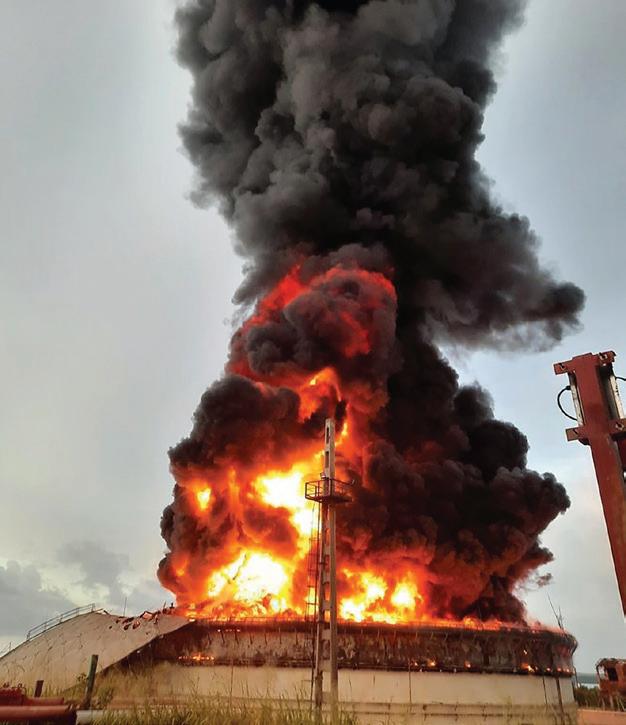
Few people realise that the tallest objects in a storm don’t always get struck by lightning. It’s true that taller objects are closer to the clouds, but lightning can strike the ground or any other surface at a close distance to a tall object. Taller objects may have a higher possibility of a strike, but where lightning is concerned, the strike path is not predictable.
As such, lightning can result in sparking or a hot spot, and these ignition sources can
CTS Group’s Gert van Meijeren shares his preliminary observations from the fire at Cuba’s main oil terminal in Matanzas
occur at any part of a storage tank. This is addressed in EN 1127-1 2007 as follows:
‘If lightning strikes in an explosive atmosphere, ignition will always occur. Moreover, there is also a possibility of ignition due to the high temperature reached by lightning conductors.
Large currents flow from where the lightning strikes and these currents can produce sparks in the vicinity of the point of impact.
Even in the absences of lightning strikes, thunderstorms can cause high induced voltages in equipment, protective systems and components.’
Terminal operators should make sure they minimise safety risks on the above basis, and also ensure the facility is prepared to deal with the potential incidents that could be the result of lightning striking any of their storage tanks.
MAIN FIRE SCENARIOS
When reviewing the fire risks of atmospheric storage tanks there are two fire mechanisms to be addressed, as follows:
• A rim fire (typically reviewed for a floating roof tank)
• A full surface fire (for any tank type, subject to product stored).
Rim fire:
In a rim fire, the fire is limited to the area between the floating roof and the tank shell. Any fire is to be considered a major incident, but a rim fire is much easier to extinguish, as the surface that’s on fire is limited. However, letting a rim fire continue could still introduce various escalations resulting in serious concerns on the safety and integrity of the tank, the tank farm and its surroundings.
Full surface fire:
A full surface fire is much more serious, as the full surface of a tank is on fire, representing a much higher heat flux. As such this kind of incident will be much more difficult to deal with. Moreover, the impact on both the tank as well as the immediate environment of a tank farm is much more severe when compared to a rim-fire.
A full surface fire can be the result of several causes, such as:
• Storing product (fractions) above its flash point in tanks not being equipped with a floating roof or being nitrogen blanketed
• Extensive amount of product or combustible vapours being present on top of a floating roof
• A damaged floating roof, for instance, resulting in a (partially) sunken roof
FRANGIBLE ROOF BEHAVIOUR
The Matanzas incident started with a vapour phase explosion under an aluminium dome roof (see image 02). The roof behaved as it should under the design codes – as a frangible roof, blowing off. This keeps the tank shell intact and the stored liquid inside the tank, limiting the scale of the initial incident.
Amongst others, API 650 (American Petroleum Institute) provides design criteria for storage tanks used to store flammable liquids. To prevent tank shell or tank bottom failure and the spill of product from the tank, the rules in API 650 are intended to ensure that the frangible roof-to-shell joint fails before failure occurs in the tank shell or the shellto-bottom joint. Failure of the frangible roof-to-shell joint provides a large vent area releasing the pressure in the tank, and it will keep the product inside the tank and reduce the chances of any further incident escalation within a tank farm as the (likely ignited) product remains within an intact tank shell.
PROPER INCIDENT RESPONSE
The proper configuration for the fire detection, firefighting and tank cooling facilities on these tanks would have been the following:
• Proper fire detection systems to be in-service (infrared fire detection on tanks without a floating roof or with a non-contact floating roof and allowing a full-surface fire, fire detection cable fitted in the rim area for tanks that would have a floating roof configured for a rim fire per NFPA 11)
• Foam injection infrastructure to allow foam entering the tank without having to enter the bund wall
• Adequate mobile adjacent tank cooling infrastructure or fixed tank cooling facilities (see image 01) to be installed on all tanks if incident heat contours require so, to allow tank roof and tank shell cooling in case of an incident, as to ensure incident will not escalate
• Infrared cameras to allow the temperature of the tank contents to be monitored in case of a tank fire
ESCALATION BEYOND A FULL-SURFACE INCIDENT
After fighting the full-surface fire for some time, the incident in Matanzas escalated dramatically, showing all characteristics of a boil-over. The initial full-surface fire escalated and it could be that the tank lost
its burning liquid contents all together, trapping the firefighters inside the bund wall area and engulfing the adjacent tank. As quite a number of firefighting staff were present in the bund wall area, engaged with cooling adjacent tanks and fighting the fire, many of them lost their lives in this tragic escalation.
HOW TO KEEP TANKS SAFE
In general ensuring proper storage tank safety and integrity in any case, including cases where lightning can strike, requires the following:
• Regularly inspect your tanks and floating roofs
• Minimise ignition and explosion risks, and do not store products with a flash point near or below ambient temperatures without taking appropriate measures to ensure vapour space is below 10% LEL (Lower Explosion Level)
• Make sure fire and/or explosion scenarios for vapour space present have been reviewed and addressed in emergency response scenarios
• Be prepared to deal with a fire or explosion scenario, make sure your tanks have frangible roofs, and adequate and immediate response efforts are defined and available (i.e. will you require foam solution, water, pumps, etc) and firefighting systems to be up to the task, having been regularly tested
• Review escalation risks associated with fire or explosion occurring, and review heat contours to mitigate incident development through the facility while also reviewing firefighting foam and water run-off in the facility
• Make sure emergency responders are prepared for their tasks, and are adequately trained and equipped to deal with an emergency situation being the result of lightning impact, preferably allowing them to respond without having to be physically present near the tanks involved and within the bund wall area
For more information:
CTS Group is a leading global solutions provider specialising in tank storage.
www.cts.global
01 Sprinkler lines on aluminium dome roof tanks
02 Frangible aluminium dome roof blown off by an explosion
USING LOHC FOR A SUSTAINABLE ENERGY SUPPLY
Learn the cost and availability advantages of using liquid organic hydrogen carriers (LOHCs), like the one from Hydrogenious, for hydrogen transport
DUE TO accelerating climate change and the Russian war in Ukraine, the flexibility and independence of energy sources has become an even greater focus of public attention. Industrial progress has always been closely linked to the availability of affordable energy. Therefore, the immediate substitution of Russian fossil fuels and the longerterm transition from fossil to renewable energies presents the economy with completely new challenges in terms of security, availability and costs of the energy needed. How can this transition succeed as quickly as possible in times of political uncertainty? And how can it be implemented with high security and low cost to increase social acceptance?
Green hydrogen, which is produced from water by means of electrolysis and using renewable electricity, allows a CO 2 -free, sustainable energy cycle. It can be produced on a large scale in regions such as southern Europe, Africa, Australia or the Middle East by solar and wind power, and offers great potential in terms of decarbonisation of industry, transport and the heating sector – provided that the hydrogen can be transported and traded globally. In the context of the war in Ukraine, the EU adjusted targets for the import of green hydrogen to ten megatonnes per year, doubling the
original target of its programme ‘Fit for 55’. At the same time, targets for production within the EU have also been doubled to ten megatonnes per year. This means effectively that half the required hydrogen needs to be imported.
For Germany and its highly developed economy, the topic of hydrogen logistics is particularly relevant as the local availability of solar and wind energy do not meet the demand, and regions with higher generation capacities produce energy at a significantly lower cost. Therefore, the German government also stated in its national hydrogen strategy: ‘To meet future demand, the majority of hydrogen will have to be imported and cannot be supplied by local production of green hydrogen alone.’ That is why reliable means of transportation are crucial.
LEVERAGING EXISTING INFRASTRUCTURE – WITH LOHC
For efficient and cost-effective storage, transport, and distribution of green hydrogen on a global scale, not many technologies meet the demands of the industry – what is needed is a safe and efficient supply of decarbonised hydrogen of high quality, ideally in existing infrastructures. In order to store and transport the volatile hydrogen in
gaseous or liquid form, considerable effort is involved, as high pressure or extremely low temperatures have to be maintained. The liquid organic hydrogen carrier (LOHC) technology from German company Hydrogenious LOHC Technologies in Erlangen, offers a promising approach to solving this problem.
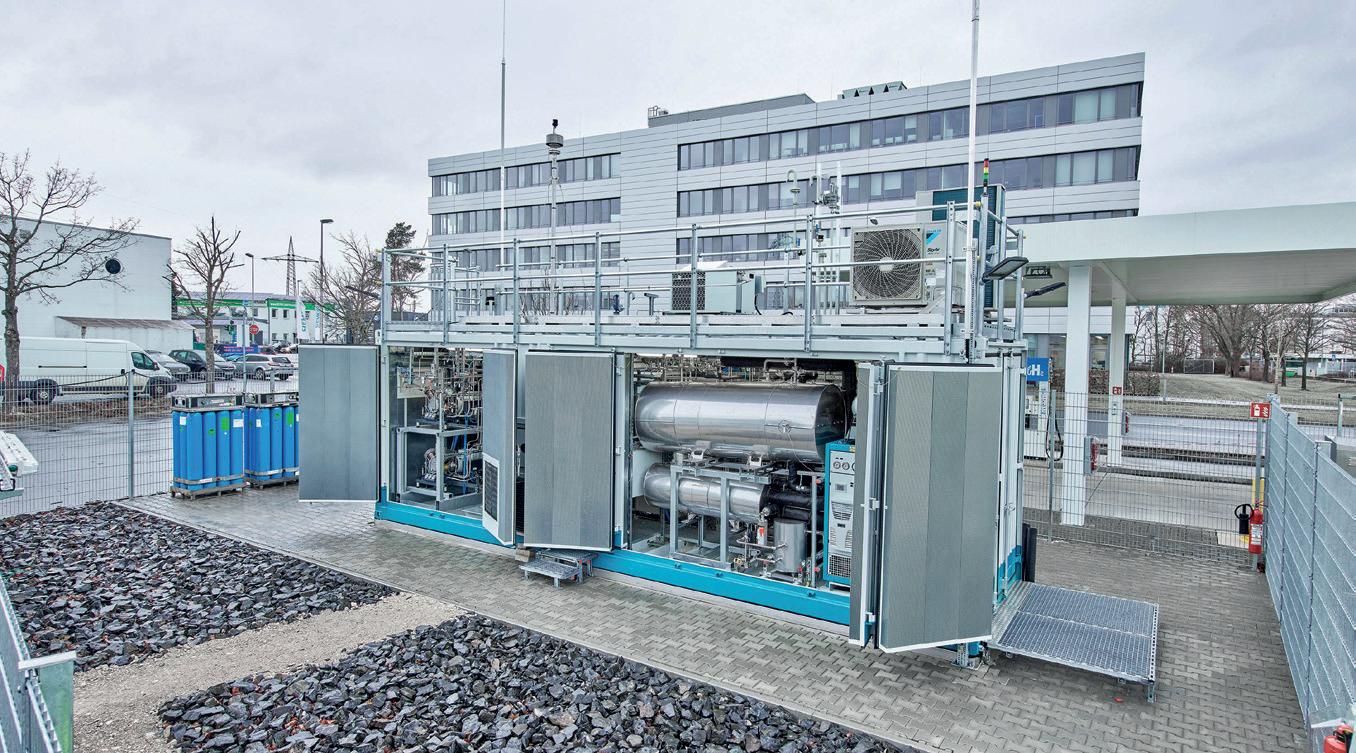
In the LOHC process, hydrogen molecules are chemically bonded to a liquid, oil-like, carrier material at the point of generation in a so-called hydrogenation plant. Hydrogenious uses the thermal oil benzyltoluene for this purpose, which has been identified to be the ideal medium for large-scale industrial use. The loaded LOHC can be easily transported at ambient conditions, leveraging existing fossil fuel infrastructure and solutions for storage, transport, and infrastructure (e.g. at ports), to its destination at the offtakers. Here, a dehydrogenation unit releases the hydrogen from the carrier material. The dehydrogenated LOHC is then transported back like a deposit bottle and can be reloaded with hydrogen hundreds of times. The advantage of benzyltoluene is its ease of handling. The mineral oil is widely used in industry and commercially available in large quantities. It also has a low hazard potential because it is flame retardant and non-explosive. It has a high volumetric energy density and can be handled like a fossil liquid fuel in existing infrastructure at ambient pressure and temperature. Thus, existing fossil fuel infrastructure can be used to transport the LOHC, allowing rapid implementation of hydrogen supply chains.
FLEXIBLE, FAST AND SCALABLE
What makes Hydrogenious’ LOHC technology so special is its impressive scalability. From regional distribution to global supply chains, from hydrogen refuelling stations to large, industrial customers such as the steel or chemical industries; LOHC enables a wide range of hydrogen projects to be implemented flexibly, quickly and safely.
At the beginning of July 2022, the operator H2 Mobility opened a hydrogen filling station for cars, commercial vehicles and buses in Erlangen, Germany, which for the first time is also supplied with green hydrogen in the form of LOHC. Several advantages of Hydrogenious’ technology came to bear in this pilot project. Previously prevailing hydrogen filling stations supplied exclusively with compressed hydrogen have limited storage capacities and a high space requirement. LOHC offers great advantages here, especially in urban areas, in terms of safety, space requirements and flexibility, since the material can be stored in conventional diesel tanks at normal pressure and ambient temperature, so no loss of hydrogen occurs.
The hydrogen for the filling station is produced with solar power from a photovoltaic system via a PEM electrolyser at Hydrogenious’ headquarters in Erlangen and stored in a LOHC. The LOHC is transported to the hydrogen filling station by tanker truck and stored in underground tanks (30 m³ each), allowing the filling station to stock 1,500 kg of hydrogen safely and without upkeep or boil-off losses. Such large hydrogen volumes in storage are not yet common at pressurised hydrogen filling stations. Hydrogenious provides green hydrogen with the highest degree of purity (according to the DIN EN 17124 or ISO 14687 standard) as vehicle fuel via its ReleaseBox release system, which is connected to the underground tanks.
The tank truck for LOHC transport has five tank chambers with a total gross capacity of 45,000 L and allows simultaneous filling and emptying of the LOHC loaded with hydrogen and the LOHC unloaded. Two pump-metering systems with mass counters allow
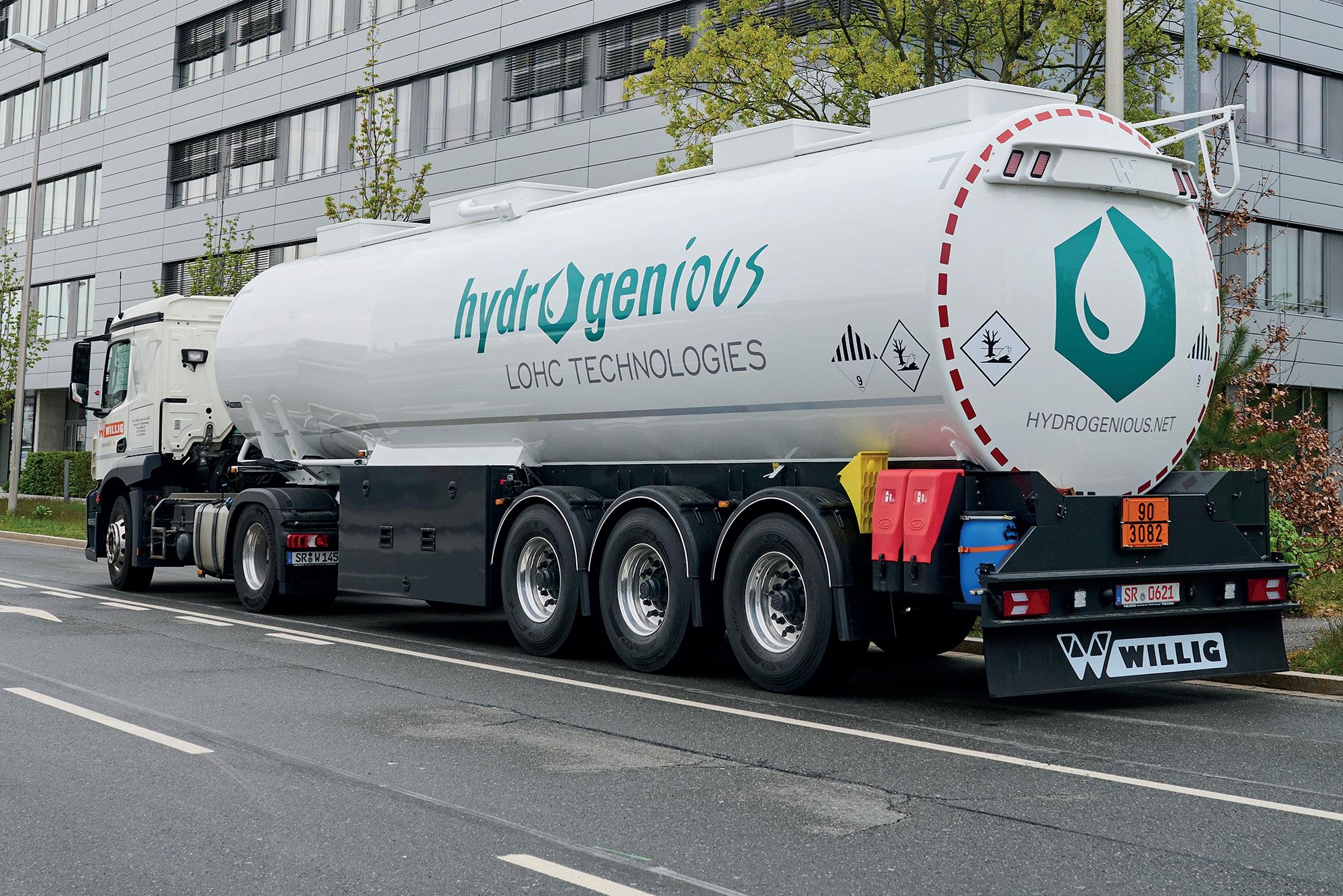
simultaneous receiving and discharging of the liquid.
Hydrogenious’ dehydration/release facility is housed in a 30’ (9.14 m) container adjacent to the fuelling station. Here, the hydrogen is released with a compression of 45 bar and then brought to the 350 bar (bus, truck) or 700 bar (car, light commercial vehicle) required during refuelling in an intermediate storage tank. Such a dehydrogenation system from Hydrogenious LOHC has already been successfully tested in 2021 in Woikoski, Finland together with a hydrogenation system as part of the project Hydrogen Supply and Transportation using Liquid Organic Hydrogen Carriers (HySTOC). Here, the systems proved their reliability under the harshest environmental conditions and low temperatures.
IMPLEMENTING EUROPE-WIDE AND GLOBAL SUPPLY CHAINS
In addition to these pilot projects, there are also large-scale industrial lighthouse ventures that are being implemented with Hydrogenious’ LOHC technology, as LOHC can show its strengths particularly in high-volume-large-distance transport chains. Where no pipelines for hydrogen are currently possible, LOHC technology bridges gaps in the transport chain quickly and efficiently. With annual production volumes of 10,000 tonnes of green hydrogen, the Green Crane project is an example of such large-volume hydrogen import projects. Hydrogenious LOHC Technologies and its partners aim to connect green hydrogen sources to customers in central and northern Europe via the high seas within five years.
Hydrogenious subsidiary LOHC Industrial Solutions NRW is also building what is currently the largest LOHC storage plant
at Chempark Dormagen, North RhineWestphalia, Germany, with a capacity of approximately 1,800 tpa of hydrogen. Several destinations of the LOHC-filled tanker trucks, supplying industrial and mobility offtakers in Germany as well as in the Rotterdam port area, are currently being discussed.
Another planned large-scale project is Blue Danube, a pan-European supply chain for green hydrogen in the Danube region, coordinated by Verbund. Here, electrolysers in Germany, Austria and Romania are to produce more than 30,000 tpa of green hydrogen by 2026, which will then cover the entire Danube region in a trans-European supply chain, including the use of LOHC for the shipping of hydrogen on the river Danube in an industrial scale.
In March 2022, ADNOC, Uniper, JERA Americas and Hydrogenious LOHC announced a partnership to jointly explore the possibility of hydrogen transport between the UAE and Germany using LOHC technology. This cooperation was announced during the visit of Robert Habeck, Germany’s federal minister for economic affairs and climate protection, to the UAE. Work on the study is currently in full swing and is to be completed by the end of the year. The goal is the implementation of a supply chain from the Emirates to Europe. These and other projects are important milestones on the way to making renewable energies globally tradable and transportable with the help of green hydrogen and to supply industry with affordable energy. LOHC technology makes an important contribution to this by harnessing existing infrastructure – which means a significant cost and availability advantage compared to building completely new transport chains.
For more information: www.hydrogenious.net
01 The small dehydrogenation or release facility (ReleaseBox 10) operating in the H2Sektor demonstration project at the Erlangen hydrogen filling station releases around one kilogram of hydrogen per hour from around 20 L of LOHC material. Since 2022, Hydrogenious has been pursuing the development of significantly larger release facilities in a capacity range of at least 1.5 tonnes of hydrogen/day. ©Hydrogenious LOHC Technologies
02 The new LOHC tanker from tanker manufacturer Kurt Willig provides the LOHC logistics part and transports both the hydrogenloaded LOHC and the unloaded material at the same time, thanks to its multi-tank chamber system. ©David Häuser

INTO THE UNKNOWN
Marion Cleveland at Advanced 3D Laser Solutions Group shares her experience of being a woman working in male-dominated spaces
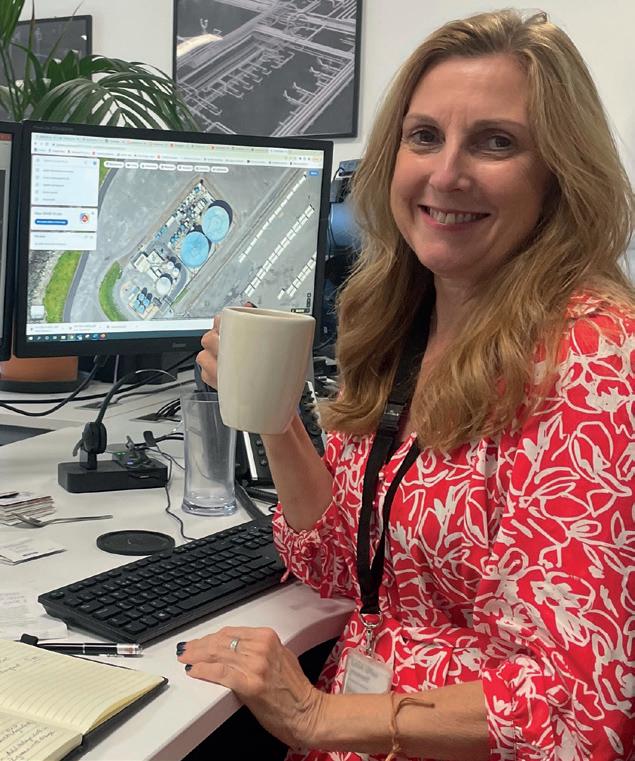
MARION CLEVELAND didn’t always dream of being in the oil and gas industry. In fact, her current role as Business Development Manager for A3D took her completely by chance. ‘I’d known A3D’s Director Colin Pittman from when I’d previously worked in the media industry and was delighted to join him and the rest of the team at A3D’s offices in Chelmsford, Essex,’ she says.
Advanced 3D Laser Solutions is a UKbased company specialising in 3D laser scanning and modelling, smart piping and instrumentation diagrams (P&IDs) and digital asset management. ‘I thought it was a very exciting industry. I also like tech, so the idea of digitisation really appealed to me,’ says Marion. ‘Plus, of course the sustainability agenda and the move from fossil fuels to green ammonia and hydrogen for example. There’s a lot going on, and it’s an exciting time to be in the industry.’
WORKING WORLDWIDE
Having lived in France previously and with a French language degree, Marion was particularly interested in the opportunity to work internationally. ‘I really enjoy talking to clients around the globe about their challenges to become more efficient and how they are managing the energy transition,’ she says.
As a woman on the business development team, Marion’s day-to-day is as varied as you might expect. ‘That’s what makes it so interesting!’ she says. ‘My role involves reaching out to new and current clients, organising Teams meetings, composing our social media posts and writing proposals and presentations.’
Her greatest achievement so far in the industry involves a very quick turnaround for a new business client. ‘When the purchase order came through for this new client in central Europe to digitise one of their terminals – that was my proudest moment at A3D,’ she says. ‘Our new client had very quickly realised the advantages of possessing as-built documentation and a data lake, so it all happened so fast. The project is still ongoing so I can’t say who it is, but I was very happy that day! We opened a bottle of fizz to celebrate – I’m unashamed to say, I drank most of it!’
Part of her job also involves attending conferences such as StocExpo. ‘I found StocExpo a very rewarding experience
– the Women in Tanks panel session was so inspiring, especially hearing how women in a traditionally male environment had navigated their way forwards,’ says Marion.
CHALLENGES AND ‘MANSPLAINING’
Having previously worked in the construction industry as a Bid Writer, Marion is no stranger to working in male-dominated spaces. ‘Women were mostly to be found in marketing or other non-engineering environments,’ she says. But the landscape is beginning to change. ‘What I have noticed is that there are now more women in tech and engineering roles and their voices are being listened to. Women are treated much more respectfully than in the past.’
That said, Marion has found it difficult to have her voice heard over the years – though this can partly be explained by social conditioning. ‘I found I had got into the habit of waiting for all the men in the meeting to say what they had to say before speaking up myself,’ she says.
‘Instead I could have actively joined in the discussion. I did not speak up for myself enough. I recognised I needed to change my own behaviour to assert myself –which I try to do now – but ingrained conditioning is hard to overcome,’ she says.
‘Respect for women has really improved as men have realised that certain behaviours are no longer acceptable, such as talking down to women and assuming we are the ones to make the coffee,’ she continues. With two
daughters of her own, Marion is a keen champion of women, supporting her girls in their endeavours – whether that’s creative, in the workplace, or both. ‘I think the way forward is for women to speak up and not remain silent when they see things happening to other women in the workplace. Women need to support other women.’
CHAMPIONING WOMEN
‘The vast majority of men in tank storage that I have met are very supportive and would like to see more of us women here,’ says Marion. The first step is to bring more women into the industry – but a crucial element is keeping them there.
It’s easy enough to recommend the industry to other women, reasons Marion.
‘If you like engineering and technology, this is the place to be,’ she says. ‘There are huge international opportunities, and you can make a real difference.’
‘Plus, you are working in an industry which is looking to actually make real changes to our impact on the world, hopefully reducing the extreme weather conditions we see around the globe –including the record temperatures in the UK,’ she continues. ‘My ultimate career goal is to grow A3D from where it is now, expanding my knowledge of the tank storage industry as I go along. I hope to have a long career in oil and gas.’
So, how do we keep women from leaving the sector? Marion has a solution: ‘Family policies, including flexible working need to be implemented,’ she says. ‘So many women change careers when they have children if their work/life needs are not met.’ While Marion predicts that the industry is likely to still be maledominated in 20 years, she hopes it will be much more diverse than currently.
‘I’d like to see there be more role models, like those we saw on the Women in Tanks panel at StocExpo,’ she says.
more information: +44 01245 967209
PAINTING TANKS OF THE FUTURE
QLAYERS’ INNOVATIVE paint robot recently bagged them the gold Global Tank Storage Award for Emerging Technology. Able to paint tanks safely and effectively, judge Manuel Ronda from Shell calls the 10Q robot an innovation that: ‘ticks many boxes making the best use of the robot is to offset safety, environmental and efficiency issues.’
The 10Q offers a fast, safe and efficient way to coat the exterior of tanks, without exposing people and the environment to the danger of overspray.
Qlayers designed the robot with the following key objectives in mind:
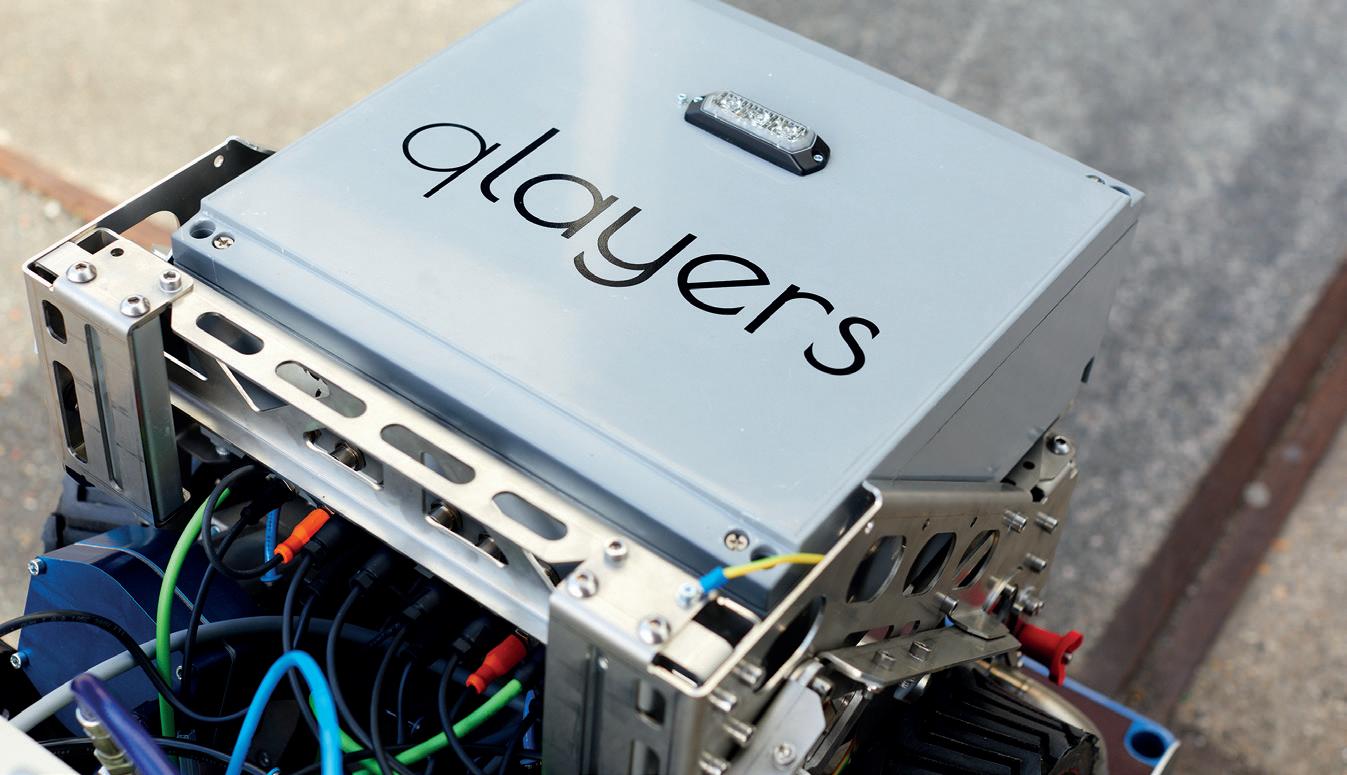
• To reduce paint waste
• To reduce negative impacts on the environment
• To make coating a safer and faster process
‘The team is extremely happy to have won the award, and it is always great to gain recognition for the work that we do, as we have a super innovative product in a very traditional industry,’ says co-founder and CEO, Josefien Groot.
The Global Tank Storage Awards Emerging Technology prize is chosen by an independent, international judging panel of industry experts and professionals. It ‘is given to a cutting-edge technology that allows forward-thinking terminals to keep pace with a rapidly changing working environment.’ Cutting-
This is the only commercially available solution for automated paint application on storage tanks
edge technology and forward-thinking are two areas on which Qlayers pride themselves.
Groot explains that Qlayers has poured all investment into producing a high-quality product. As such, marketing has not been a main priority. However, winning this award shines a spotlight on their innovative and well-engineered 10Q robot. ‘The recognition from this award means we gain good attention for what we do,’ she says.
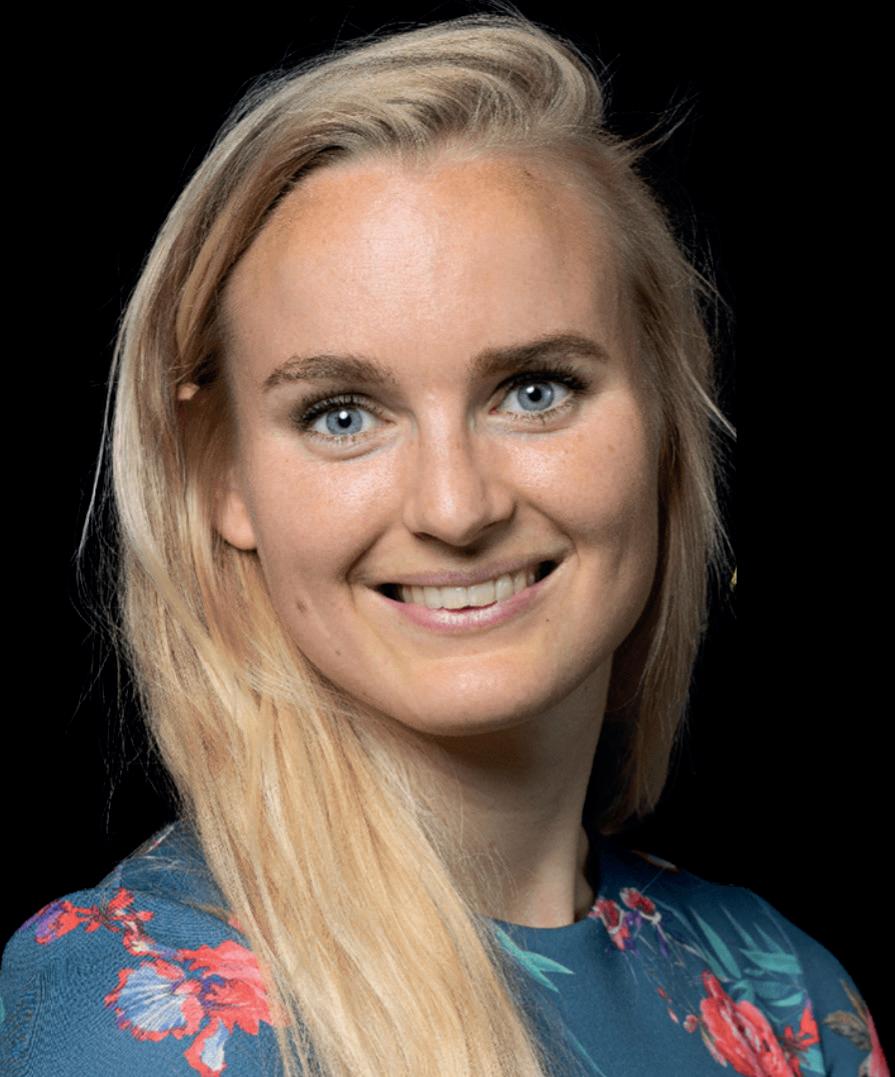
DEVELOPING A HIGH-TECH SOLUTION
Technology is increasingly being used and developed in the industry, to make various processes safer and more reliable. ‘At the moment, storage tanks are painted manually; usually referred to as coating. They are painted with rollers in the same way we paint our bedroom walls,’ says Groot. ‘In some cases, a spray gun is used but a lot of countries are against this due to its negative impact on people and the environment. Many are reverting to time-
inefficient rolling processes. As a result, individuals painting work from dangerous heights, which can potentially lead to harmful accidents.’
In shedding light on the current manual processes of coating tank exteriors, Groot emphasises how the gap in the market for the 10Q came about – and how there was also a desperate need for the technology to be innovated.
Groot says: ‘With the 10Q robot, the current paint application process is outdone [whereby its efficiency, waste reduction and safety measurements are all improvements on manual paint processes]. The robot uses magnets to climb along the tank wall and surface. This is the only commercially available solution for automated paint application on storage tanks.’
Qlayers’ robot provides an automated solution that not only reduces risk to people, but also reduces time spent painting, waste paint and the impact on the environment. ‘With manual processes, there is always the opportunity for risks, and up to 50% of paint is wasted,’ adds Groot.
The 10Q robot is especially innovative as it also tackles the recurring process of painting a tank. ‘Tanks need to be painted every 15-20 years. In a manual process, the contractor comes in and removes the coating and then applies more coating layers. Businesses offering this service often also specialise in scaffolding to achieve this,’ says Groot. However, with
Josefien Groot, co-founder and CEO at Qlayers tells Tank Storage Magazine about the firm’s award-winning 10Q paint robot
Qlayers’ 10Q robot, customers will have more freedom in terms of the contractors they hire on site, all with remote support from Qlayers to operate the robot.
PRIORITISING WORKER SAFETY
The safety of workers is central to Qlayers’ values. The 10Q robot incorporates various safety provisions to ensure this during the painting process.
With a single robot able to paint faster than six people using rollers, the 10Q robot will see the introduction of new, technological jobs, whilst reducing risk to people in unsafe manual jobs.
As well as the risks that come with working at heights, Groot says: ‘Individuals are also exposed to chemicals. There is not yet a lot of research around what happens for people
working with these chemicals long term.’ The introduction of 10Q could even be mitigating long-term health complications caused by paint particles being inhaled.
From an environmental perspective, overspray from the spray guns still used in some countries releases potentially harmful particles into the atmosphere.
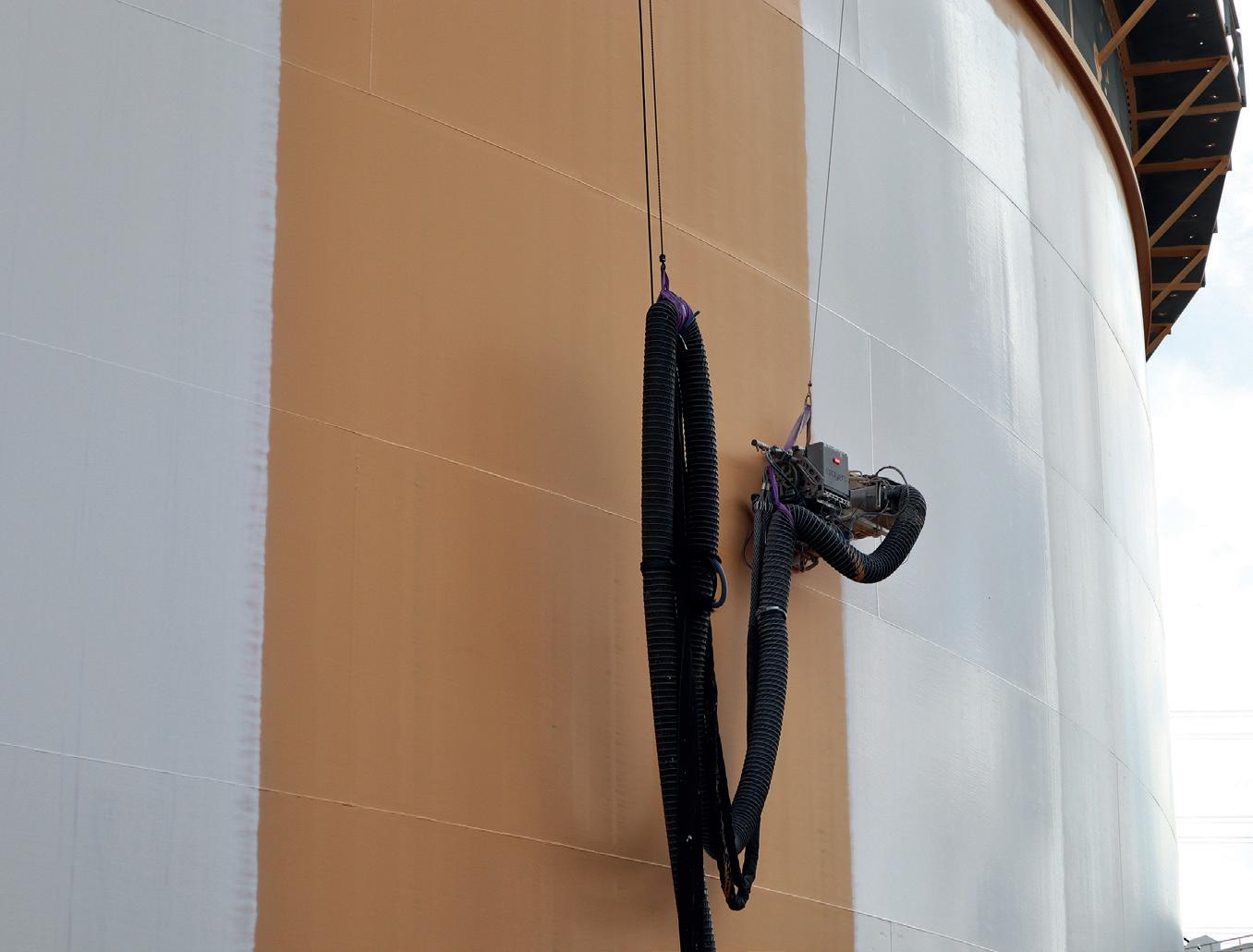
‘The paint robot prevents this, and controls layer thickness – minimising paint waste,’ says Groot. ‘As the paint is not sustainable, this prevents the particles from impacting surrounding environments.’
FUTURE PLANS
The 10Q robot currently operates in Europe, Singapore and the US. This is just the start of the Qlayers journey towards implementing an automated painting
process. Before the end of the year, Qlayers also hopes to open an office in the US and the Middle East.
The future is bright for Qlayers and its robot.
‘The robot can coat the majority of the tank but not all of it – with the hope that in the future it will have a higher coverage,’ says Groot. ‘At the moment, we only do part of the externals, but next we would like to be able to do the roof and the inside.’
Groot identifies that the Qlayers process is not fully automated yet, but it’s something to strive for in the future.
Awards judge Jamie Winters praises Qlayers as: ‘a forward-thinking company that has rapidly expanded and has had some real success in changing the industry approach to storage tank painting.’
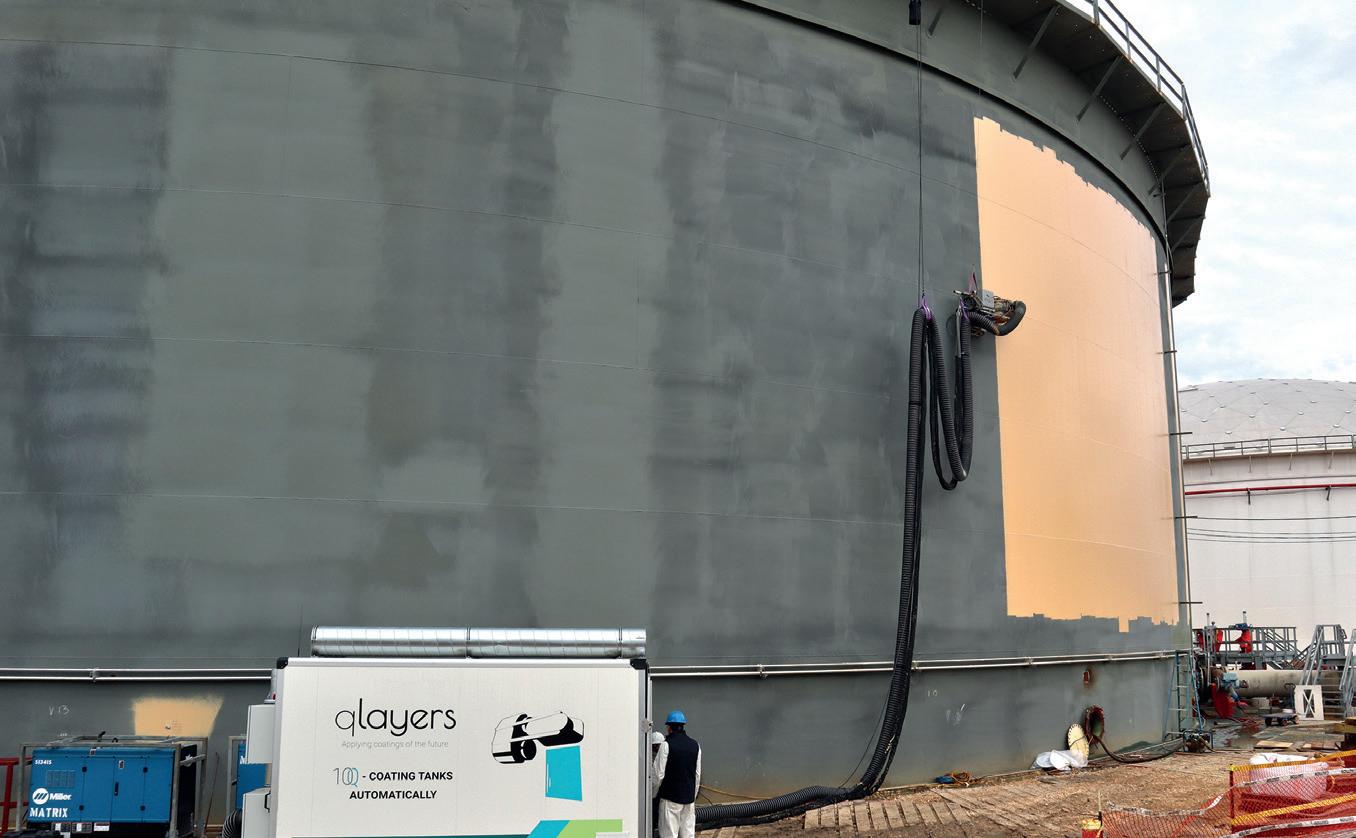
‘We also see the need to adapt the robots as we go, due to the different environmental conditions worldwide. This makes the robot more specific to each country’s conditions and requirements,’ Groot says. ‘Consequently, we attempt to log and report everything that happens on site and report back to the development team so changes can constantly be made.
Customer feedback and operational experience in the field are used for product updates. Those updates are tested carefully, before being considered in the next robot production cycle.’
For more information: www.qlayers.com +31 6 834 576 94
Qlayers’ 10Q robot
Josefien Groot, co-founder and CEO of Qlayers
The 10Q robot in action; painting a tank exterior
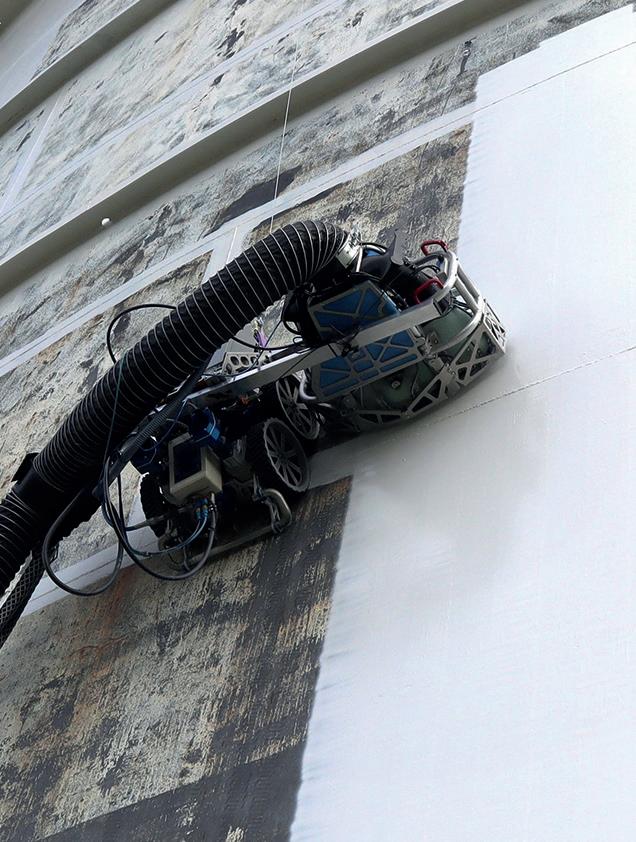
THE FUTURE OF LNG STORAGE
THE GOLD Global Tank Storage Award for Environmental Performance is awarded ‘to the product or technology that serves to protect the environment and/or reduce emissions at the terminal.’ In 2022, this award went to the GST membrane full containment system dedicated to onshore cryogenic storage developed by Gaztransport & Technigaz (GTT).
‘It is a great honour for GTT and GST membrane full containment technology to be recognised and accepted by prestigious judges from the likes of Shell, BP, Vopak and Ineos in the LNG industry. Winning the gold also encourages GTT to continue optimisation of our technology offering industry a more environmentally friendly, competitive and attractive solution in terms of cryogenic storage tanks,’ says GTT’s business development manager Edward Chen.
WHAT IS GST?
GTT developed GST technology for onshore cryogenic storage. The GST membrane full containment system consists of a corrugated stainless steel membrane (304L) with a thickness of 1.2 mm, which serves as the primary membrane. The double network of corrugation absorbs the thermal contractions in both directions from the low temperature LNG, making it resistant to thermal loads. This primary membrane is made from prefabricated membrane sheets, which are welded onto
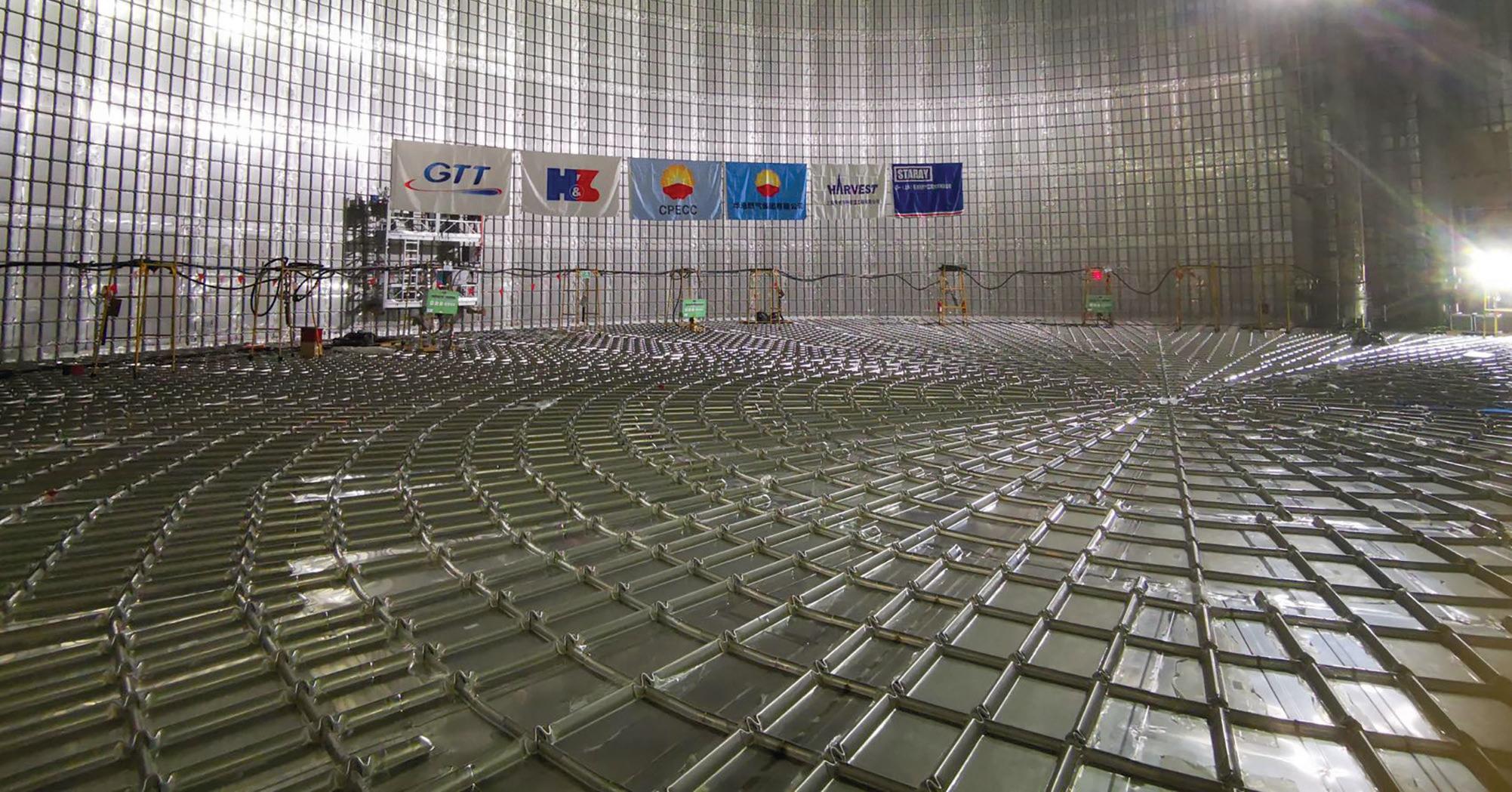
02
the insulating panels and lap-welded over each other. The insulating panels can be tailored to a customer’s needs for boil-off rates, which is typically 0.05% per day.
The insulation panels are load bearing and can transfer internal loads to the outer concrete container, which provides the structural resistance to internal and external loads. On its inner side, the concrete container has a moisture barrier to prevent moisture from entering the tank. The GST system also includes thermal corner protection, as required by industrial standards, consisting of a composite material bonded on and in between the insulation panels to prevent liquid getting into the insulation (membrane failure).
GST tanks are designed to be liquid- and gas-tight in the case of a leak, and have continuous methane detection to monitor even the smallest of leakages from the primary barrier into the insulation space. This ensures high reliability and safe operation in service.
‘Onshore LNG tanks are being planned with increasing storage capacity to benefit storage demand and investment cost while GST membrane technology can be safely applied with no theoretical restrictions on the volume and is cost effective,’ Chen says.
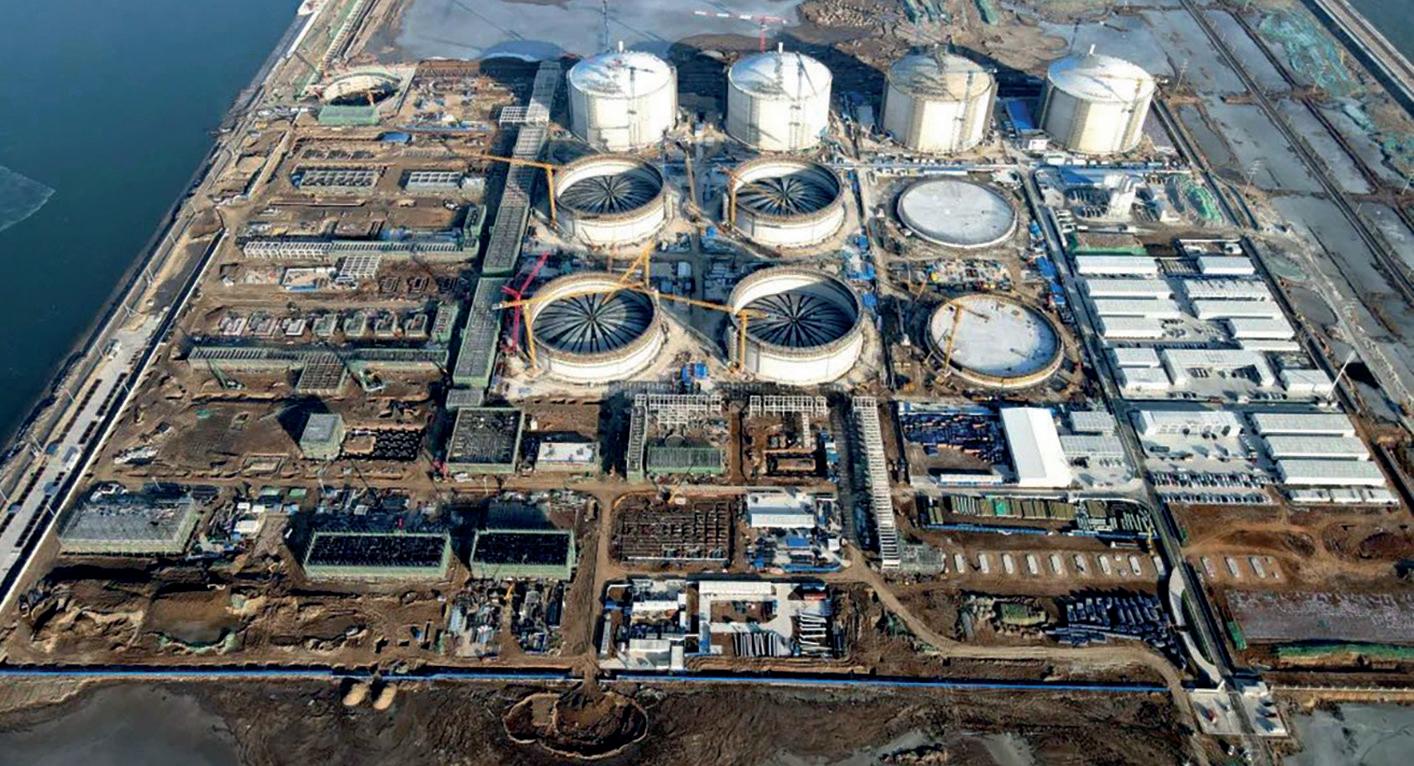
THE ADVANTAGES OF MEMBRANES
As far as safety goes, both 9% nickel steel full containment tanks and membrane full containment tanks are considered equal in industry, forming the gold standard. Both contain both liquid and vapour under ordinary operating conditions. However, Chen explains that GST membrane technology specifically has a number of other benefits over 9% nickel steel tanks.
The design is flexible as it is based on standard modular components, so can be adapted for every structure without any major changes in design. The membrane represents an inherently safe system to prevent LNG leakage. It is not highly stressed, unlike the inner tanks of nickel steel tanks, so a failure of the membrane will result only in a slow leakage of LNG into the insulation space, which will be detected in the nitrogen purge stream.
Edward Chen from GTT tells TankStorageMagazine about the company’s GST LNG tanks and winning the Global Tank Storage Award for Environmental Performance
The robust technology is suitable for seismic areas, as the forces created by seismic activity are transferred to the outer concrete shell, preventing sliding. The thin wall of the inner tank of a nickel steel tank is prone to uplift, increasing compressive buckling stresses. The concrete outer tank of the GST system is also more resistant to tsunami waves. Construction of GST membrane tanks is also simpler, with must less specialised labour required on site, due to the use of prefabricated components. These components need to be placed onsite and only the stainless steel liner must be welded. Much of the welding has been automated. Welding thick nickel steel plates onsite, on the other hand, requires a specialist welding qualification.
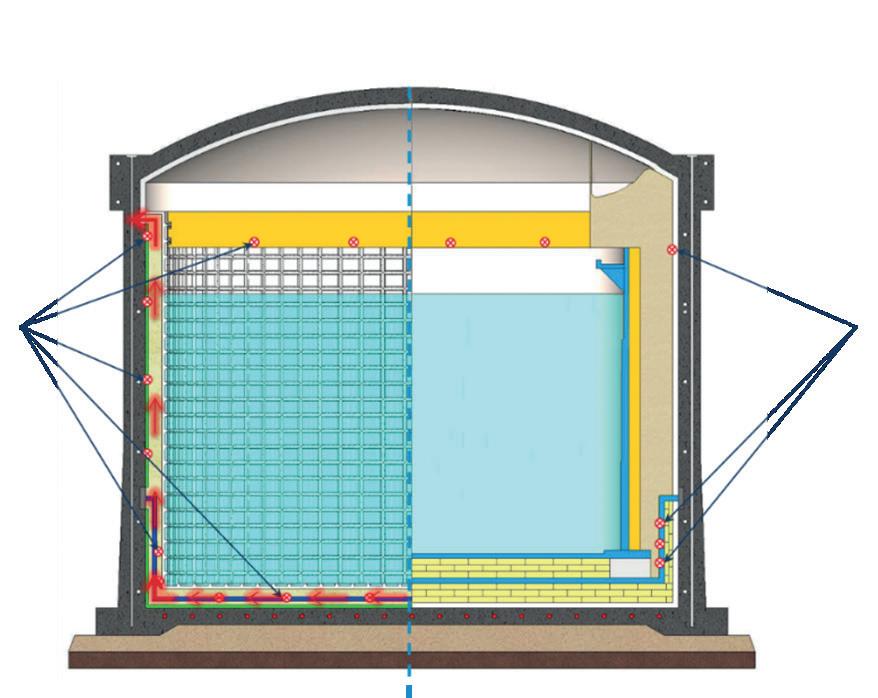
‘Offsite manufacture of insulation panels and membrane fabrication can significantly reduce on-site manhours, resulting in higher productivities, higher quality, and reduced labour rates, leading to an overall reduction in unit costs. The simplified modular technology, the industrial prefabrication of the containment elements, and the easiness of the erection make the GST membrane system cost-competitive and schedule effective, compared to 9% nickel full containment,’ says Chen.
He adds: ‘Membrane technology also offers operators the possibility to decommission, open and inspect tank inside with no risk if needed, due to unlimited thermal cycle performance.’
STANDING OUT
Chen believes that the Awards judges noted the lower environmental impact of a GST tank compared to a conventional 9% nickel steel full containment LNG tank. GTT uses a unit defined by the European Commission’s Joint Research Centre (JRC) know as the ‘Average World Citizen Equivalent Unit’. This unit takes into account various aspects including carbon emissions, fossil resources used, particulate matter emissions, water used, and mineral and metal resource depletion.
A 220,000 m3 GST LNG onshore tank scores 2029 Average World Citizen Equivalent Units. The same tank in 9% nickel steel scores 2636 Average World Citizen Equivalent Units, 23% higher. Overall, this makes GST a more sustainable LNG land storage system than other systems available.
Not only that, but the technology has recently been chosen for a number of major projects, including eight 220,000 m3 above-ground LNG tanks for Beijing Gas Tianjin South Port LNG Terminal in China, three 229,000 m3 tanks at Novatek Arctic LNG-2 GBS in Russia, and one 29,000 m3 above-ground LNG tank for Huagang Gas Hejian Peak-shaving Station in China.
sensors Temperature sensors
Continuous gas sampling system
space under nitrogen atmosphere
‘As the state-of-art membrane technology has been accepted by most oil and gas majors and large utility companies, it is likely to reshape the cryogenic tank market – volume and technology wise – thereby driving further innovation and optimisation, which can lead to reductions in unit costs and schedules for LNG storage tanks and also to lower carbon footprint,’ says Chen.
BUILDING PROJECTS AND DEVELOPMENT
GST technology was derived from GTT’s Mark III system for LNG carriers and GTT built its first onshore membranebased tanks for ethylene in the 1970s in France. The tanks are still operating commercially. The company developed membrane technology for LNG in the 1980s, when it built two 120,000 m³ onshore membrane tanks for Montoir (France) LNG Receiving Terminal. These have been in commercial operation for more than 40 years and are expected to be in service until 2035.
GTT developed the GST system in 2007, to comply with the EN 14620 standard, which was updated in 2006 to include the need for a thermal protection system. Currently. 37 GTT-built membrane tanks are in operation, mainly in France, Japan, South Korea and China.
The technology is obviously proven and well-used and 20 more GST tanks are currently under construction, in larger sizes than many of the current tanks.
One of the biggest construction projects is in China, where GTT is building tanks at Beijing Gas Tianjin South Port LNG Terminal.
‘GTT and Beijing Enterprises Group (the parent company of Beijing Gas Group) signed a collaboration memorandum of understanding (MoU) in December 2019 witnessed by two presidents; then officially launched a cooperation to build two large membrane onshore tanks
space under methane gas atmosphere
(220,000 m3 per tank) for Beijing Gas Tianjin South Port LNG Terminal in 2020,’ says Chen. ‘Thereafter in March 2021, GTT and Beijing Gas Group strengthened collaboration by extending cooperation agreement to build another six large membrane tanks.’
The first two tanks are expected to be commercial operational by the end of 2022.
GTT is now looking at commercialising even larger scale tanks with capacities in excess of 300,000 m3 in the near future.
‘GTT is also developing a mid-scale modular membrane tank which can be constructed in the fabrication yard and transported to job site for installation and pre-commissioning. This concept can significantly reduce cost and schedule compared to traditional stick-built LNG tanks,’ says Chen.
The current GST technology is ammonia-ready, making it ideal for the energy transition.
GOOD EXPOSURE
Chen says that GTT entered the Awards due to the reputation of Tank Storage Magazine within the LNG industry. The company saw its entry as a way to more widely announce the state-of-the-art GST technology and the recent projects in which it has been used.
‘The Tank Storage Awards have indeed linked GTT and GST technology to the industry more closely,’ he says.
more information:
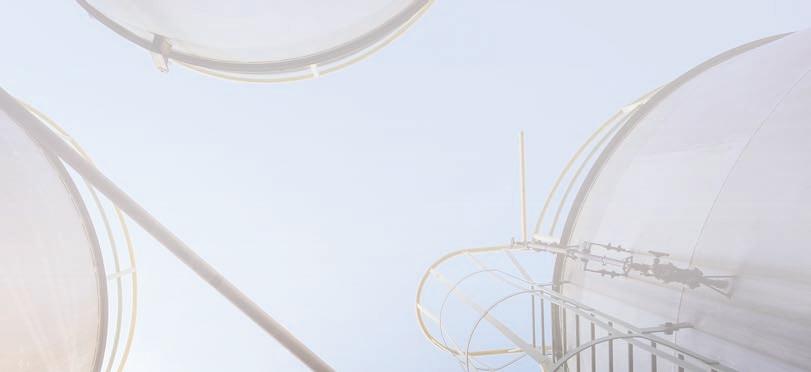







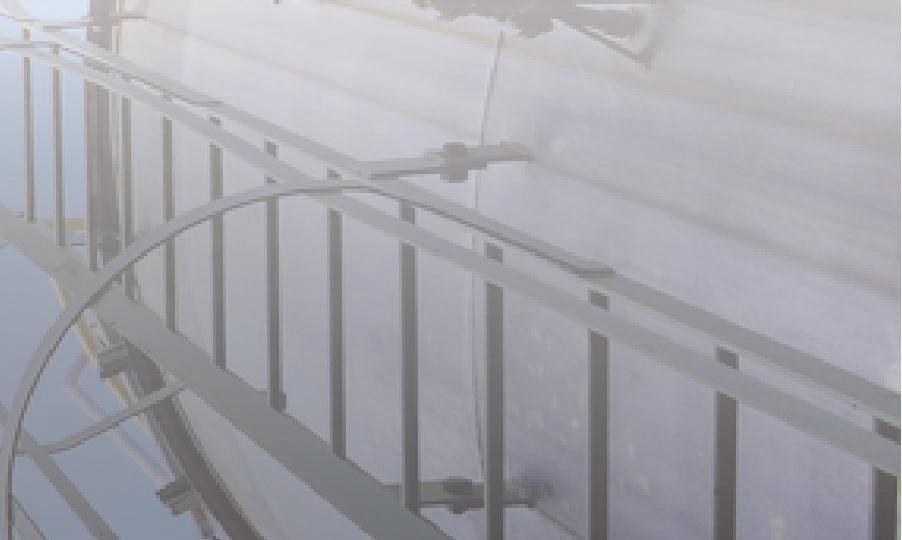

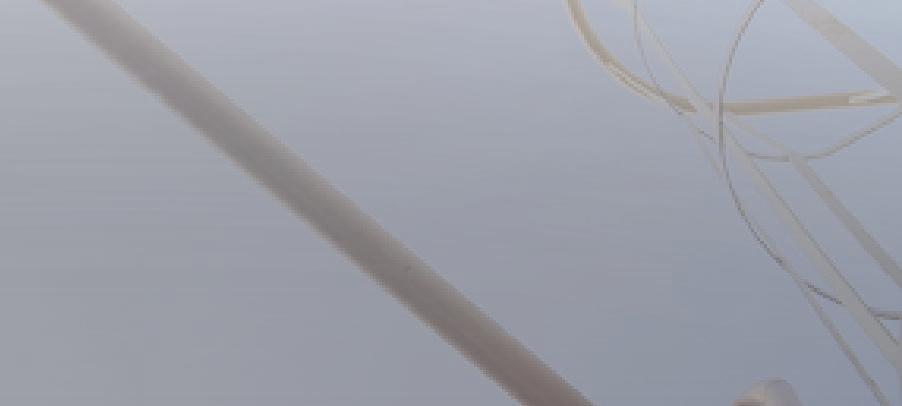


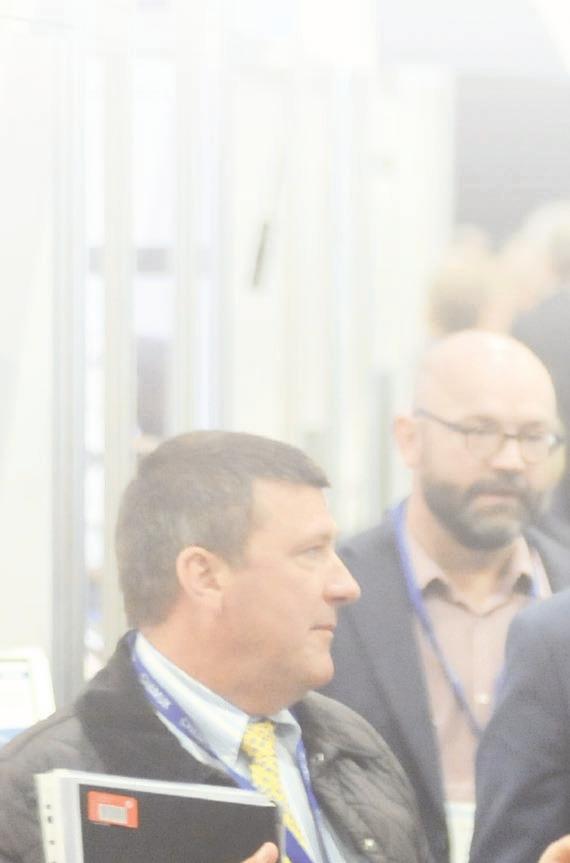














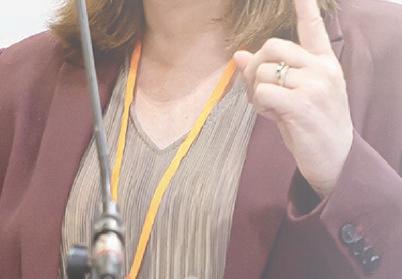




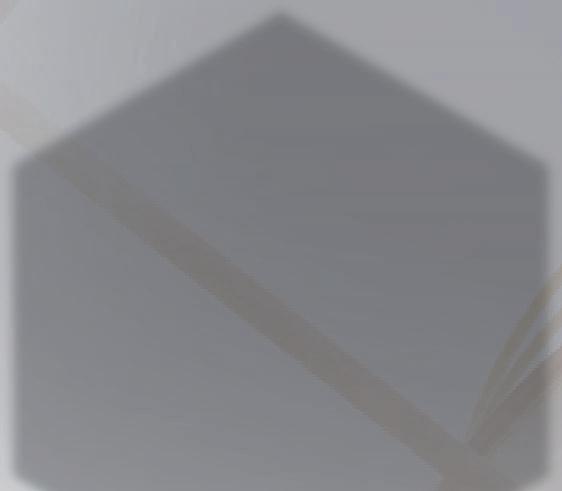

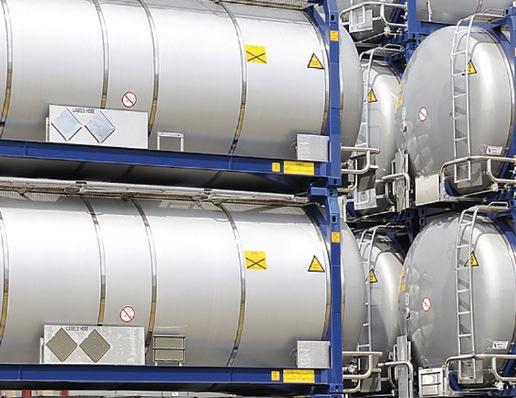

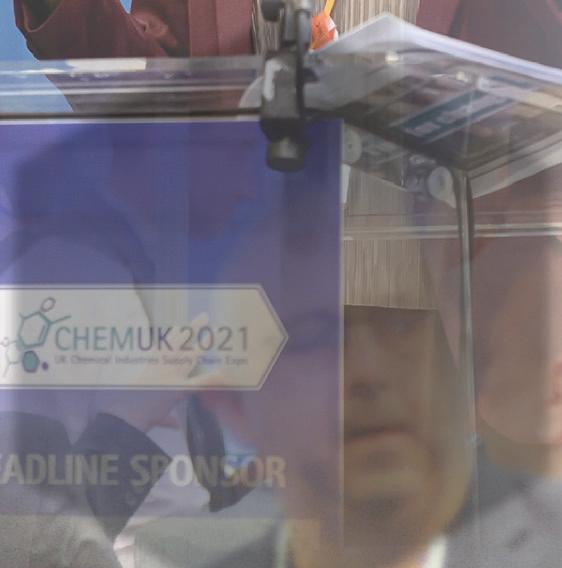





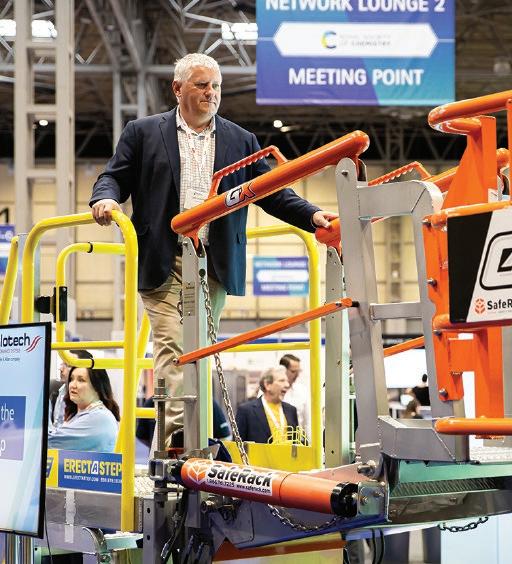
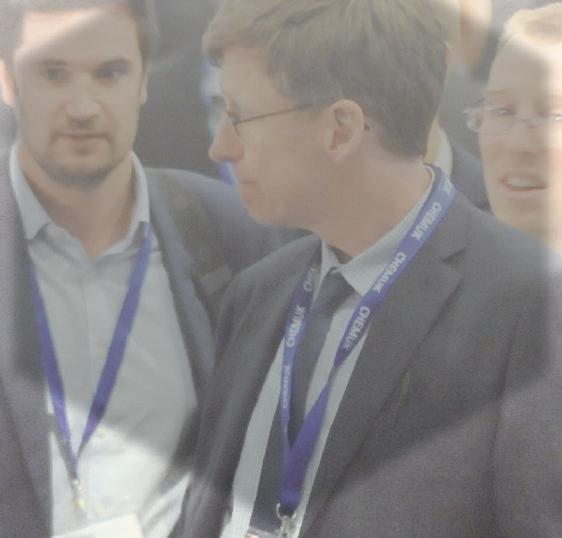


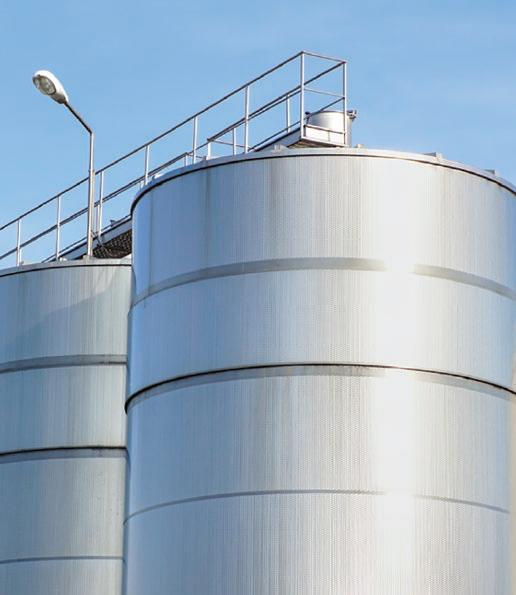


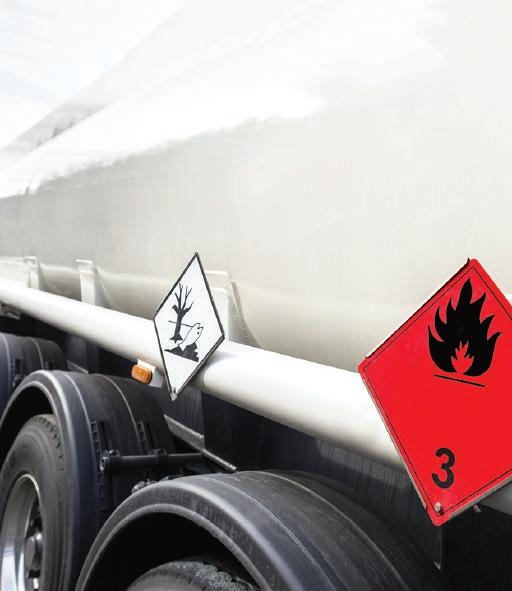




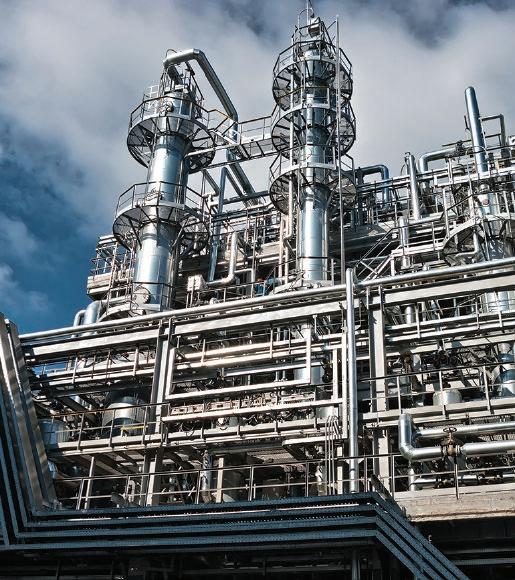
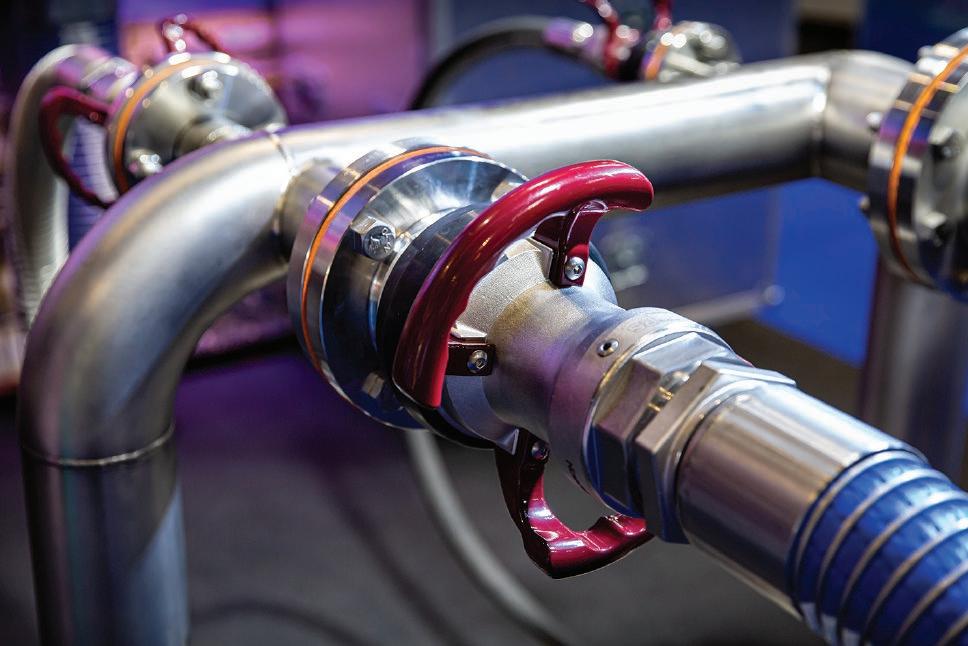







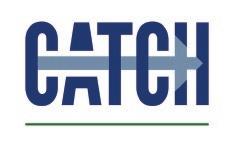
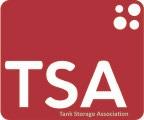

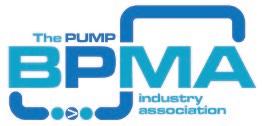



BREAKBULK’S MOST FOCUSED EVENT
Tank Storage Magazine looks at the highlights and key points from the breakbulk industry’s long-awaited AntwerpXL 2022
THE MUCH-AWAITED AntwerpXL once again opened its doors on October 4-6 after a tumultuous three years. As Tom Hautekiet, CCO of Port of Antwerp-Bruges, says: ‘The world collapsed and so did [breakbulk] businesses. [But], now back on track, let us hope the show brings a successful exhibition for all.’
AntwerpXL 2022 was held at Antwerp Expo in Belgium. The show provides a platform for the breakbulk, roro, heavy lift, and project cargo industry, delivering valuable connections and unforgettable experiences for visitors and exhibitors alike. The second edition of AntwerpXL showcased 150+ exhibitors, from cargo shipping logistics to packaging companies, all aiming to place themselves as a key business in the breakbulk sector.
Over the three days, visitors and exhibitors could engage with each other face-to-face, participating in panel discussions at the Main Deck conference and having the opportunity to look at and try some great products and services.
In comparison to the first edition of the show, AntwerpXL 2022 offered more exhibitors, content, and more business opportunities, making it a bigger show with the same focus.
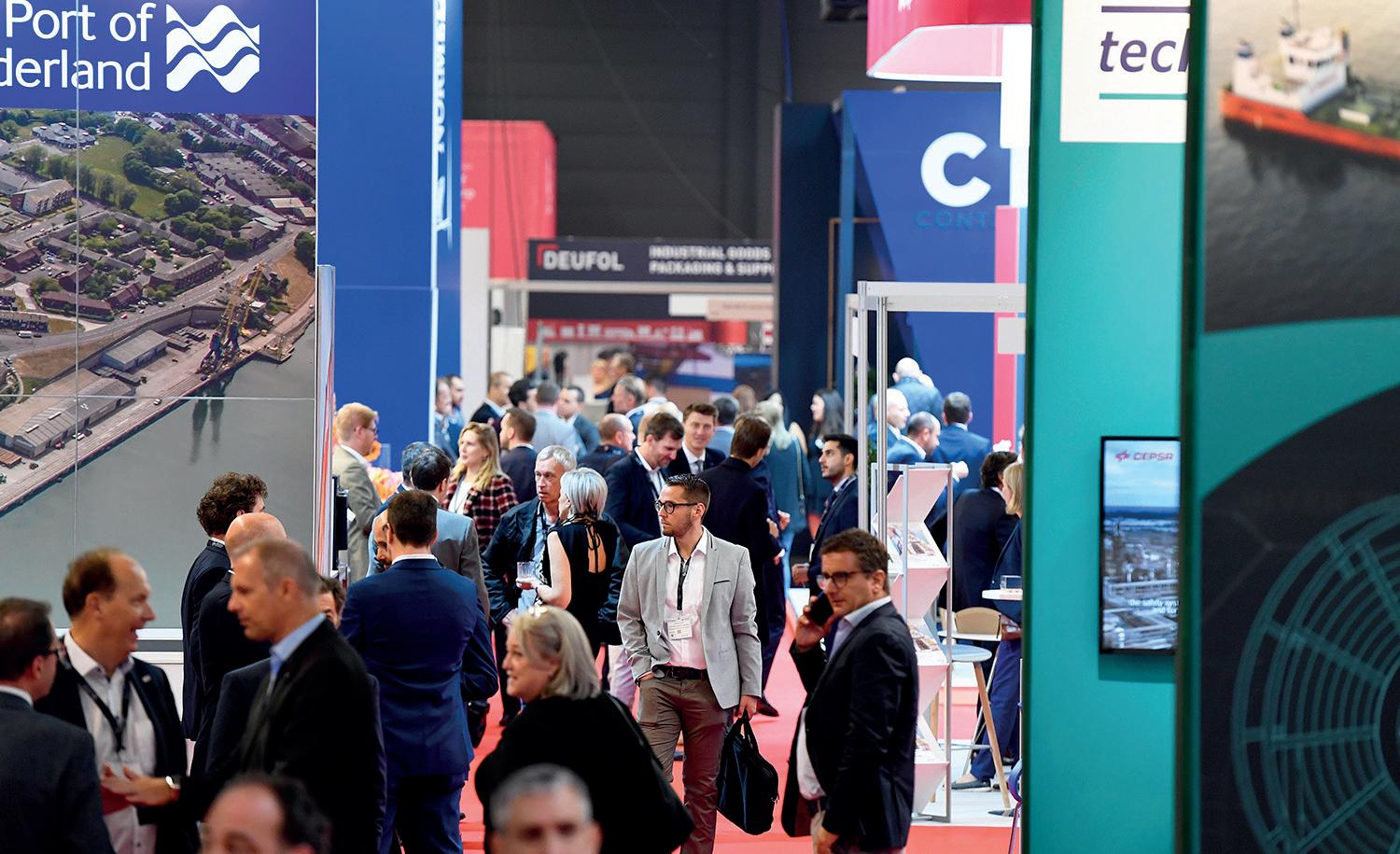
The conference opened with a ribbon cutting led by Hautekiet, alongside Lourda Derry, COO of event organiser, Easyfairs, in an exciting and long-awaited moment. Following the COVID-19 pandemic,
Hautekiet welcomed both local and international visitors to see why ‘Antwerp is the place of breakbulk.’
THE EXHIBITORS
Exhibitors from across Europe joined the event to showcase their work, businesses, initiatives, and ideas. The hall floor at Antwerp Expo boasted numerous different enterprises centred in the breakbulk industry, from the Port of Antwerp-Bruges, Deufol, and Sedna to SteelDuxx, MSC, and icapps.
Speaking with exhibitors, many valued being at AntwerpXL and getting the opportunity to finally meet with international partners and visitors in person – especially since the event had been postponed seven times since its first iteration in 2019. The passion for the event was evident, with exhibitors all hosting crowds of visitors, offering drinks and canapes, complete with a unique experience of some impressively designed stands.
THE VISITORS
The arrival of visitors came with the cutting of the red ribbon at the opening ceremony for AntwerpXL 2022. As early visitors explored the show first, the following day welcomed crowds upon crowds all eager to chat with the top businesses in breakbulk.
Attendees included large, wellestablished players such as DHL, as well as newer brands like Flying Whales, a tech company that aims to provide a solution to delivering breakbulk to those difficultto-reach areas.
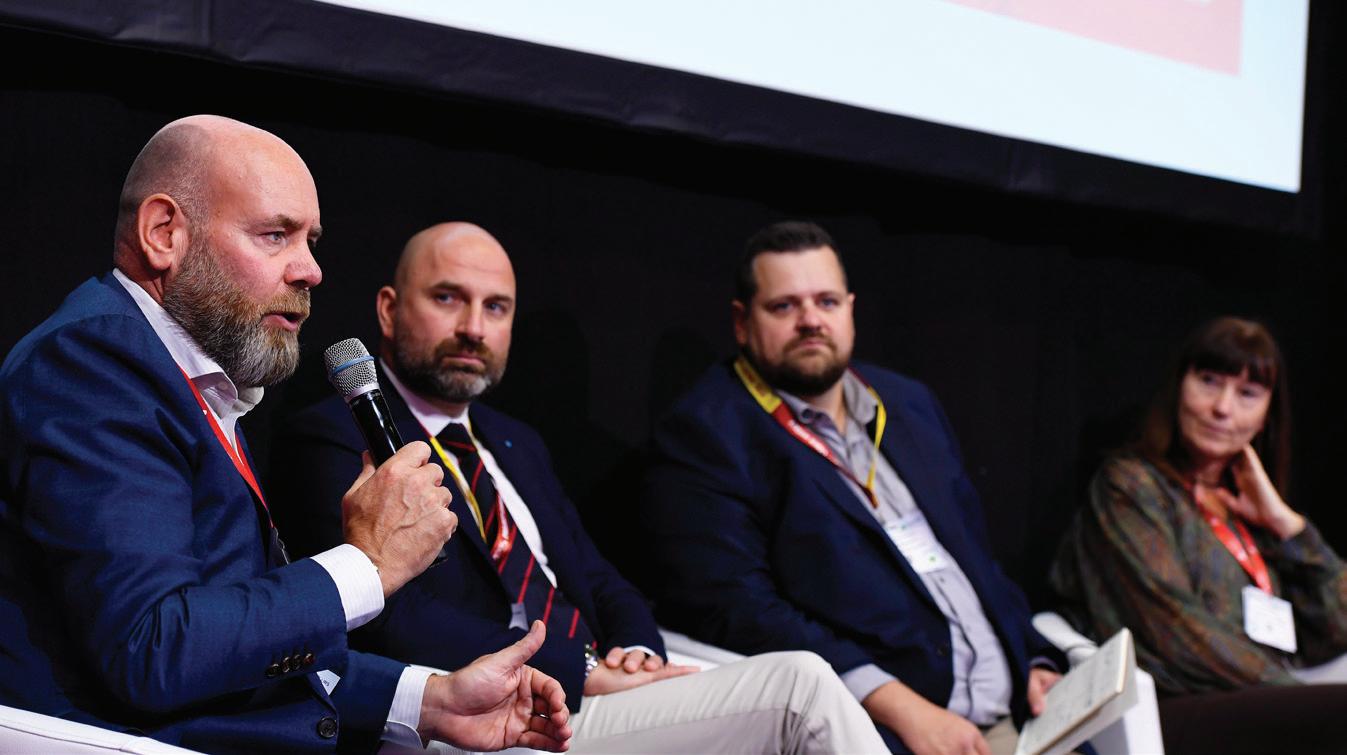
PORT TOUR, BUSINESSRUN, AND VIP PROCUREMENT DINNER
4 October opened with an impressive tour of the Port of Antwerp-Bruges.
This featured views of the shipment and storage of breakbulk, and an insight into the packaging, processing, and storage of industrial freight. The port allowed visitors and exhibitors to meet and witness the historic Port of Antwerp and its breakbulk facilities.
Taking in the sights of Antwerp was not exclusive to the port tour. On 5 October, Albert Pegg, managing director at Atlas Breakbulk Alliances kicked off Antwerp’s 10th BUSINESSrun. Beginning in the old city, participants could choose either a 4km or 9km loop, and were able to connect and network in a way that’s very different to drinks at a bar.
The first day of the show closed with a VIP procurement dinner. Selected visitors and exhibitors were welcomed by music and drinks to a networking dinner. Guests could enjoy the atmosphere whilst getting the opportunity to chat further with other attendees.
THE SPEAKERS
AntwerpXL also boasted a plethora of different conferences with panels showcasing great expertise in the sector. The first conference to take place was ‘Forecasting – Managing the needs of breakbulk and project cargo shippers in the current multipurpose shipping market.’ Moderated by Susan Oatway, a senior analyst at Drewry, the conference discussed the impact of the container segment on the market and future potential cargo flows.
Ben Swaelen and Nicolas Van der Wee at icapps discussed the top applications, technologies, and futureproof products that can be applied in the breakbulk sector, including how to work towards digital solutions in a typically analogue industry. Sustainability is becoming increasingly important in the sector, and
the conference in which it was discussed, approached the question of ‘who is willing to pay the cost?’.
THE FUTURE OF BREAKBULK
Other talks covered digitalisation in the sector and continuity in project cargo. The show closed with discussions on artificial intelligence and challenges and opportunities in the breakbulk and cargo sector and its future.
The future of the sector is something that AntwerpXL has been spearheading, not least with its 40 under 40 awards. This scheme aims to recognise emerging talent in the industry, especially amongst younger people. It’s just one way to help encourage and foster young talent in the breakbulk industry, so that innovation can continue to thrive.
INNOVATION ZONE
The innovation zone was an area of the exhibition which showcased some of the emerging businesses in the sector. For example, Unafix is a cloud-based charter party editor and document manager, offering full support for fixture/ recap management, rider terms, and issuing of BIMCO standardised forms. The company’s clever technology helps businesses to collaborate with their team, external partners, and clients, consequently, improving efficiency.
Another innovative exhibitor was PortXL, whose mission is to accelerate innovative technologies for green energy, maritime, logistics, and process in port regions across the world. They describe themselves as: ‘an ecosystem of startups, scale-ups, corporate partners and mentors – all change-makers, creative thinkers and problem solvers who work collaboratively to disrupt the status quo.’
This approach supports the company’s central aim of wanting to change the way people think about the maritime industry.
AWARDS
AntwerpXL also presented awards to certain exhibitor stands, recognising them as an accelerator in marketing and environmental, social governance (ESG) processes. The awards included:
• Most Sustainable Stand awarded to Universal Lines Africa
• Best Entertainment awarded to North Sea Port
• Best Pre-Event Marketing Campaign awarded to Boeckmans
• Best Overall Stand awarded to MSC ‘To stand out in an exhibition, you need to invest. Marketing, stands, sustainability initiatives, and entertainment define a brand and give a unique identity to a company. These awards reward those who have worked to pull in and attract a crowd, whilst maximising their brand visibility,’ says Rikki Bhachu, head of marketing for AntwerpXL.
SPECIAL ANNOUNCEMENTS
Many exhibitors used the show as a platform to announce key business changes, innovations, and news. One exhibitor that brought an announcement was De Grave Antverpia, which has now rebranded to DGA Shipping. Together with the appointment of their new CEO, Dirk Verstraeten, and the planned relocation to Atlantic House, the announcement made at AntwerpXL marks a new era for one of Belgium’s largest navigation companies.
SAVE THE DATE
AntwerpXL will be back for its third edition in 2023, with another spectacular programme and exhibitor showcase. The 2023 conference will take place from 28-30 November. Save the date!
For more information: www.antwerpxl.com
01 Visitors are welcomed by exhibitors at AntwerpXL
02 A panel of industry leaders discuss challenges and opportunities in the sector
03 Lourda Derry and Tom Hautekiet cut the ribbon at AntwerpXL’s opening ceremony
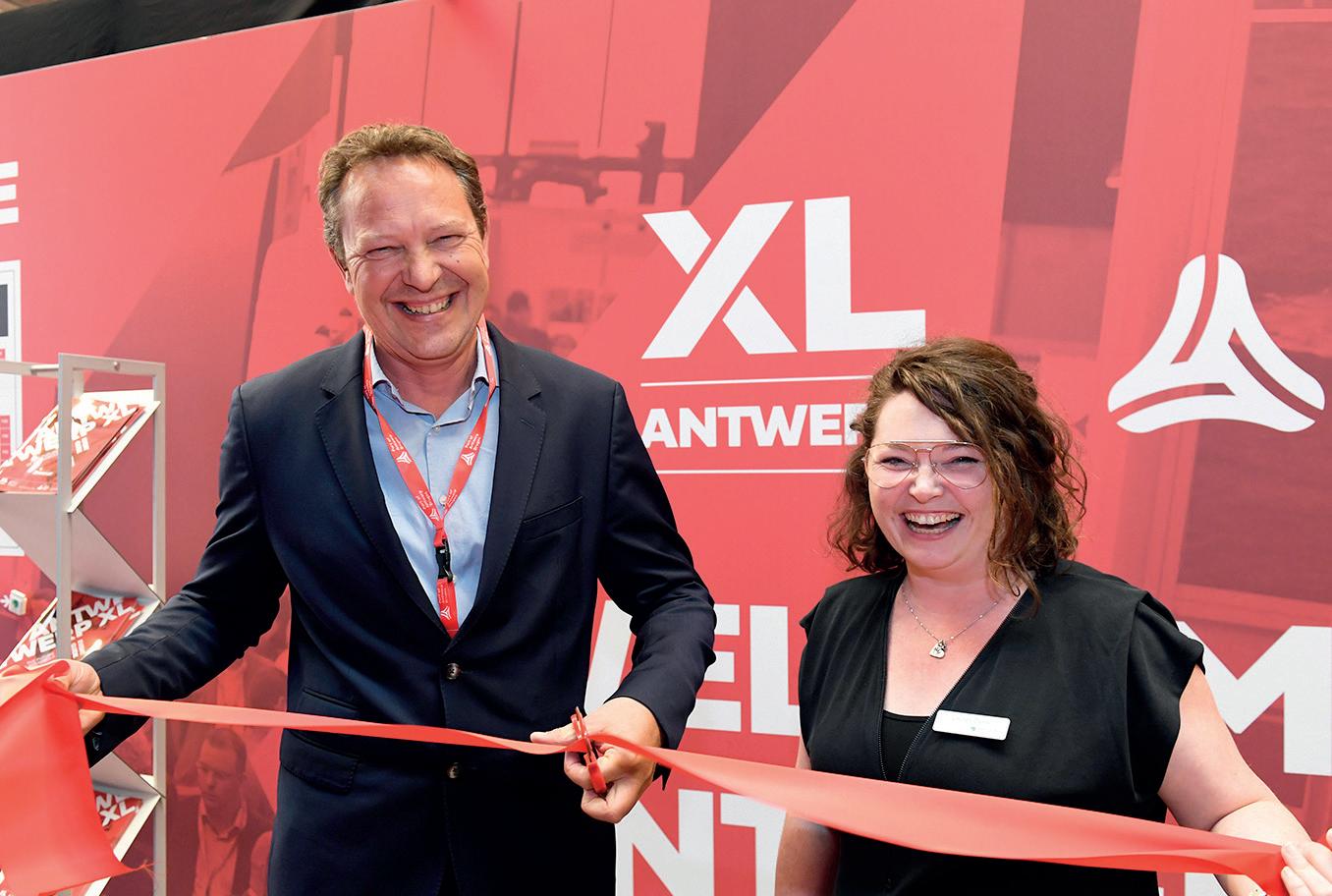
October
Supported ByNovember 2022
FIVE REASONS TO
SOURCE THOUSANDS OF PRODUCTS AND SERVICES
SPECIALISED INDUSTRY ZONES
INTERNATIONAL PERSPECTIVE
WITH THE RIGHT AUDIENCE
JOIN THE CONVERSATION TOWARDS ENERGY TRANSITION
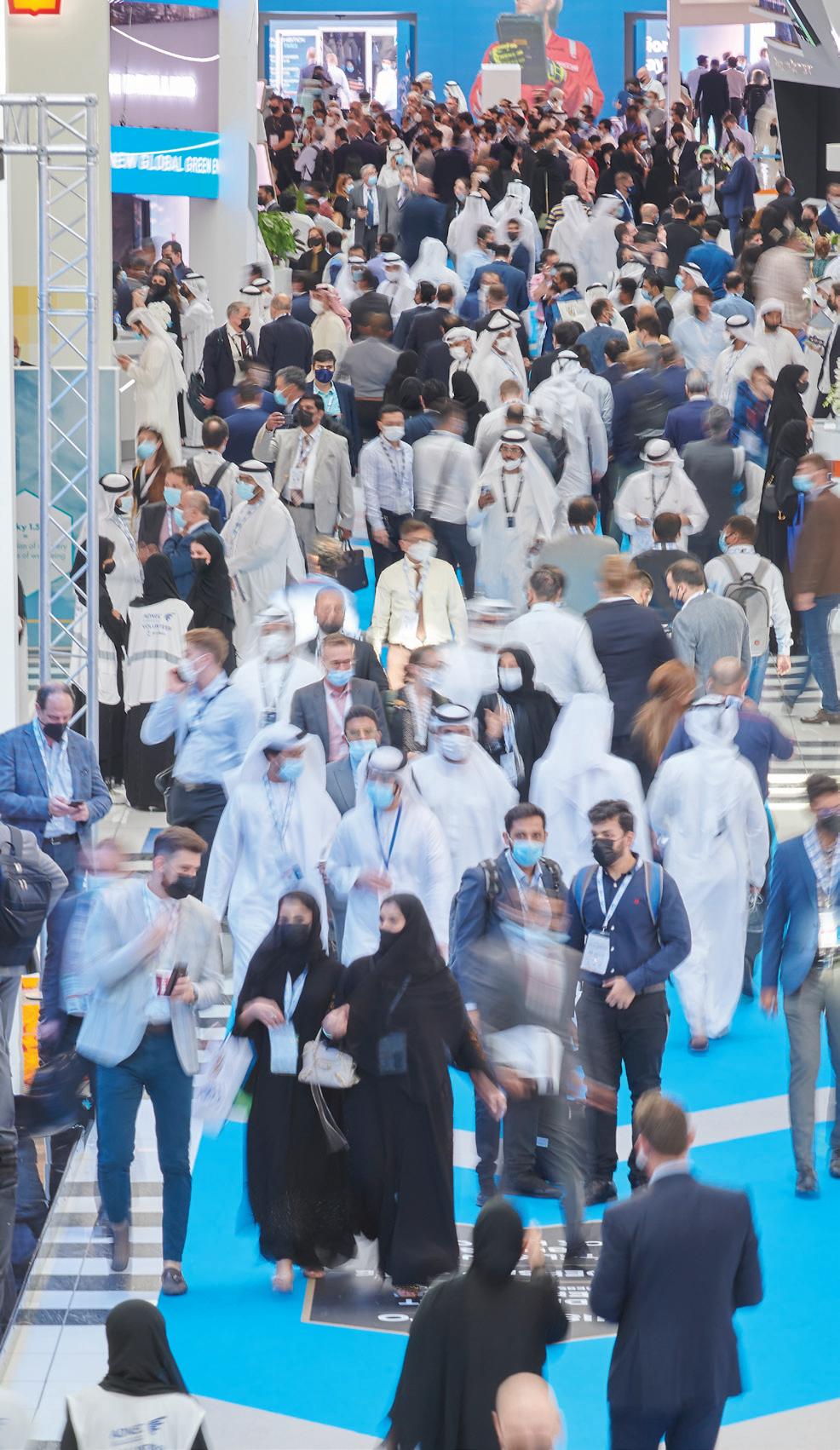
COLLABORATION IS THE NAME OF THE GAME
Tank Storage Magazine checks out the hot topics discussed at last month’s TSA Conference
THE 21ST EDITION of the Tank Storage Association (TSA) Conference 2022 took place in Coventry, UK this September. The conference is always a good opportunity to network with professionals in the industry, and this year’s was no exception. In fact, it was maxed out.
After chairman Peter McKay opened the conference, the first keynote speech came from Irina Patrahau, strategic analyst, and Michel Rademaker, deputy director, both from The Hague Centre for Strategic Studies. Patrahau first presented the Hague Centre’s analysis of how the European storage tank sector is set to evolve. Looking first at the situation today, with record energy prices, Patrahau explained how the Russian oil boycott has led to the global energy trade map being redrawn.
EUROPE’S ENERGY TRANSITION
As Europe moves away from Russian gas and oil, new producers are coming up. Patrahau suggests the new market players are likely to be countries in the MENA (Middle East and North Africa) region. While the Hague’s prediction to 2030 looks to be influenced by Europe, the outlook to 2050 tells a different story.
As the world weans itself off fossil fuels and the demand for renewables increases, countries in the southern hemisphere will come to the forefront of the energy market. This is partly due to the ready availability of solar and hydrogen – though efficient transportation and storage of these future fuels will require a radical infrastructure transformation.
Rademaker’s follow-up featured a Mentimeter for interactive audience

participation – very similar to his presentation at FETSA 2022. This was a good litmus test for understanding how the industry is feeling. The most common concerns over the proposed energy transition were time, cost and uncertainty, with many in the audience stating that the UK’s policies are unrealistic.
The takeaway from Rademaker’s Mentimeter session was that industry needs to come together to lobby the government and share ideas, but also that there should be more clarity on exactly what the legislation means and the timelines that are expected.
The overarching message from Rademaker was to be proactive. Tank professionals need to take a collaborative approach to engage policy makers and investors. ‘The energy transition won’t wait for you,’ he said.
HANDS-ON OPPORTUNITIES
Deb Pal, consultancy director from Stopford and World Fuel Services’ Director of Supply Operations EMEA Aviation, Daniel Brain, followed the interactive session. Each presented a report looking at the benefits and considerations for tank owners looking to decarbonise their products with sustainable aviation fuel (SAF).
Throughout the day, between talks on the climate emergency (Judy Proctor at the Environment Agency) and the government’s new health and safety regulations (Jane Lassey, HSE director of Chemicals, Explosives & Microbiological Hazards Division), there was time to network with companies showcasing a wide range of products and solutions.
Plus, there were plenty of robotics innovations on display for tank cleaning and inspection – and what conference is complete without a robotics test drive in the car park!
Dr Niall Ramsden talked about the work LastFire is doing to develop and promote fluorine-free firefighting foam –completed with vivid photos of test results and sobering reminder of what happens when firefighting goes wrong.
The day rounded off with an important conversation about mental health and wellbeing from Mandy Rutter, an independent consultant specialising in mental health, trauma, resilience and human aspects of business continuity.
Rutter’s presentation looked at both the mental and physical health of tank storage professionals and was a timely reminder to the industry to check in with employees.
Rutter also offered tangible support by reminding the audience of various services and helplines they can access.
ROLE FOR THE TSA
The TSA Conference was an excellent networking opportunity but also a reminder to industry that in order to successfully role out the transition to green energy, companies need to work together and share ideas. The role of TSA should be to facilitate that collaborative approach and educate the public, with the sector working as a single organisation.
For more information: www.tankstorage.org.uk
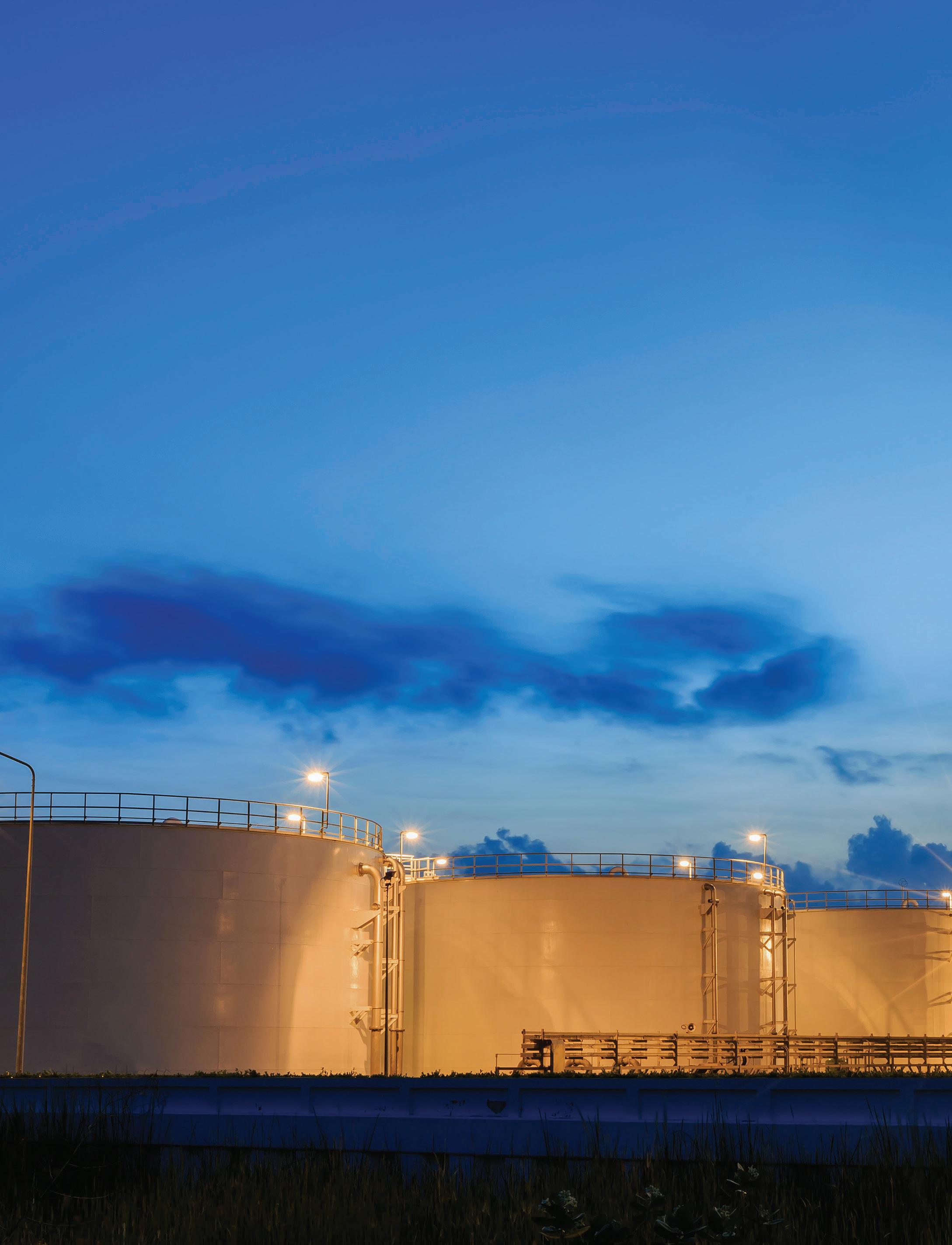


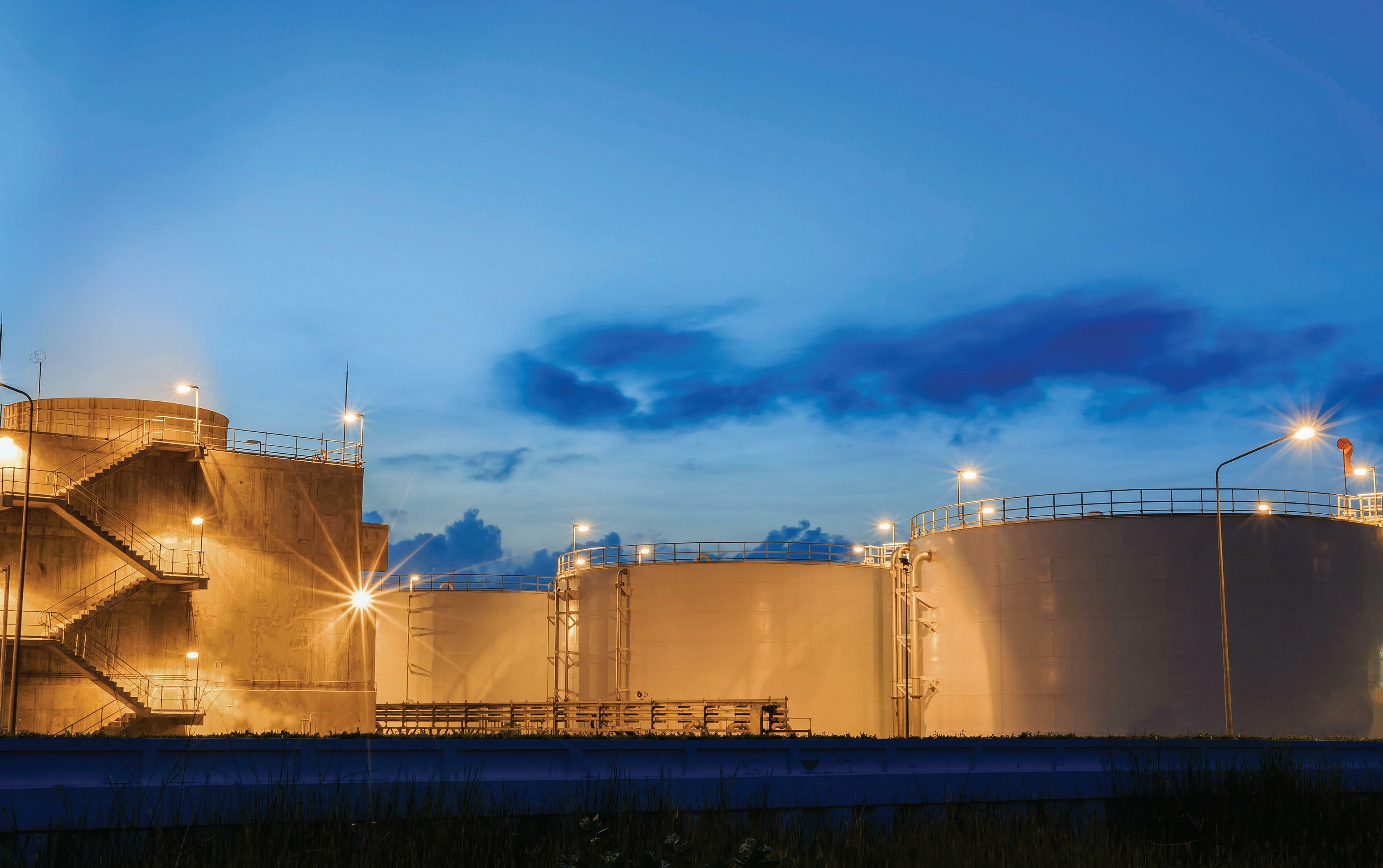

INSPECTION AND MAINTENANCE ROBOTICS
THE 2022 Sprint Robotics World Conference for Inspection and Maintenance Robotics was held at the Rai Centre in Amsterdam. Sprint Robotics promotes the development, availability and application of robotic techniques in technical inspections, operation and maintenance. This year showcased a wide variety of drones, robots and crawlers, all dedicated to helping the oil and gas industry. Over the two-day event, there was a diverse range of engaging talks from industry figures, technology demonstrations and the opportunity to try them out yourself.
THE EXHIBITORS
The hall was packed full of exhibitors, such as Flyability, demoing its Elios 3 and Rosen displaying its huge self-propelled robotic propulsion unit for pipeline inspection. Everyone was eager to discuss their products and engage with what their fellow innovators were up to. Speaking with exhibitors, many were keen to be part of Tank Storage Magazine’s innovation round up for 2022 (find out more next issue) and to self-nominate for the 2023 Global Tank Storage Awards. The awards feature a category dedicated to innovative technology, which highlights a technology/product or service that is revolutionising the tank terminal industry. Last year’s gold award winner, announced at StocExpo in Rotterdam, was Siemens AG. Entries are now open online on the Tank Storage Awards website.
THE SPEAKERS
A huge variety of talks and panels took place, with 24 talks each afternoon. On the first afternoon, Ziad Al Oqifi, capital planning engineer from Saudi Aramco, presented their new processes in thickness measurement within storage tanks. Currently, this process can take nine to 24 days from the time of notification to the time of closing the inspection. This costs both time and money. But with Saudi Aramco’s new advances in thermal mapping technology, this can be reduced to four days. At present, it has only been tested within water tanks, but future testing could see
it expanded across the whole of the tank storage industry.
The second day began with two keynote speakers. Ahmed Hussein from Shell discussed robotic machine vision for operations and how using ground robots can speed up refinery monitoring. Hussein openly spoke about the challenges of robot integration while praising the tech. By using a display of pictures taken by one of the robots he explained how, even though the robot is programmed to take a picture from the same spot each time, it can still have variables. These can lead to anomalies such as data imbalance and a lapse in quality. Although there has been great movement made within robotic-lead inspection, there is still a way to go.
A pitch contest took place on both days, giving exhibitors five minutes to present their company to the audience. This meant concise videos and presentations to get to the heart of what the company does. To name a few:
• Nobleo has created in-tank cleaners that help avoid taking tanks offline while cleaning takes place.
• IRISNDT has a bespoke crawler that carries NDT equipment with successful case studies across the UK and Canada.
• Scout Di offers fully digitised asset inspection using indoor drones. These are deployed through manways, creating a 3D map of assets while working.
NEW CONTENDERS
During an afternoon talk session called Storage Tanks, robot enabled data company, Applied Impact Robtics’ president, Joel Poe, held a talk regarding the inspection of crude oil tanks while in service. He explained that, currently, there is no solution for the inspection of the tank floor without human entry, which offlines the tanks. Applied Impact Robotics want to change this.
Poe highlighted the core concepts of their innovation: in-service inspection, operating within sludge using liquefication, counter rotating augers for propulsion,
integrated PAUT scanning and 360-degree range of motion for maneuvering.
Although, there is no physical product testing yet, Poe showed the audience the current roadmap of the product and he has hopes it will be ready for commercial use within the next 18 to 24 months. Alongside this, there are plans to collaborate with BP to aid with tank testing and deployment.
THE BIG IDEA
Throughout all the discussions and talks that took place at the Sprint Robotics World Conference, there was one main takeaway – safety of humans. Most ideas all came back to the same objective: the integration of robots within the workplace is to work towards an industry with zero human incidents.
Steve Smith, intelligent operations principle at BP made an interesting point in his talk on the reality of robotic integration. He said, when working with robots, you find yourself forming an attachment to them, you train them and programme them, they fulfil jobs for you and when an incident occurs that could harm or damage the robot you feel a sense of protection, almost reaching out to save them. But, ultimately, these innovations distance humans from danger and that is their purpose.
THE FUTURE OF SPRINT ROBOTICS
Catherine Reijans, marketing and communications lead at Sprint Robotics said: ‘We were thrilled to present the Sprint Robotics World Conference for Inspection and Maintenance Robotics after such a long hiatus. Witnessing the number of robotic technology providers and end users come together in one place was unique and exciting. The Sprint Robotics Collaborative is successfully creating acceleration for the uptake of inspection and maintenance robotics. We are looking forward to many in-person events in 2023!’
For more information: www.sprintrobotics.org www.awards.tankstoragemag.com
A variety of exhibitors and industry leaders got together to showcase the new and exciting developments in robotics

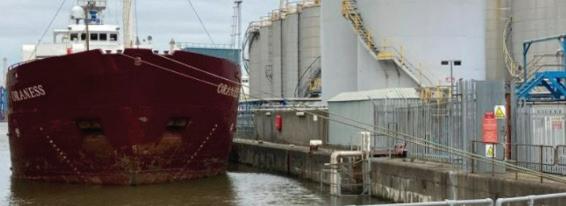

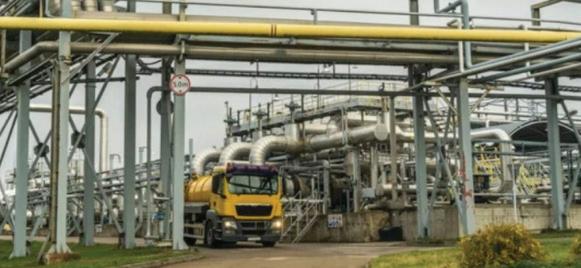
EVENTS 2022/23
Media Partner
HAZARDS 32 Harrogate, UK www.icheme.org/career/events/ hazards-32/
Media Partner
PETROCHEMICAL SUPPLY CHAIN & LOGISTICS USA Houston, Texas events.reutersevents.com/petchem/ supply-chain-usa
Official Media Partner
FLAT BOTTOM TANKS Munich, Germany www.tuvsud.com
Media Partner
EEMUA STORAGE TANKS SEMINAR Chester, UK https://www.eemua.org/tni/Calendar/ Events/2022/Nov/EEMUA-StorageSeminar-22.apsx
Official Publication
GLOBAL TANK STORAGE AWARDS
Rotterdam, The Netherlands
The Global Tank Storage Awards are designed to highlight those that excel in a range of different categories relating to terminal achievements, equipment innovations, ports and individual accomplishments. www.tankstoragemag.com/awards
Media Partner
ASIAN REFINING TECHNOLOGY CONFERENCE
+ ASIAN DOWNSTREAM SUMMIT Singapore www.asiandownstreaminsights.com/ events/
Media Partner
NISTM WOODLANDS The Woodlands, Texas www.nistm.org
Media Partner
ADIPEC
Abu Dhabi, United Arab Emirates www.adipec.com
Media Partner
EEMUA CONFERENCE Kenilworth, UK https://www.eemua.org/tni/Calendar/ Events/2023/Mar/Conference-2023.aspx
Media Partner
NISTM ORLANDO Orlando, Florida www.nistm.org
Media Partner
CHEMUK 2023 EXPO Birmingham, UK https://www.chemicalukexpo.com

Silver Sponsor
ILTA INTERNATIONAL OPERATING CONFERENCE & TRADE SHOW Houston, Texas www.ilta.org
Media Partner
EEMUA SUBSEA ENGINEERING: MATERIALS SELECTION AND CORROSION CONTROL COURSE Online www.eemua.org/tni/Calendar/ Subsea/2022/UK/Oct/Subseaengineering-Oct-2022.aspx
Official Publication
STOCEXPO
Official Media Partner
VI MED HUB DAY Tarragona, Spain www.hubdaytarragona.com
Rotterdam, The Netherlands Thought leaders from across the world will gather alongside exhibitors and visitors to discuss the future of the bulk storage industry. Tank Storage Magazine is the Official Publication for this event and is exclusively distributed in all delegate bags & to all visitors as they enter the show. www.stocexpo.com
Media Partner
ANTWERPXL
Anterp, Belgium www.antwerpxl.com

